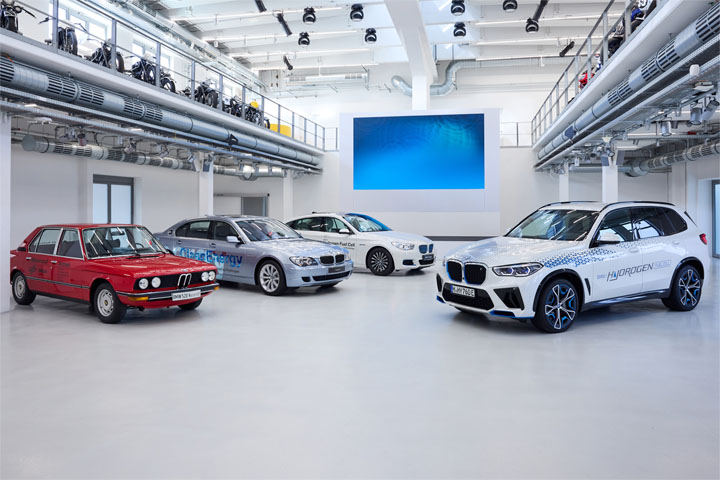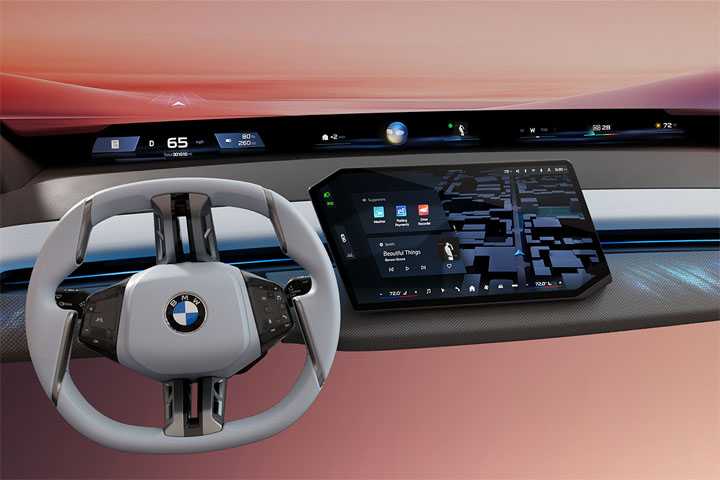The history of the BMW Group reaches back to 1916. Today, the four brands BMW, MINI, Rolls-Royce, and BMW Motorrad make the BMW Group one of the world’s leading premium suppliers of automobiles, motorcycles, as well as mobility services. Since the beginning of its history, the company has kept its sight firmly set on the future and has consequently put sustainability and efficient resource management into the centre of its strategy. Learn more about the history and historical focus of the BMW Group.
1916 – Establishment of BMW.
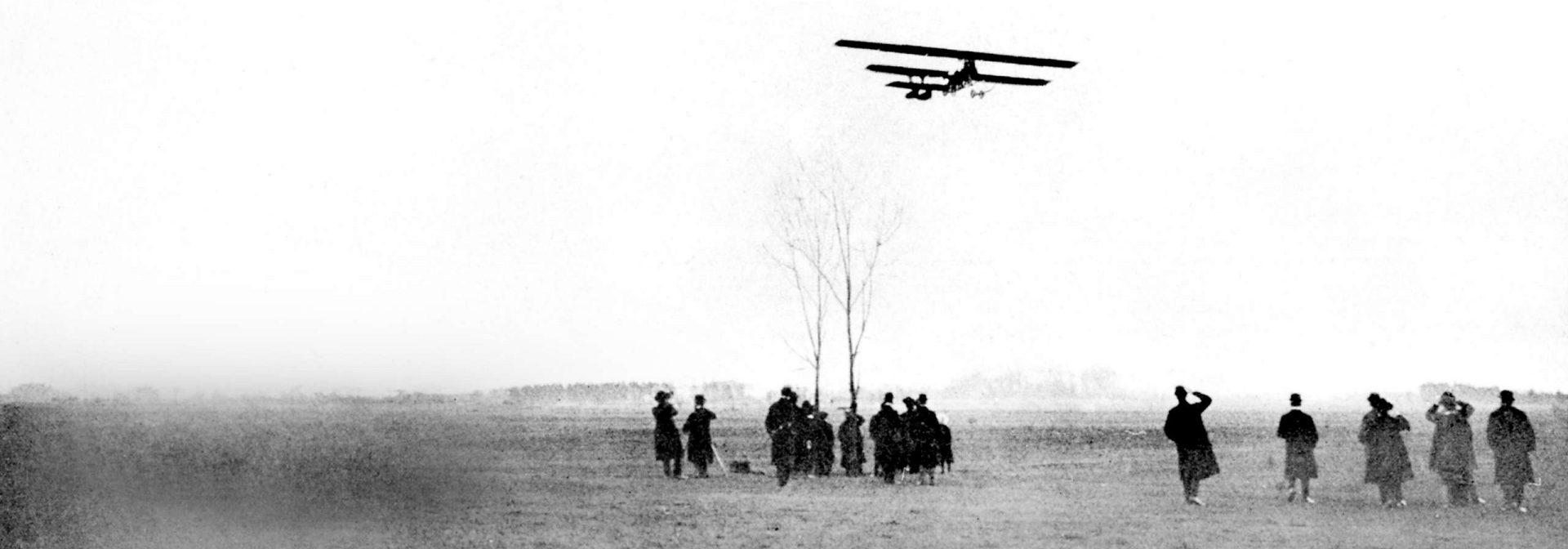
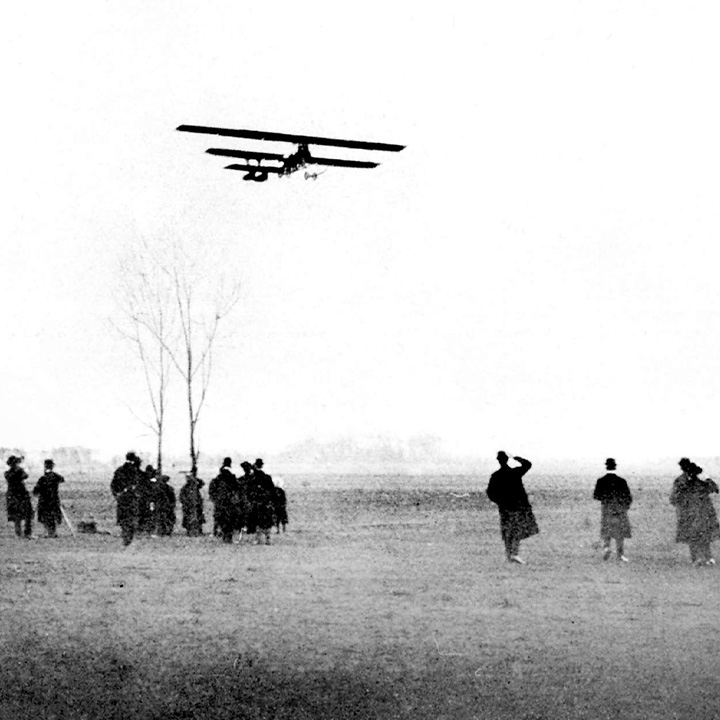
BMW can trace its roots back to Karl Rapp and Gustav Otto. In 1916, the Flugmaschinenfabrik Gustav Otto company had merged into Bayerische Flugzeug-Werke AG (BFW) at government behest. Elsewhere, in 1917, the Rapp Motorenwerke company became Bayerische Motoren Werke GmbH, which was duly converted into an AG (public limited company) in 1918. BMW AG subsequently transferred its engine construction operations – including the company and brand names – to BFW in 1922. The date of BFW’s founding, 7 March 1916, has therefore gone down in history as the foundation date of Bayerische Motoren Werke AG.
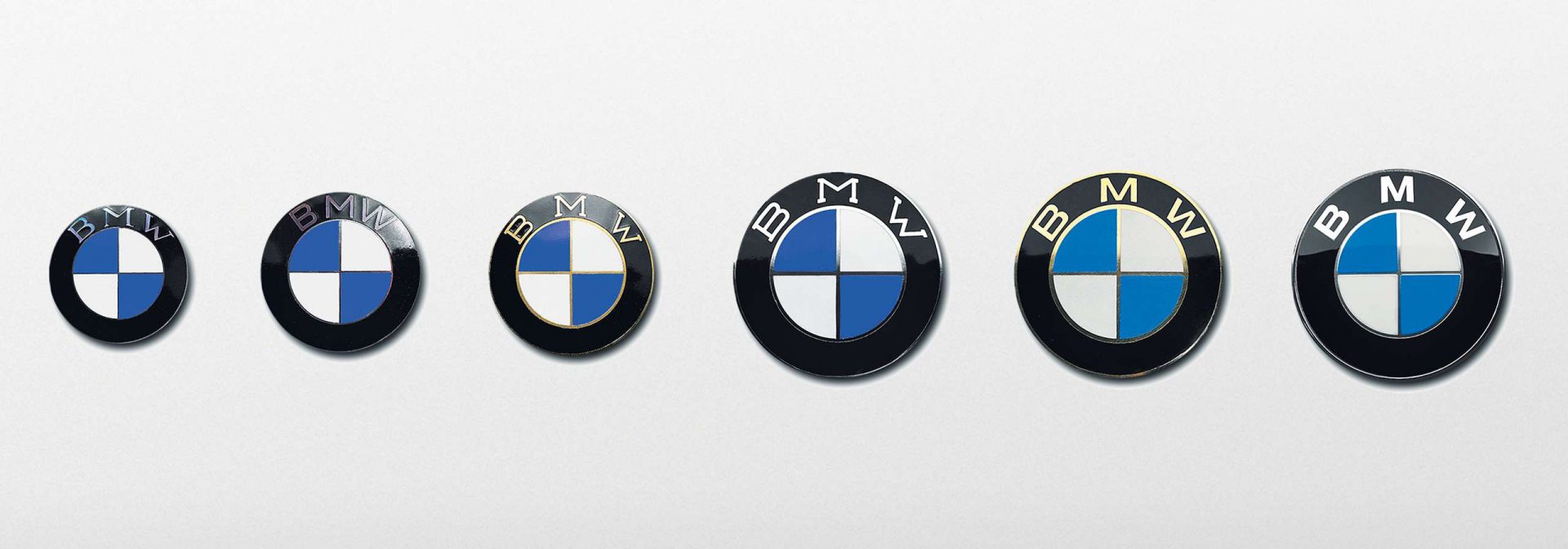
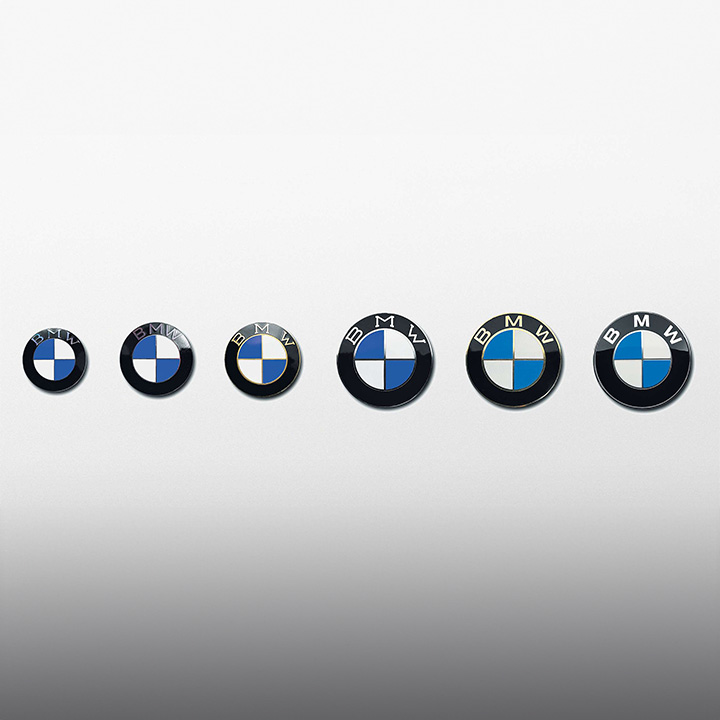
From 1917, each of the company’s products proudly displayed the BMW emblem, which incorporates the Bavarian state colours. At the end of the 1920s, the emblem made its first appearance in the company’s advertising as a rotating propeller – in a form that has been regularly reinterpreted since.
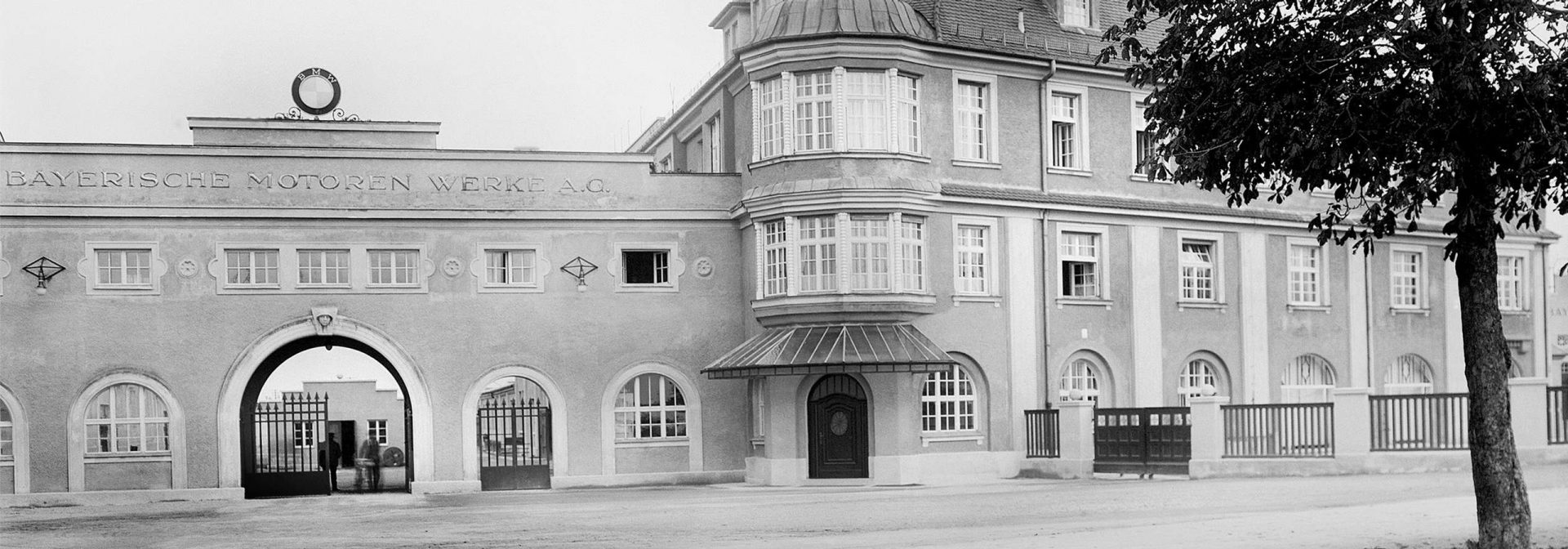
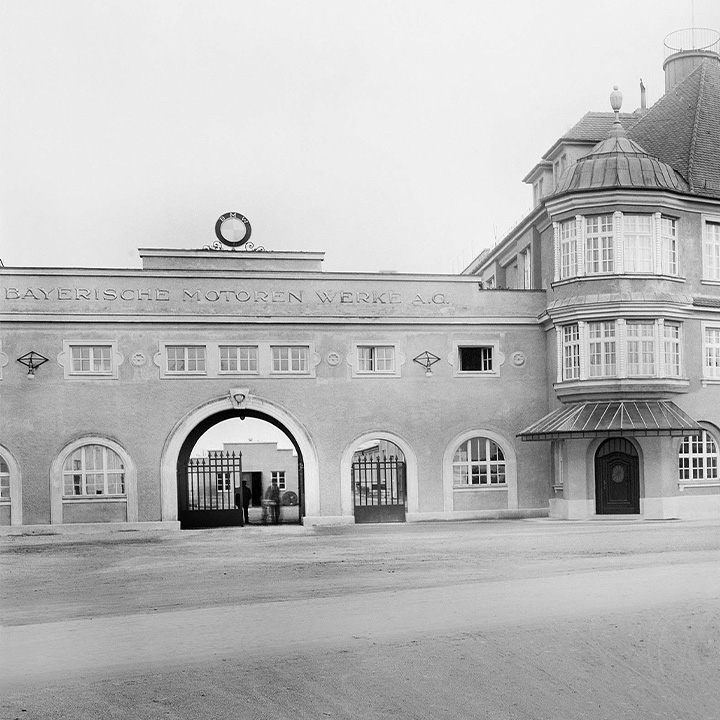
After the end of the war, railway brakes and inboard engines were manufactured following the prohibition on the production of aero-engines. After the company was sold to Knorr Bremse AG in 1920, financier Camillo Castiglioni acquired engine production along with the workforce and production facilities, the company name and the blue and white logo. He then transferred everything to “Bayerische Flugzeuge-Werke AG” (BFW). That same year the company relocated to the production facilities of BFW at Munich’s Oberwiesenfeld airfield. The main plant and the headquarters of the BMW Group are still at this location today.
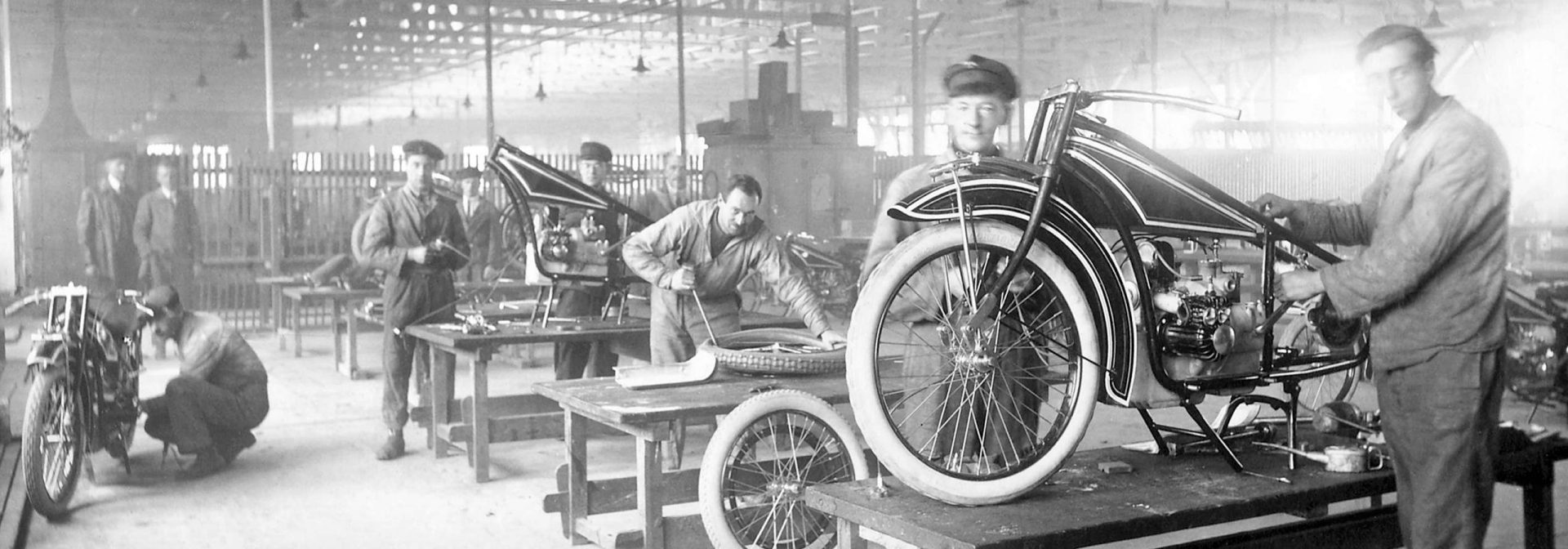
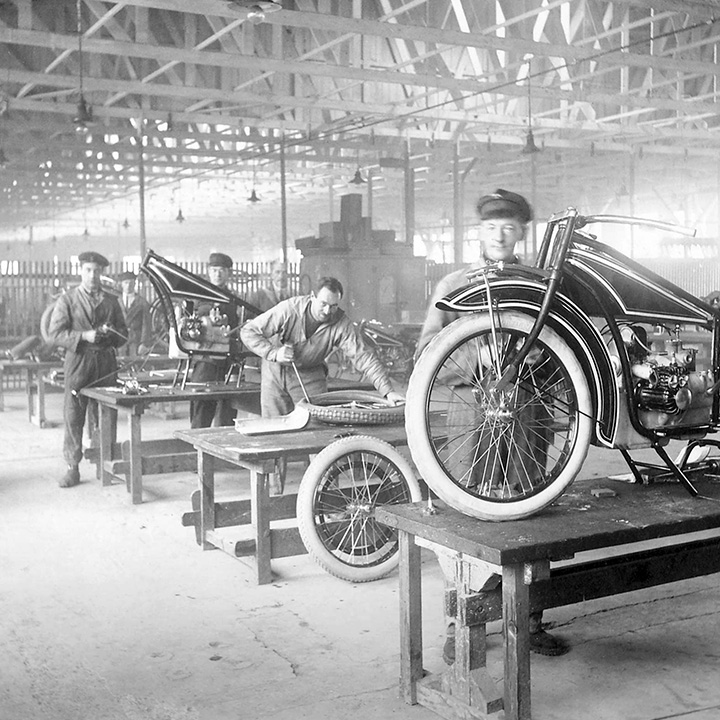
The success story of BMW motorcycles started at the Berlin Motor Show in 1923. The aero-engine manufacturer presented its first motorcycle with the BMW R 32. The quality of the machine was a major factor for success. All the parts likely to need repair were encapsulated and the drive shaft was easier to service than standard chains or belts. The Boxer engine with cylinders mounted transverse to the direction of motion remains a characteristic feature of BMW motorcycles to this day, alongside the cardan shaft. The very successful overall design of the R 32 was penned by Max Friz and is regarded as a milestone in motorcycle history.
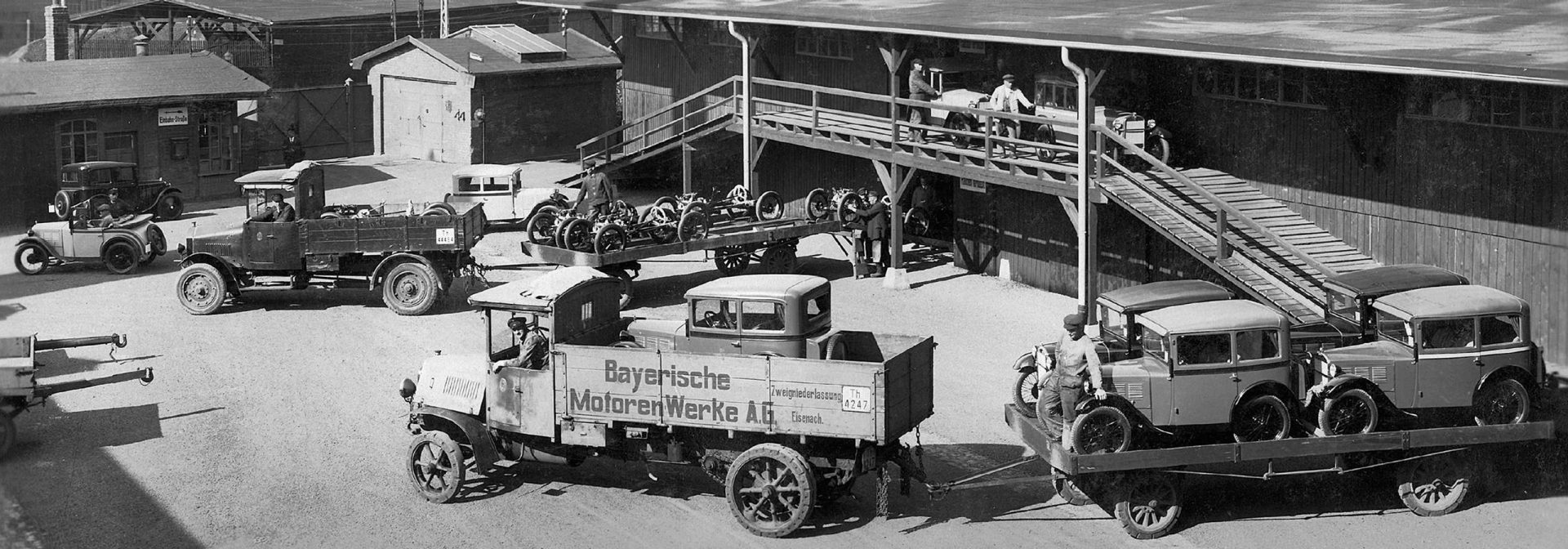
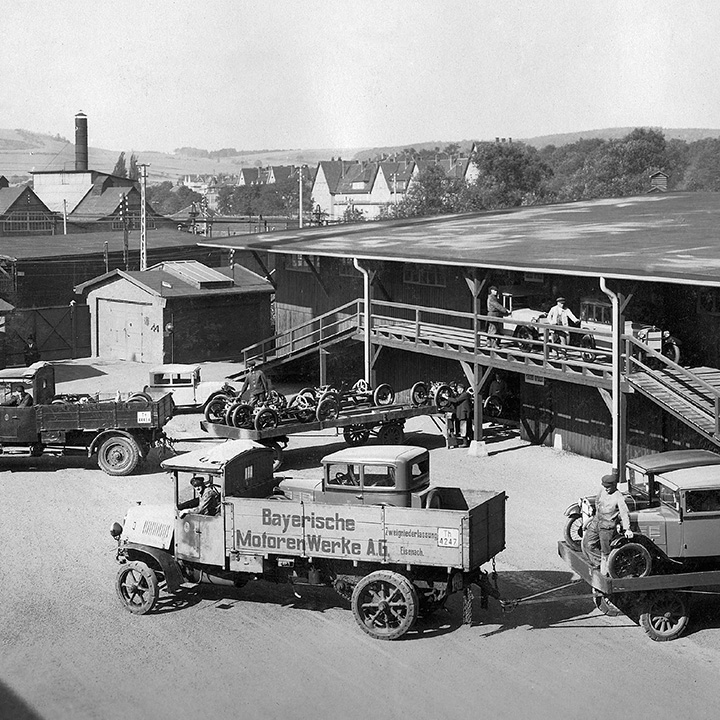
BMW became an automobile manufacturer in 1928 by purchasing the company known as Fahrzeugfabrik Eisenach. Until the Second World War broke out, all BMW cars were made at this plant in the Thuringia region of Germany. The first BMW small car was built under licence from the Austin Motor Company in 1929, but was superseded by the company's own designs in 1932.
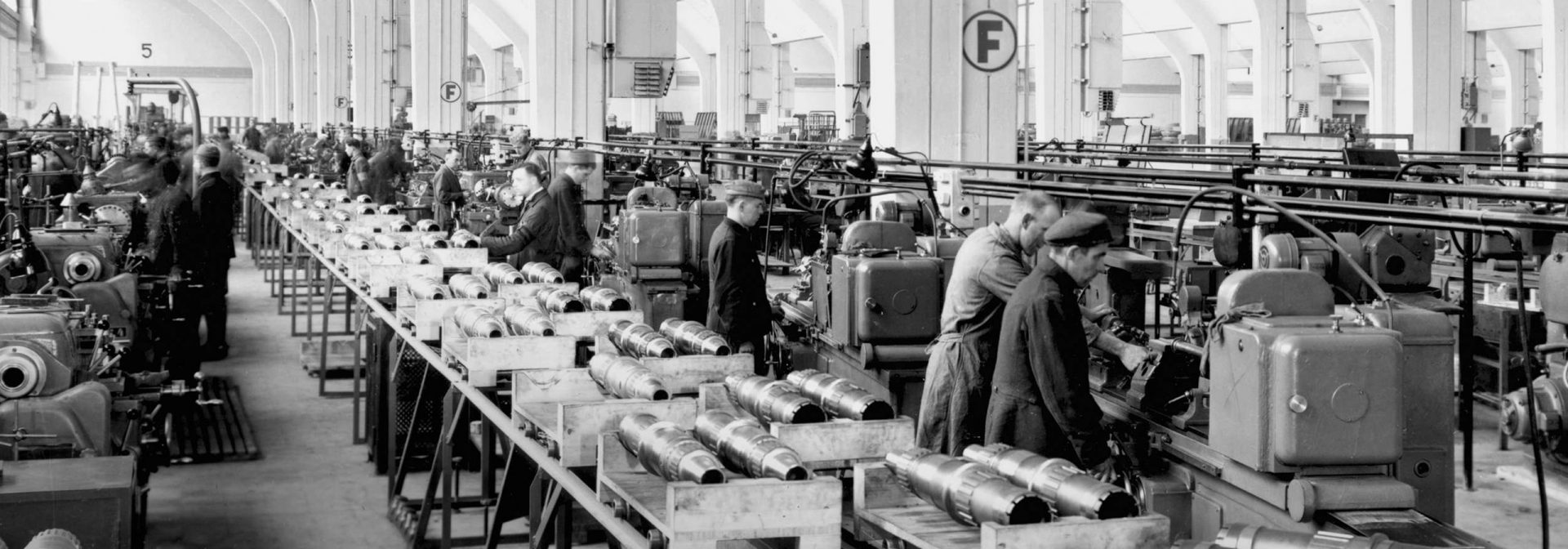
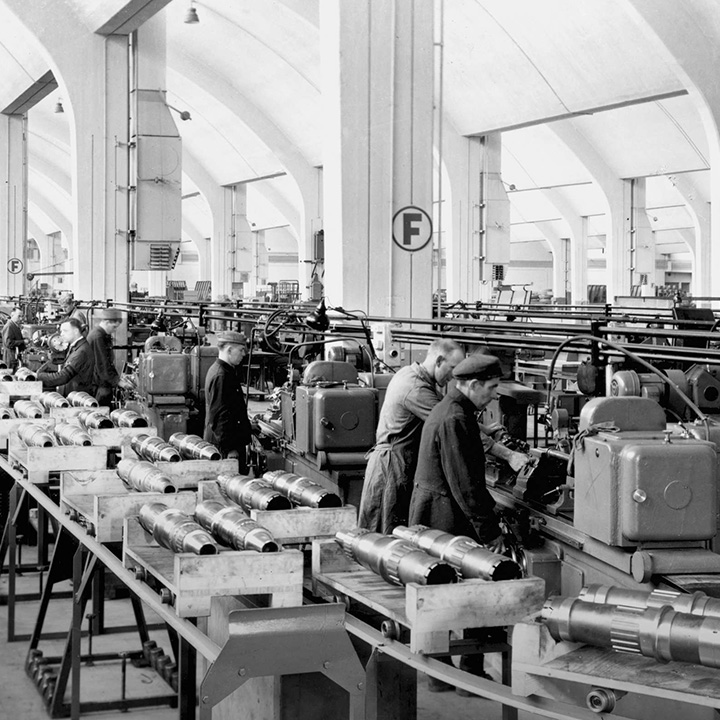
During the era of National Socialism, BMW underwent a transformation from a mobility company to an armaments firm and became one of the most important enterprises operating in the German war economy. The production of motorcycles and automobiles continued but the aero-engine business line contributed the lion’s share of the company’s sales. New sites were developed and production was massively ramped up to meet the demand for armaments.
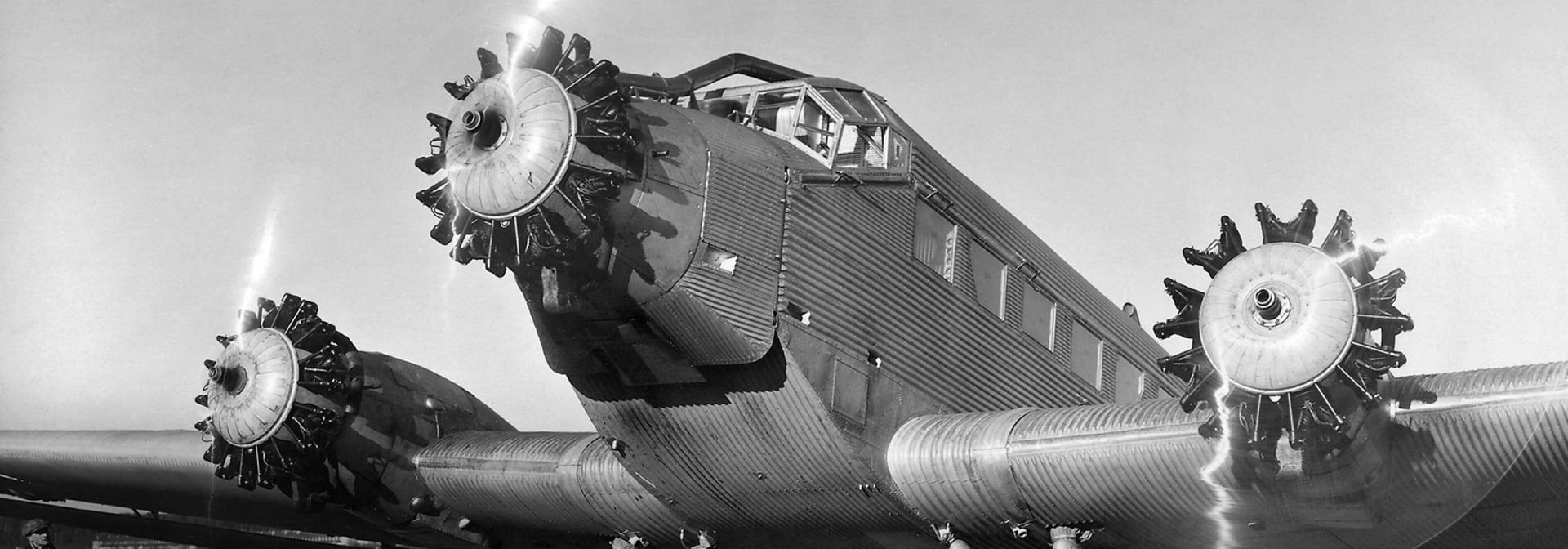
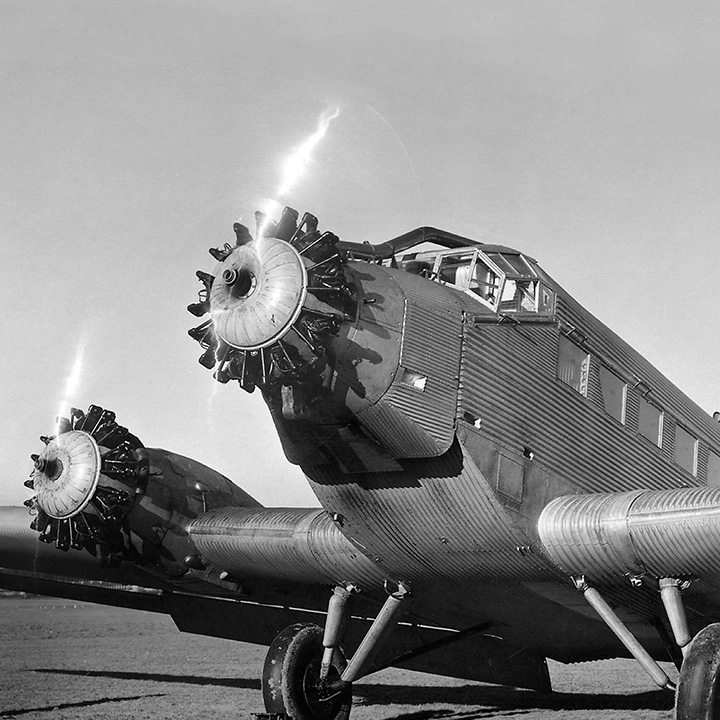
Starting in 1933, aircraft construction in Germany received substantial financial support from the government. In 1934, BMW AG outsourced its aero-engine division to BMW Flugmotorenbau GmbH. Two years later, Flugmotorenfabrik Eisenach GmbH was jointly established by the AG (public limited company) and the GmbH (private limited company) and the letters BMW were included in the name in 1939.
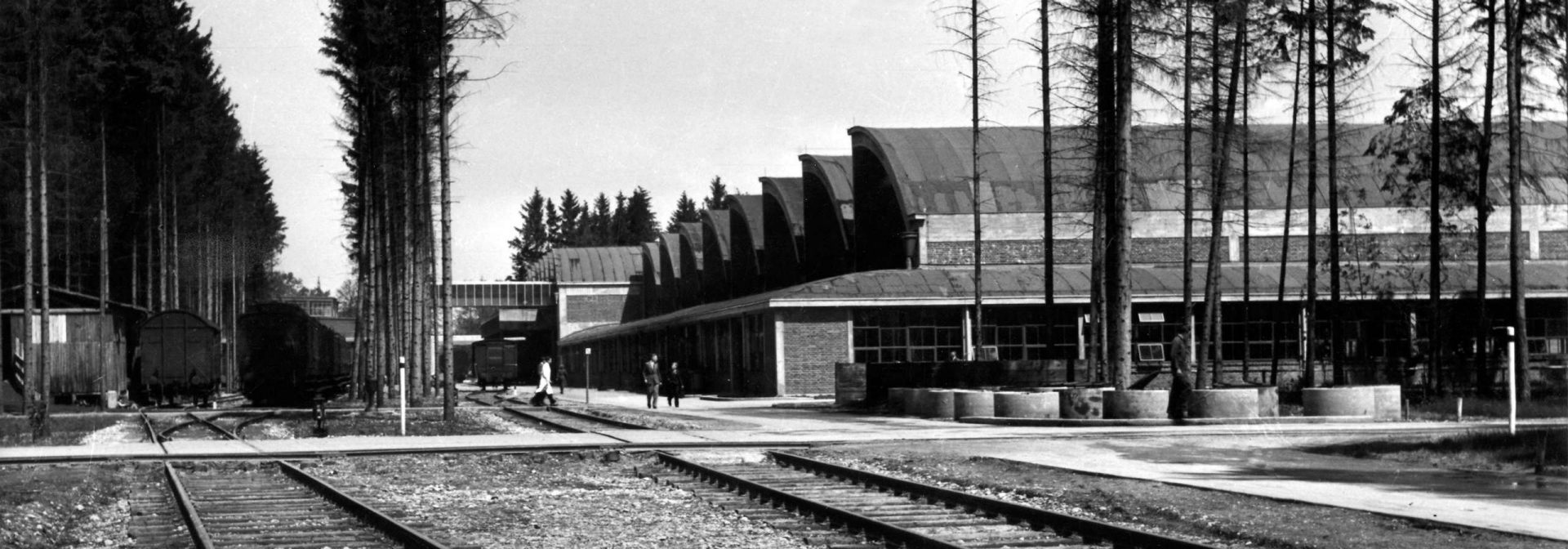
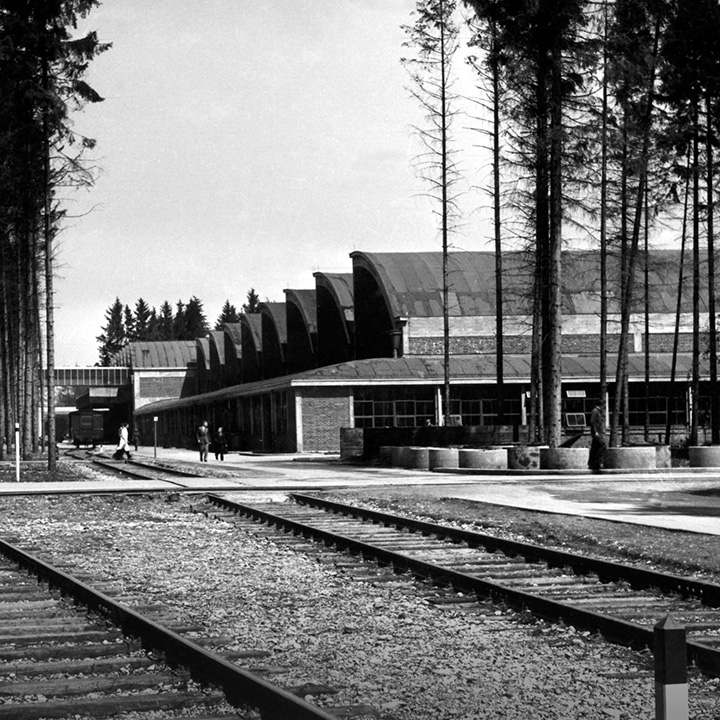
BMW AG and BMW Flugmotorenbau GmbH established Flugmotorenfabrik Allach GmbH. Just one year later, they assigned their shares to Luftfahrtkontor GmbH Berlin, which secretly subsidised the BMW Plant Allach near Munich with government funding. By 1941, the plant had been significantly expanded for industrial production of aircraft engines.
Brandenburgische Motorenwerke GmbH (Bramo) in Berlin-Spandau, previously Siemens Apparate- und Maschinenbau GmbH, and BMW merged development of air-cooled aero-engines. One year later, shortly before the start of the Second World War, BMW took over Bramo and integrated the Spandau Plant as BMW Flugmotorenwerke Brandenburg GmbH into BMW AG.
1945 – Reconstruction difficulties.
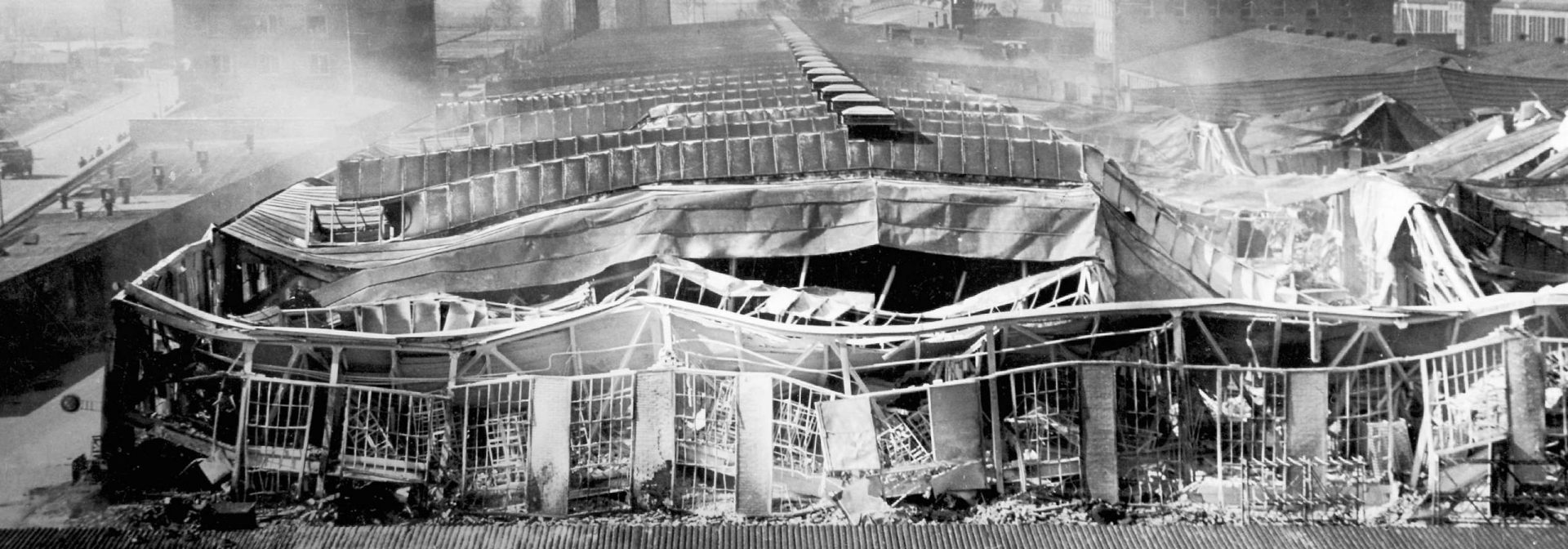
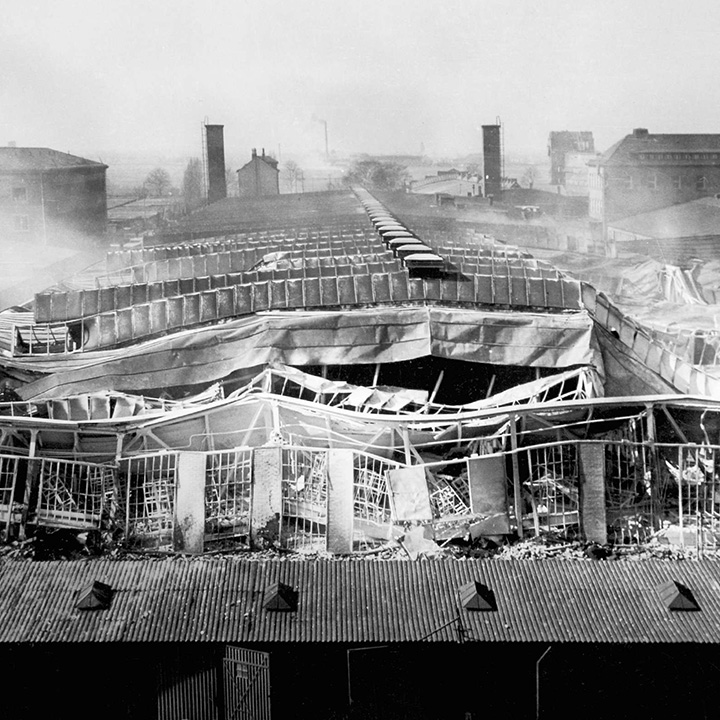
After the Second World War, allied soldiers requisitioned and occupied the BMW plants. Since BMW had been classified as an armaments company, machines and tools were dismantled. From 1945 onwards “stopgap” production, mainly of household appliances, was started in Milbertshofen - as was also the case at the Berlin plant.
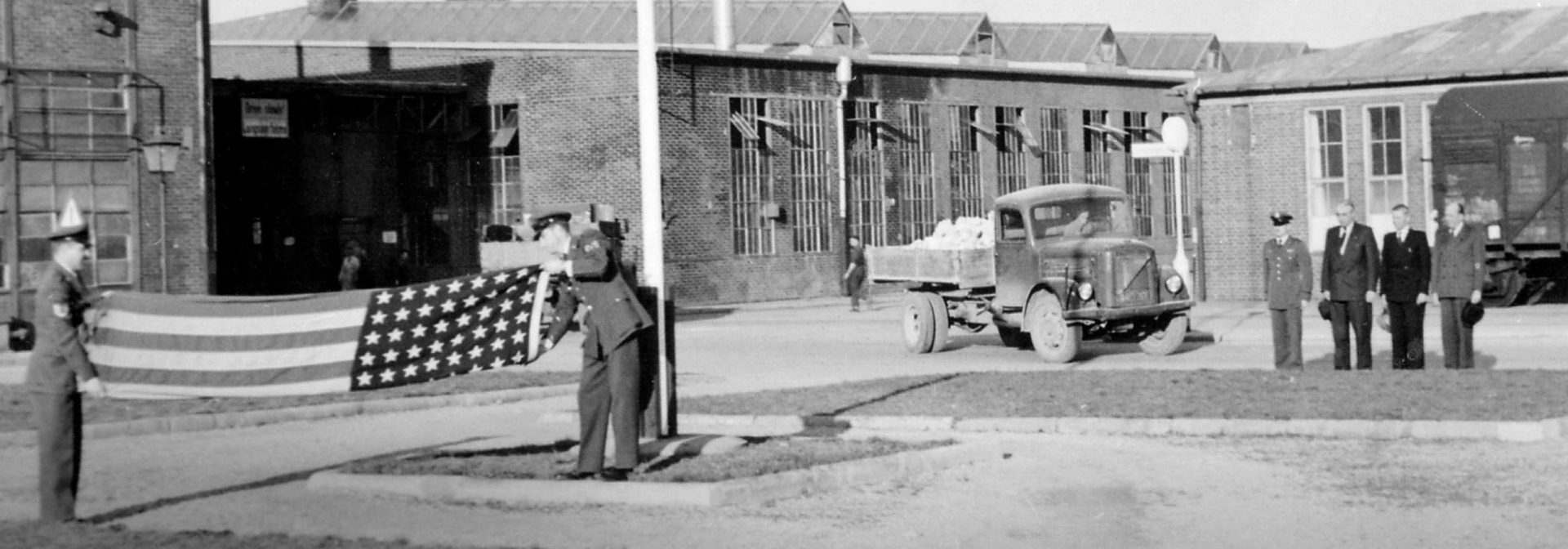
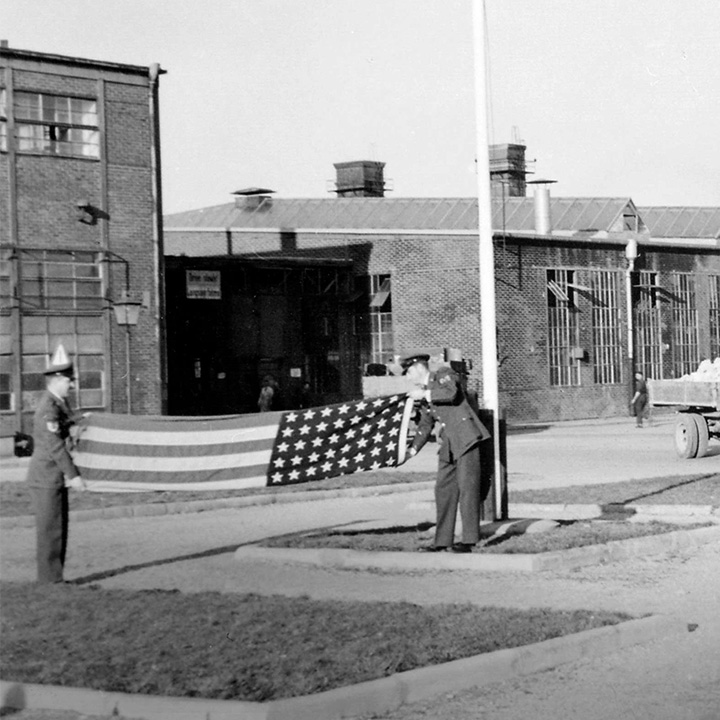
In October 1945, the US military government ordered the BMW plants in Munich and Allach to be dismantled. This meant that BMW lost the power of disposal over its assets until 1949; in Allach, this loss of control in fact lasted until 1955. A large proportion of the intact machines were dismantled at the Munich-Milbertshofen plant and shipped all over the world as reparations.
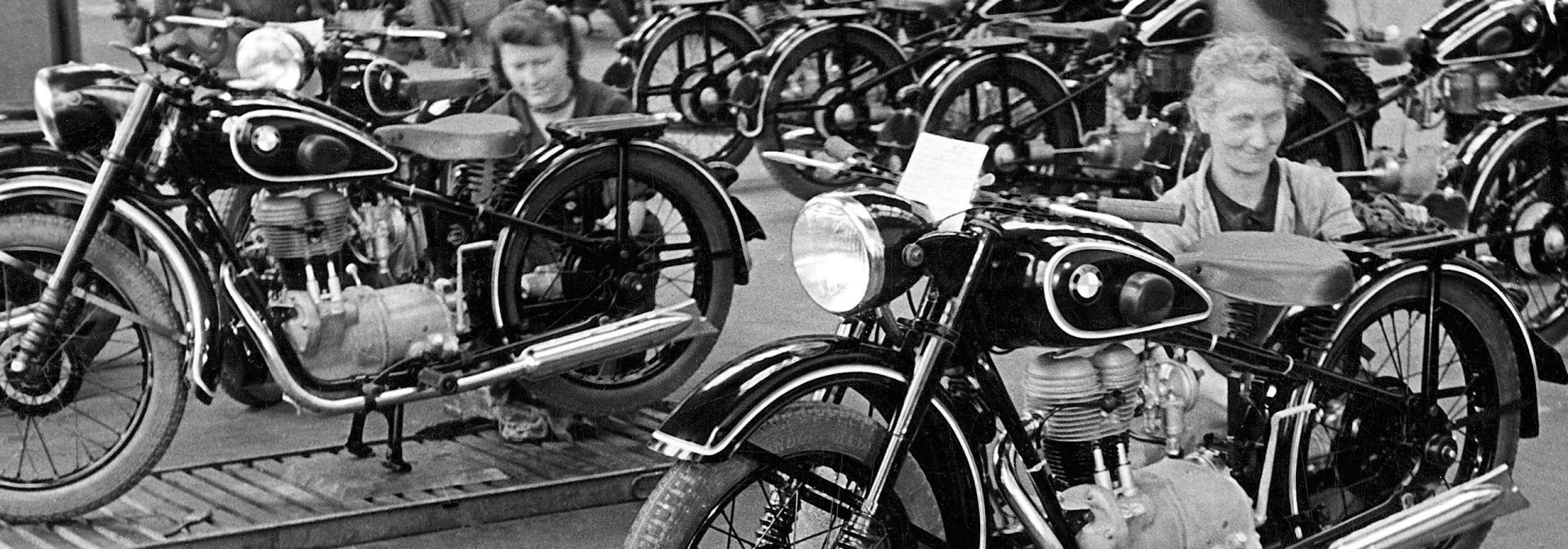
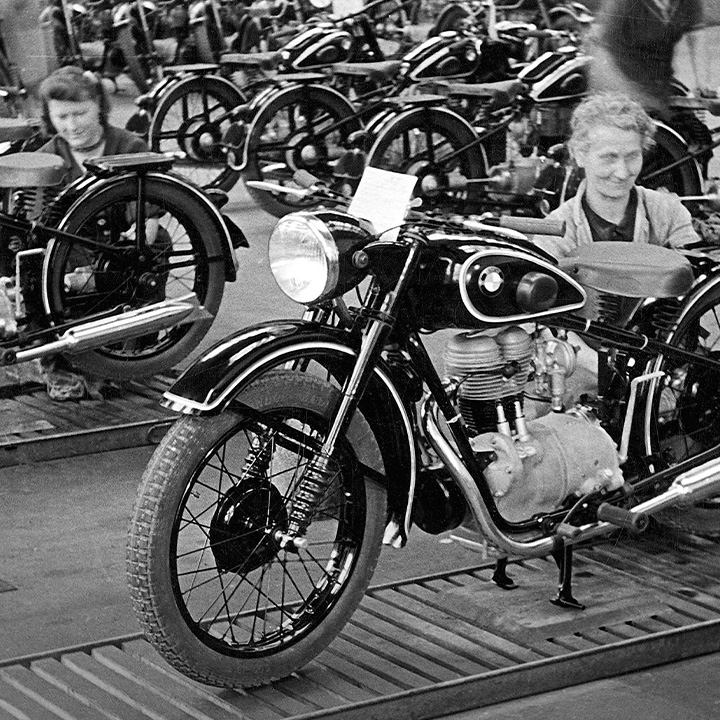
The first BMW vehicle to take to the road after 1945 was the R 24 motorcycle, introduced in March 1948, an enhanced version of the pre-war R 23 model. Shortages of materials and machinery delayed series production until December 1948, but the sales success of the R 24 then exceeded all expectations, and 9,144 were sold in 1949 alone.
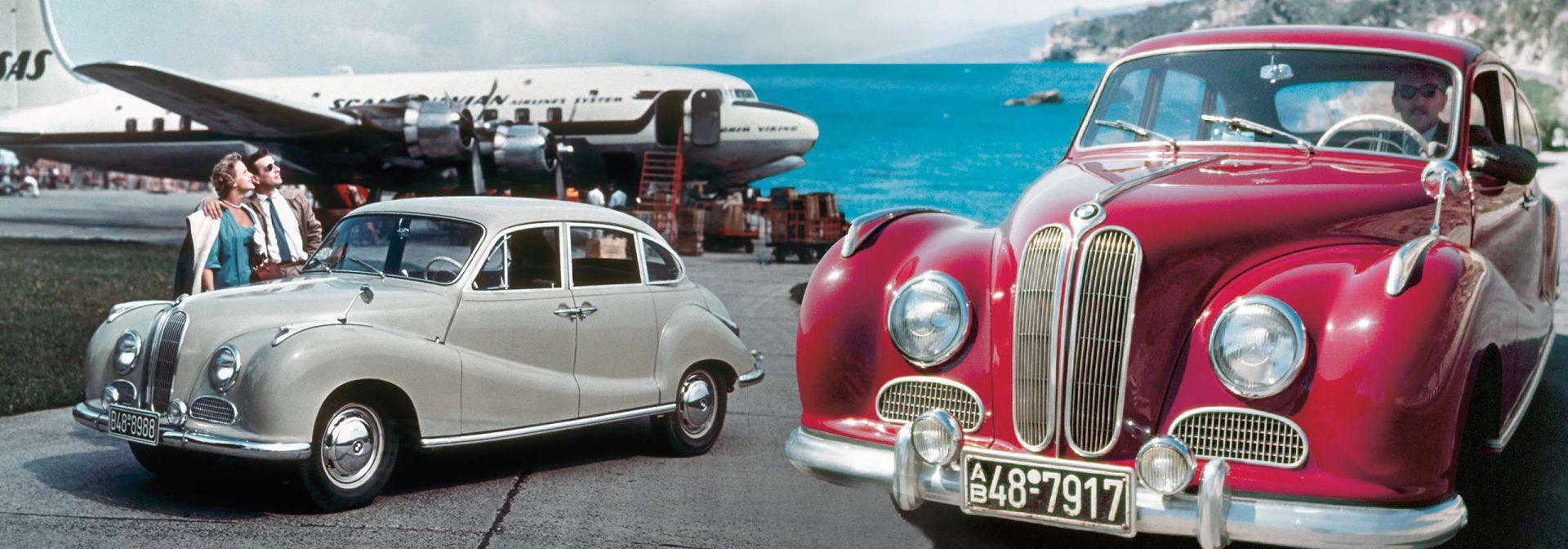
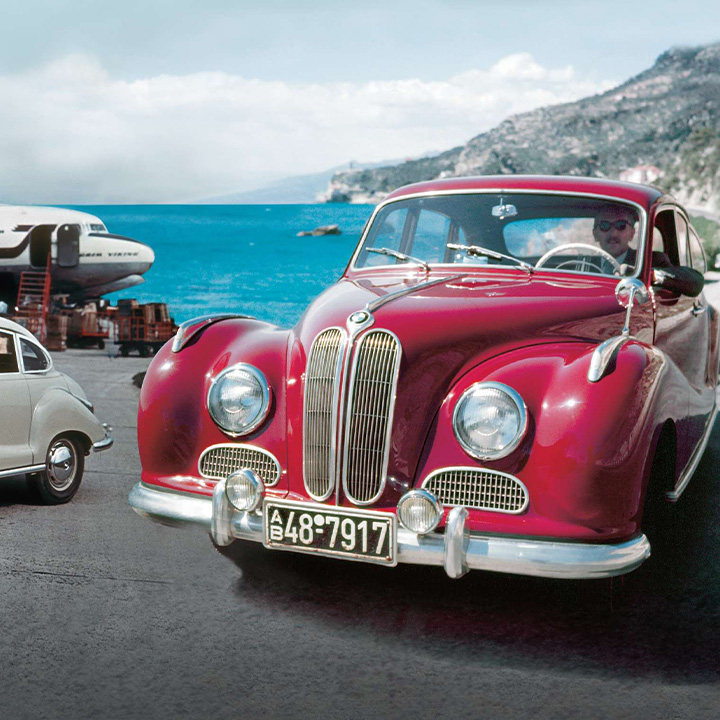
BMW's first post-war automobile was the 501, built from 1952 onwards. A large saloon capable of seating up to six people, it was powered by an enhanced version of the six-cylinder engine used in the pre-war BMW 326. As a luxury car, the BMW 501 was not a commercial success, but it nevertheless restored BMW's status as a manufacturer of high-quality, technically exciting cars.
1959 – BMW remains independent.
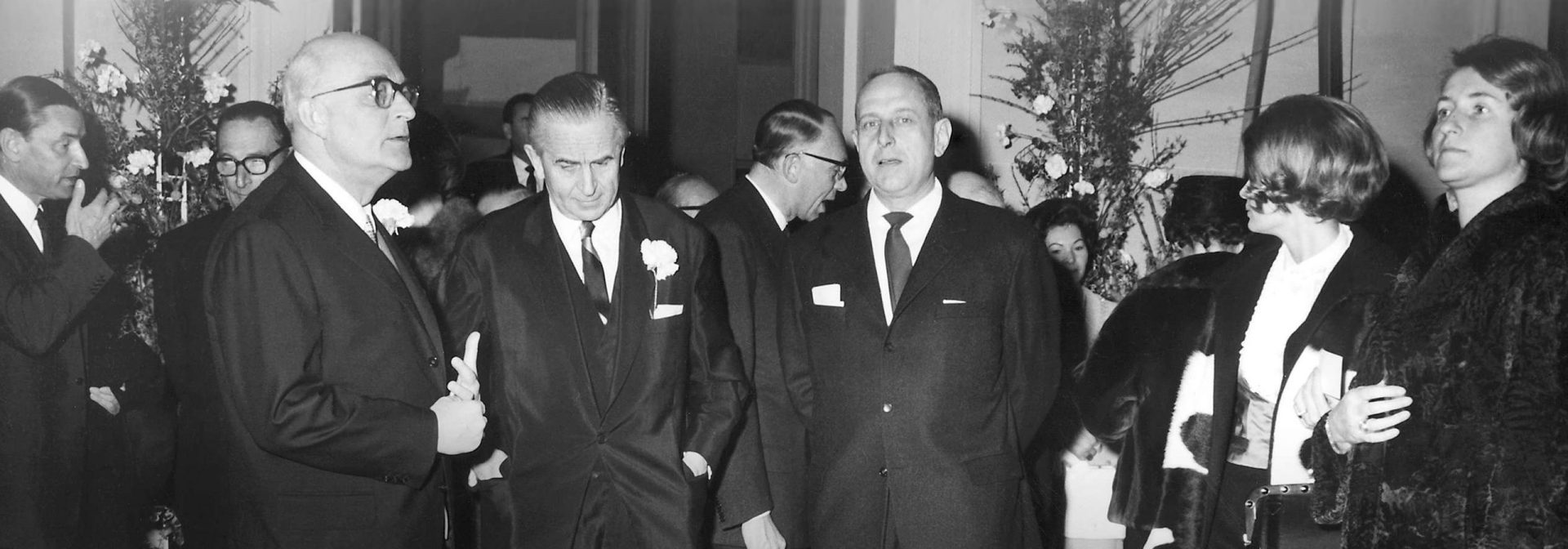
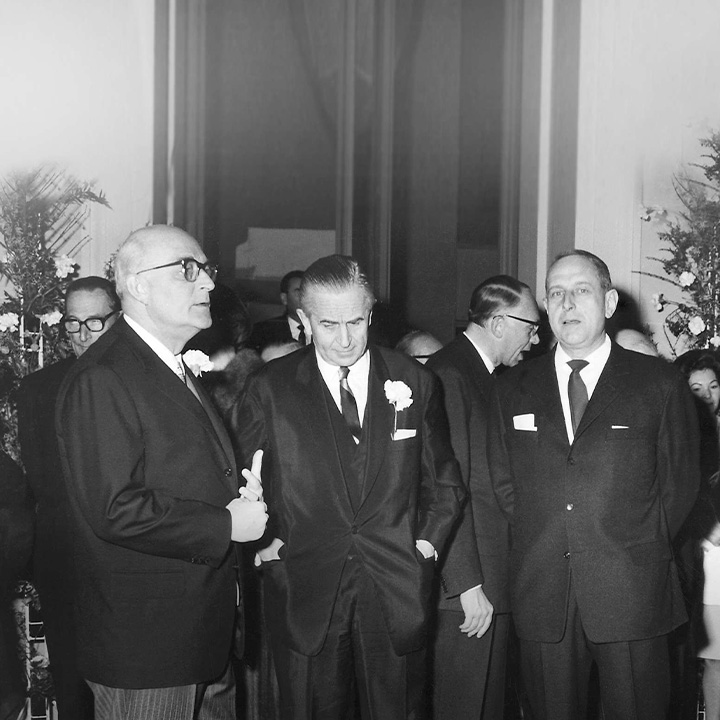
As the 1950s progressed, the position of the company became increasingly precarious. In late 1959, Daimler-Benz submitted a restructuring offer for BMW subject to a time limit for acceptance. But small shareholders and the workforce rejected this offer at the Annual General Meeting held on 9 December. Their perseverance and his confidence in the BMW 700 motivated Herbert Quandt to expand his package of shares. After the government provided some temporary financial assistance, BMW was restructured under Quandt’s management in the following year.
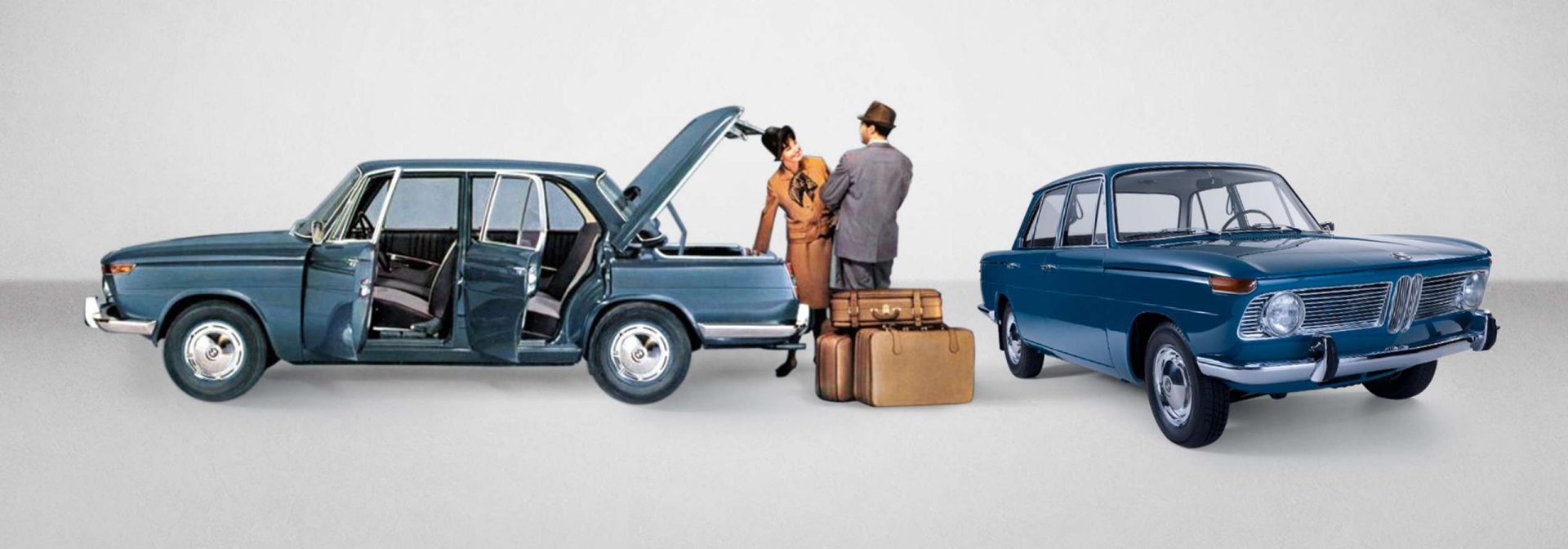
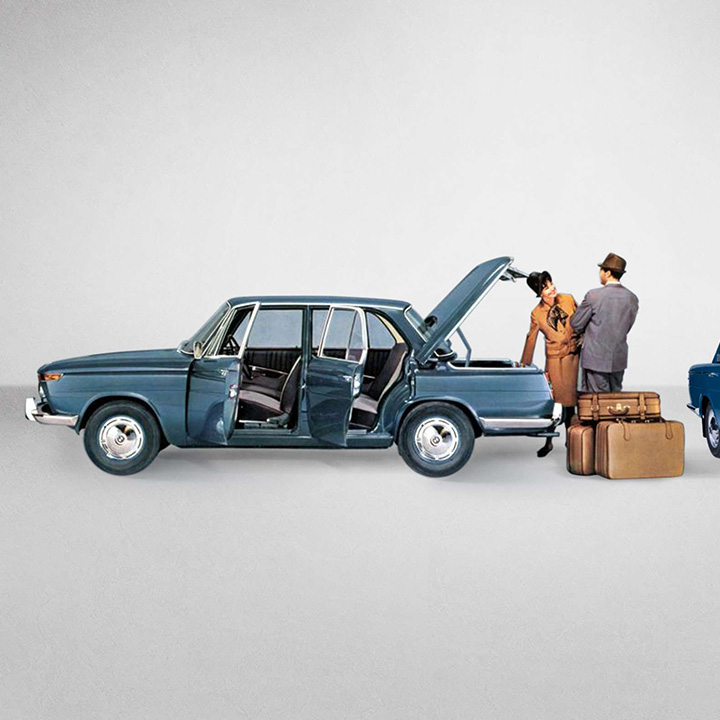
BMW presented the 1500 model at the 1961 Frankfurt Motor Show, and with it, fills a gap in the market. This was the model that re-established BMW as a successful, modern carmaker. The design of the compact, sporty four-door middle-class sedan immediately generates excitement, and orders far exceed production capacities.
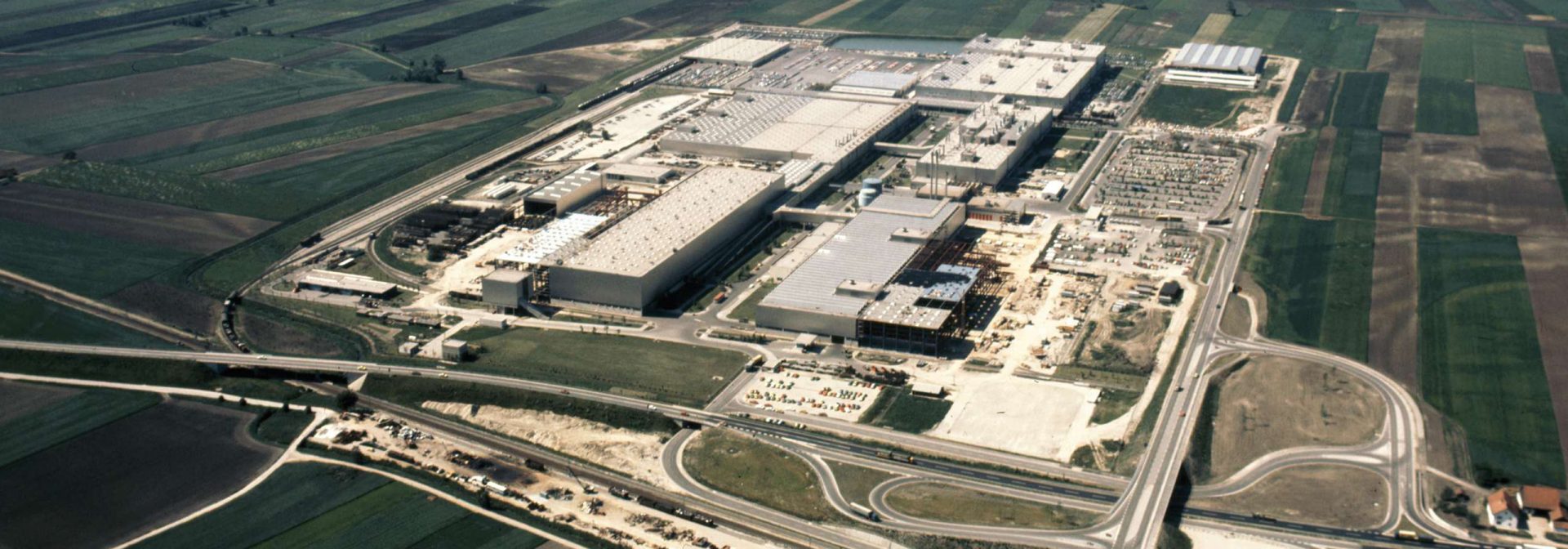
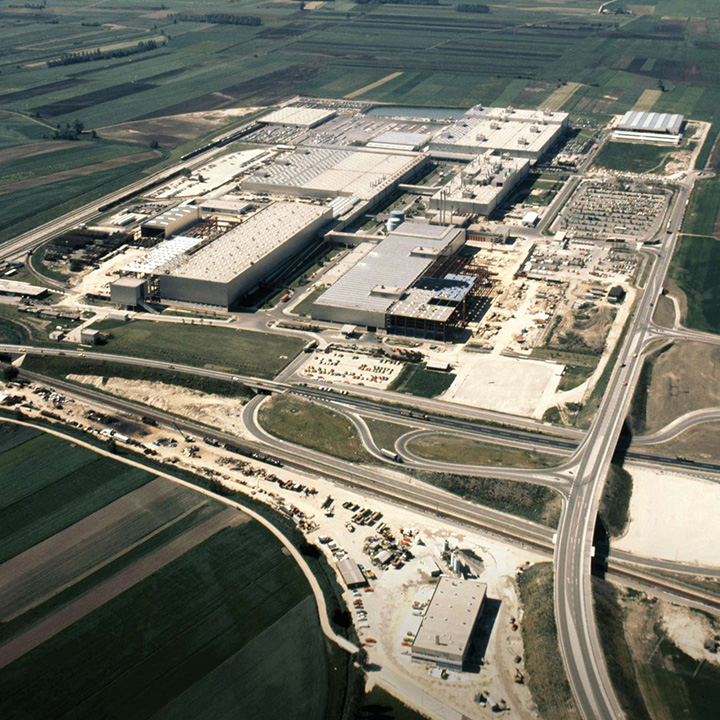
In the mid-1960s, BMW Plant Munich reached the limit of its capacity. BMW initially drew up plans for the construction of new facilities but then purchased crisis-ridden automotive company Hans Glas GmbH together with its locations in Dingolfing and Landshut. Both sites were restructured and what was for many years the largest BMW plant worldwide was created at Dingolfing in the subsequent decades.
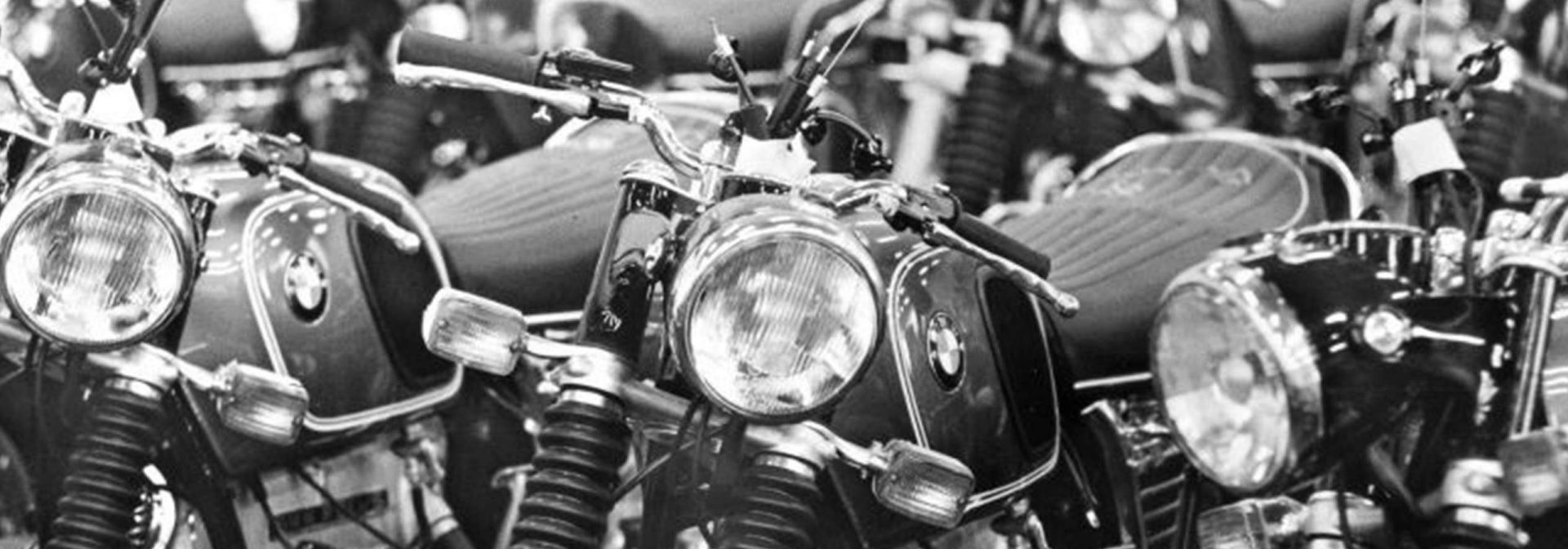
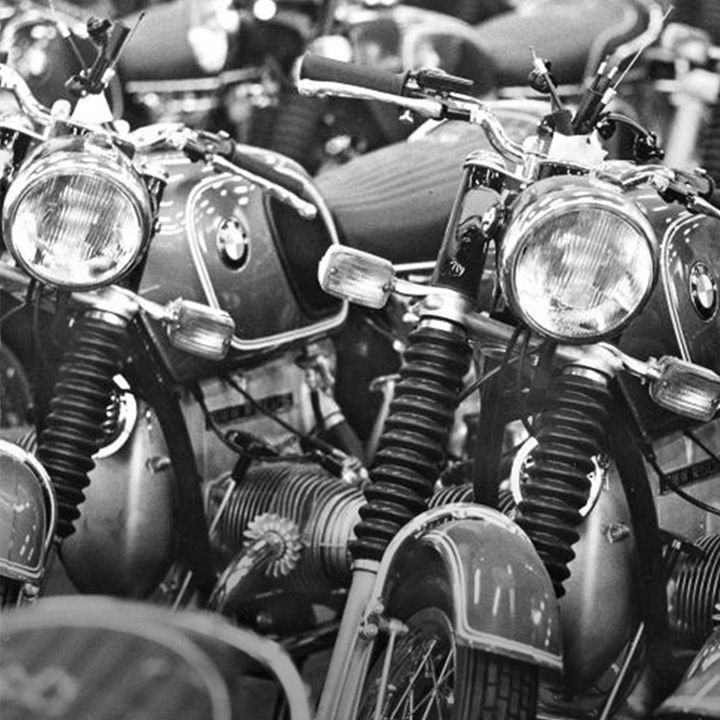
BMW urgently needed more space at the Munich plant to meet the demands of expanding automobile production. In 1969, production of BMW motorcycles was therefore transferred to Berlin-Spandau. At the start of the 1970s, BMW launched a series of new models. The representatives of the 5 Series were the first BMW motorcycles to be manufactured completely at the Berlin-Spandau facility.
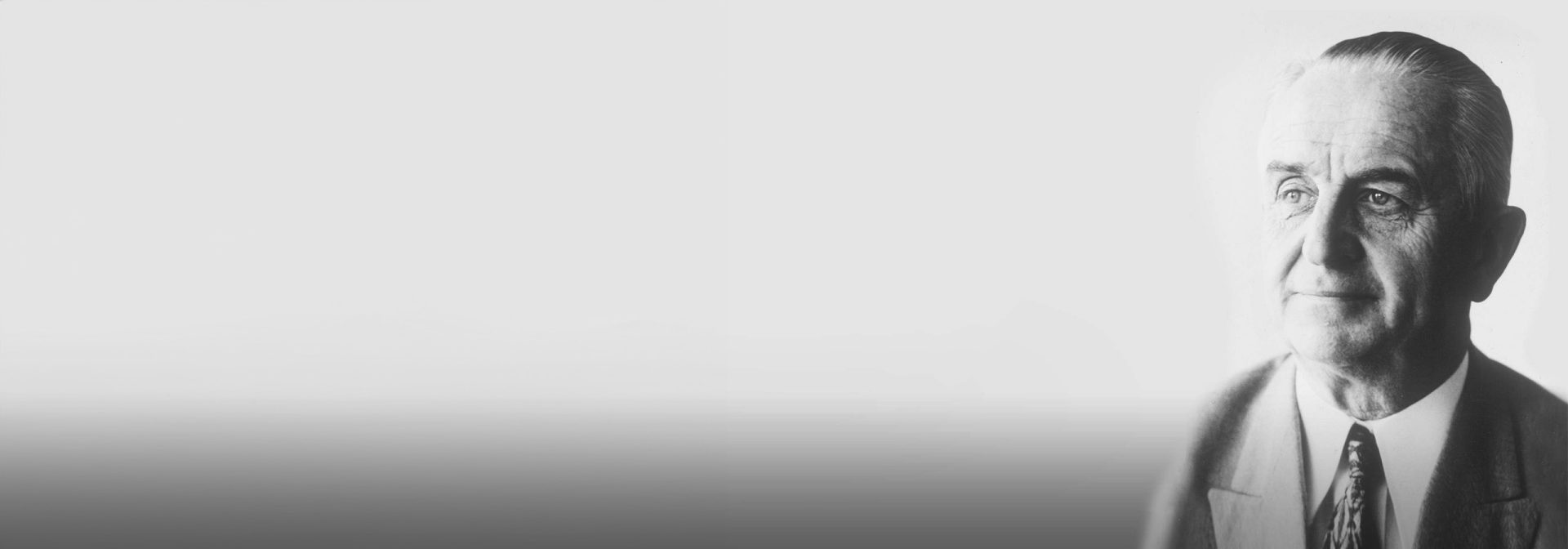
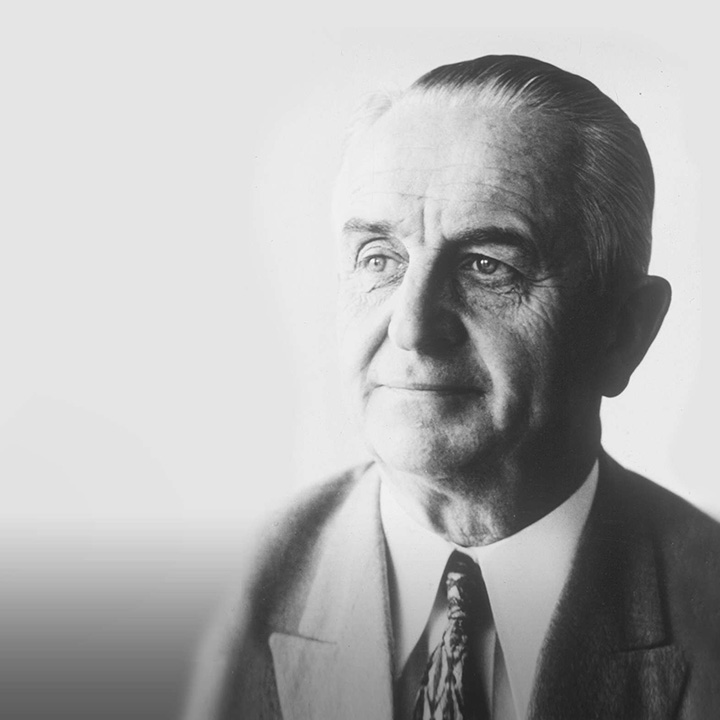
BMW AG founded the Herbert Quandt Foundation to celebrate the 60th birthday of its major shareholder. It has developed into a foundation with an international reputation as a sponsor for sharing knowledge and experience across the Atlantic. After the end of the Cold War, the foundation also became an important platform for promoting understanding between East and West, and within an expanded Europe.
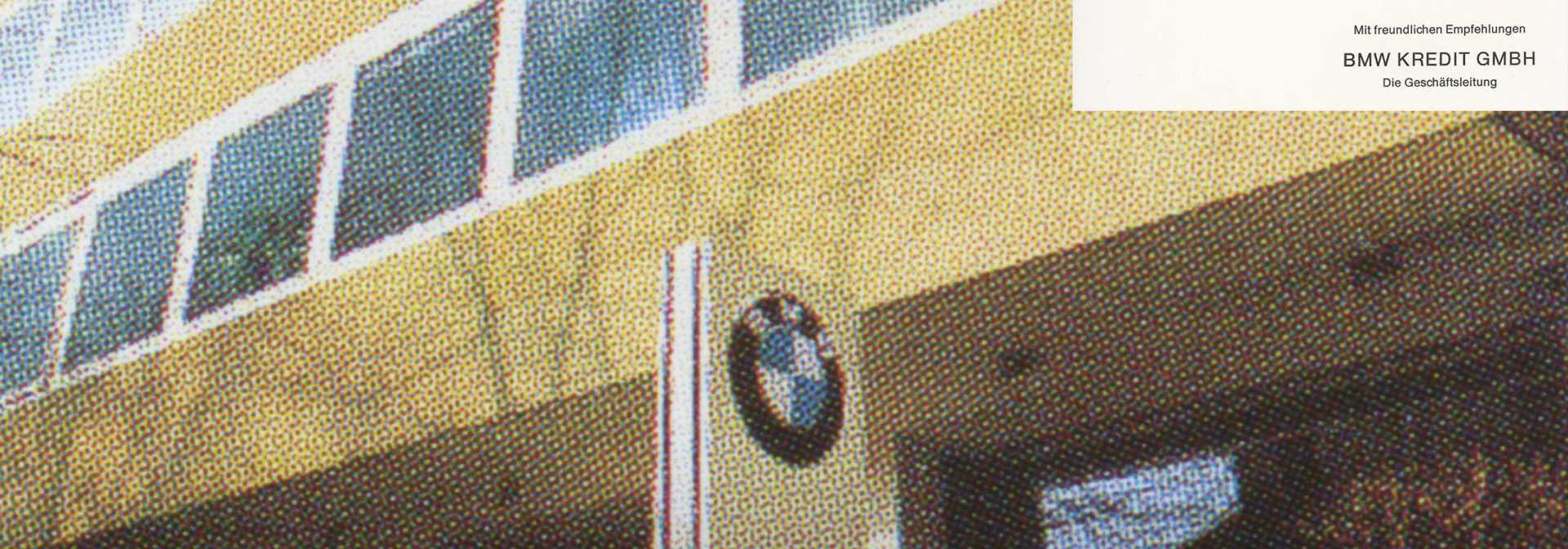
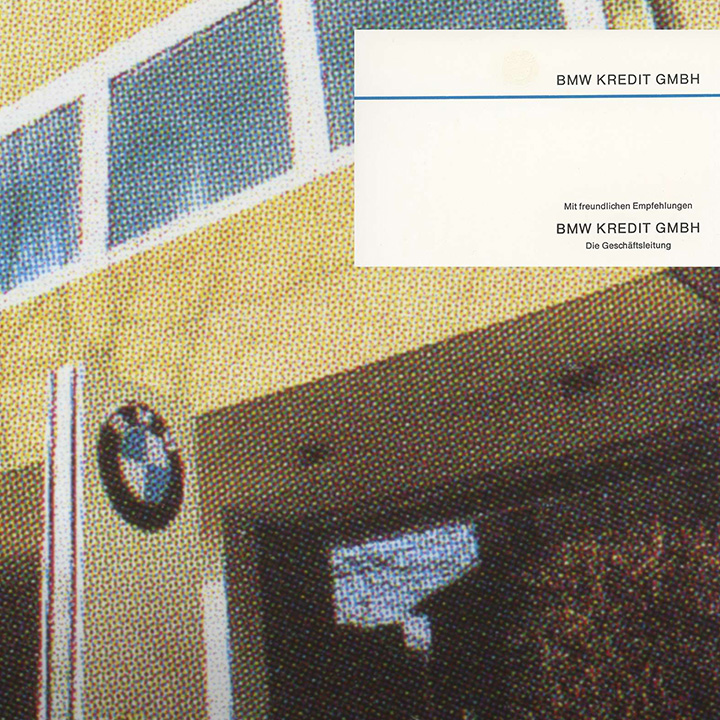
BMW Kredit GmbH was set up as a new BMW subsidiary to provide finance for the company’s own transactions and, most importantly, for the dealerships. The new company laid the foundation for the growing finance and leasing business, which remains a crucial element in the company’s success today.
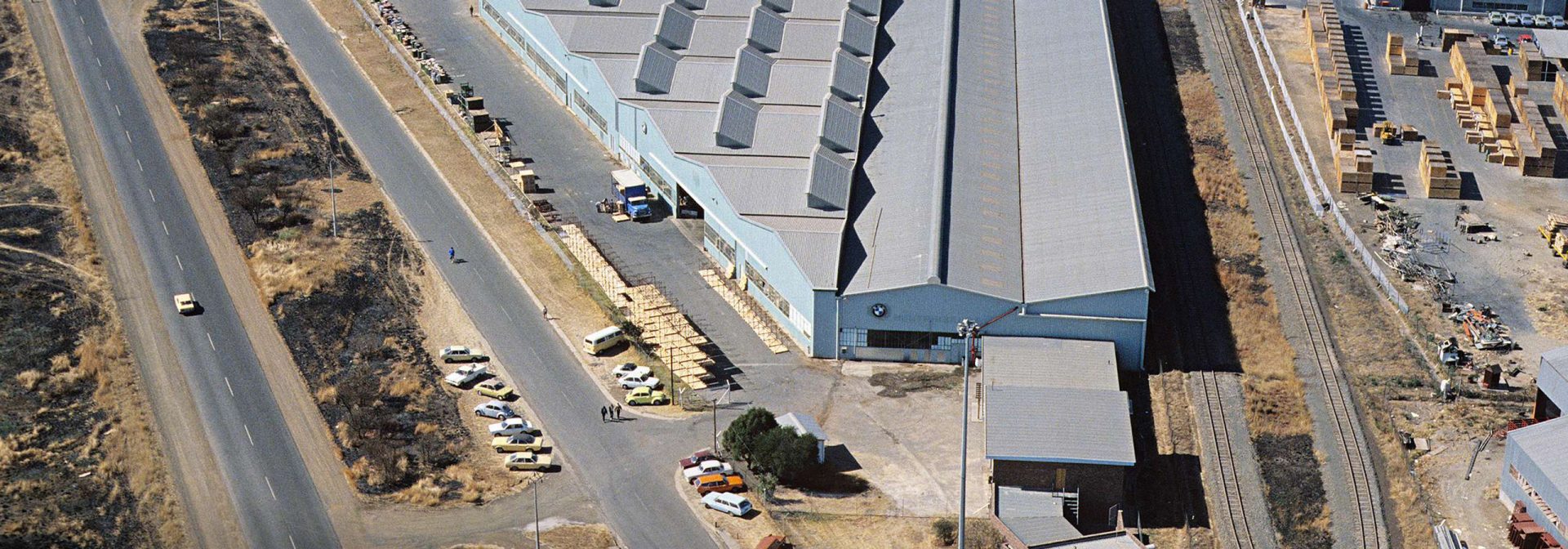
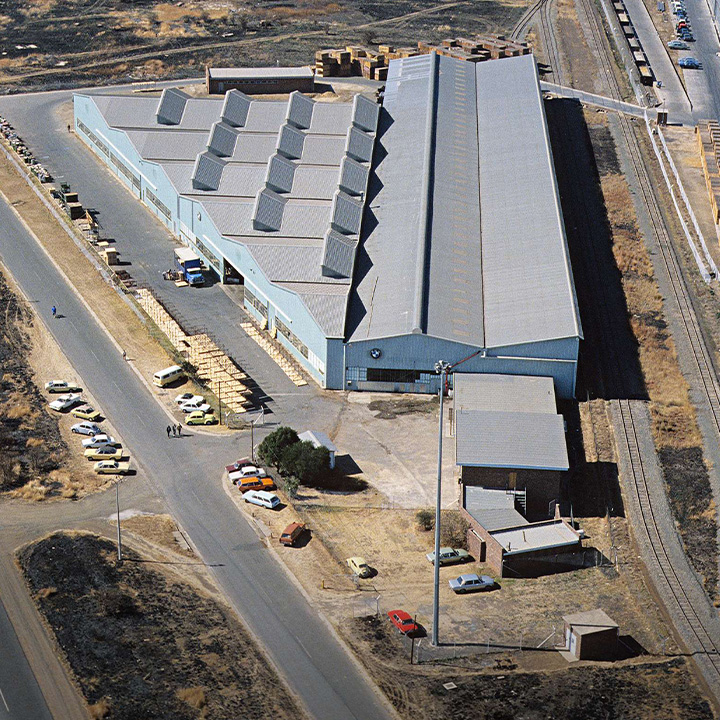
The Rosslyn plant near Pretoria, South Africa, became the first production location outside of Germany for the modern BMW Group. In 1972, the BMW Board of Management decided to take over the entire Rosslyn facility constructed by the local importer. Assembly of the Glas 1800 SA model had started in 1967 and was later followed by the BMW 2000 SA. After major investments, production of BMW 3 Series vehicles was launched there at the beginning of 1984.
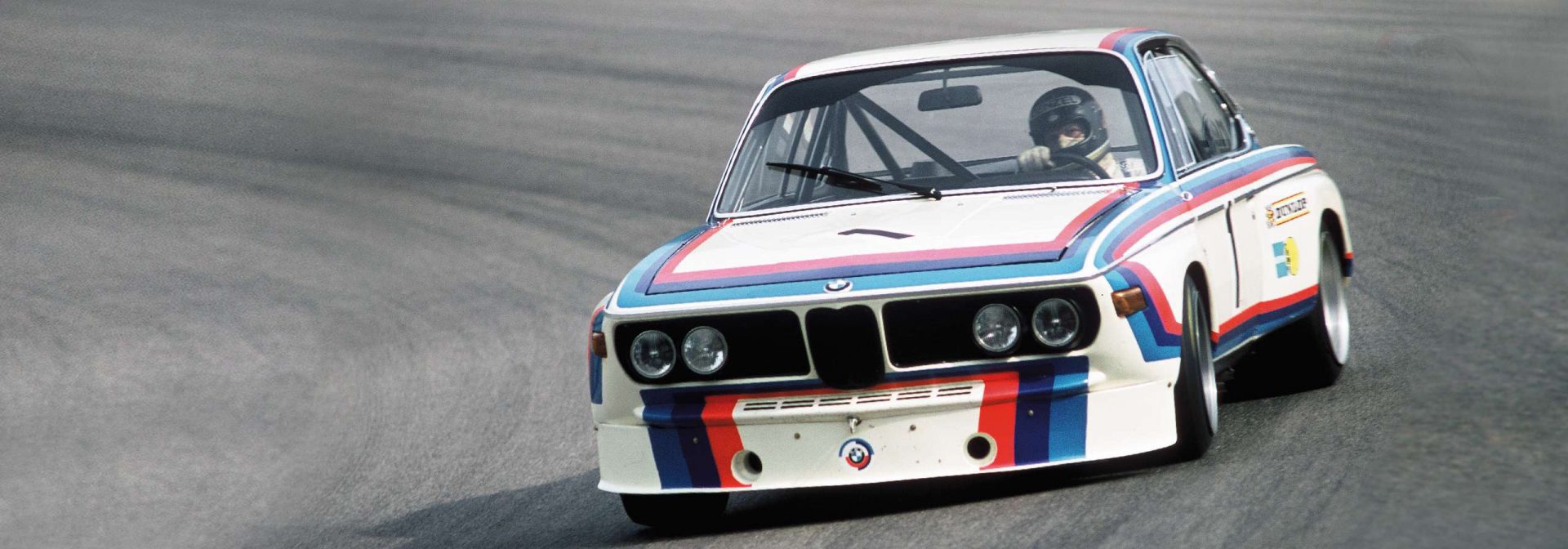
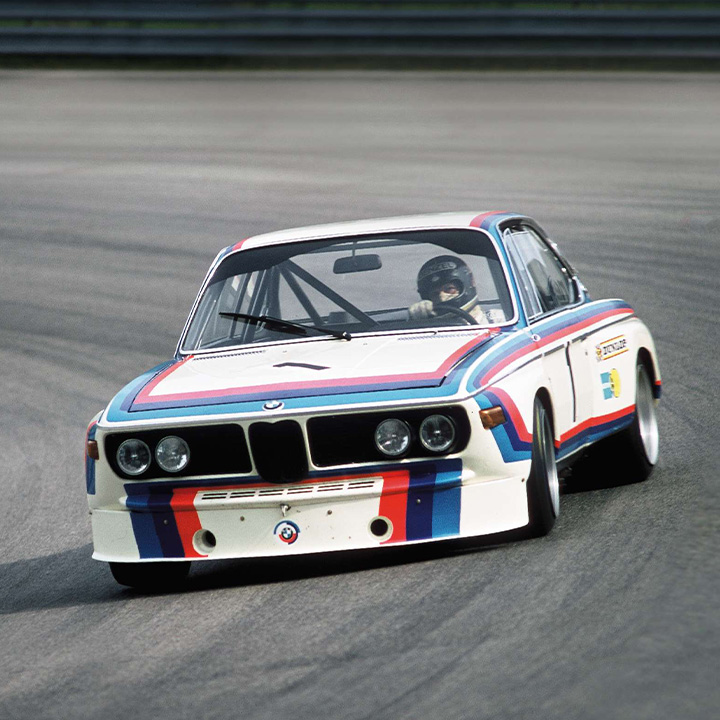
In 1972, BMW brought together all of its various motor racing activities within a new wholly-owned subsidiary – BMW Motorsport GmbH. With the BMW Motorsport GmbH, BMW lays the foundations for BMW M GmbH. Over the following years, the subsidiary earns countless motorsports successes for BMW, while also contributing to particularly sporty BMW vehicles.
1973 – BMW headquarters and BMW Museum.
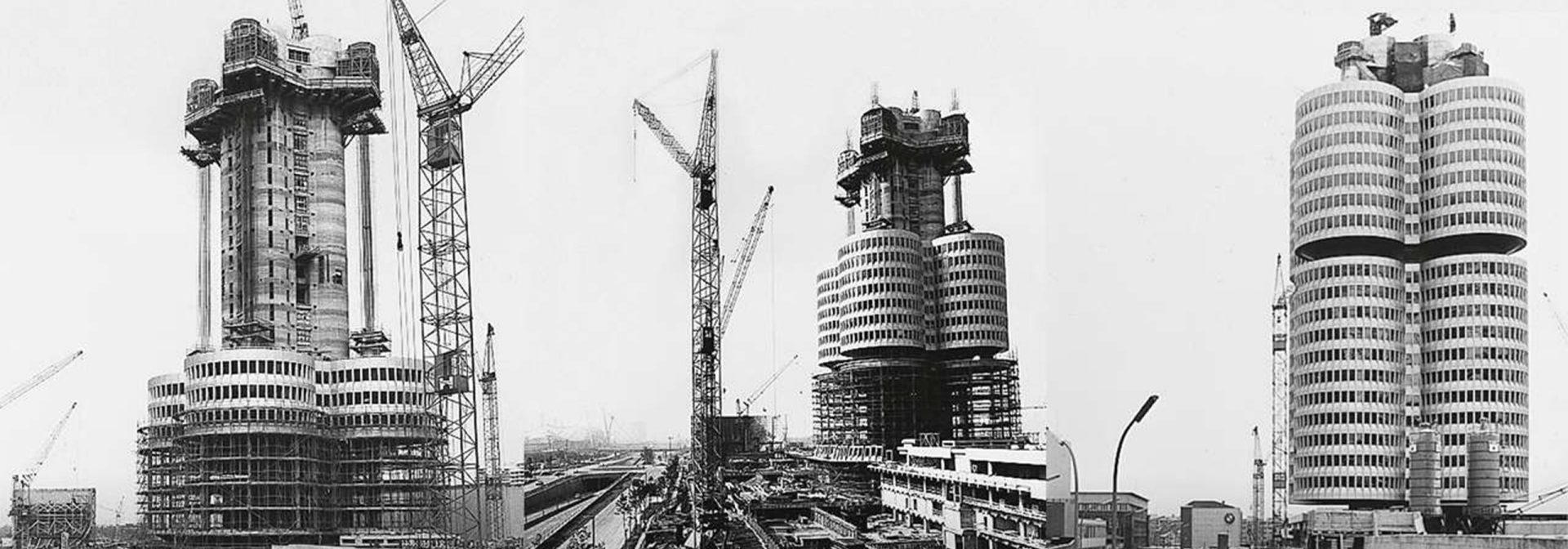
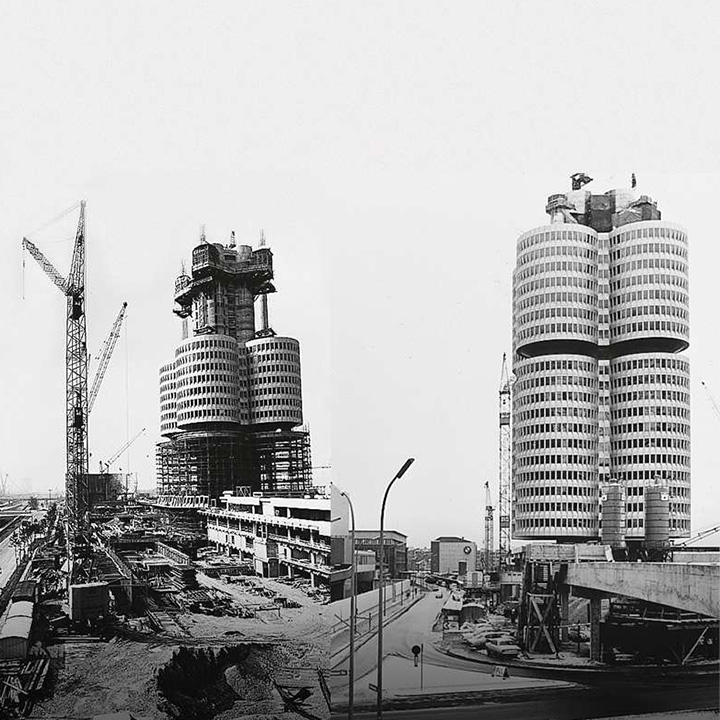
Starting in 1970, BMW began building an administrative tower block in the north of Munich. Its unusual shape soon led to it to be known as the "four-cylinder building", and it soon became a notable landmark in the city's architecture. The BMW Museum was installed next to it in a bowl-shaped building that is still one of a kind to this day. The new building complex was officially opened on 18 May 1973.
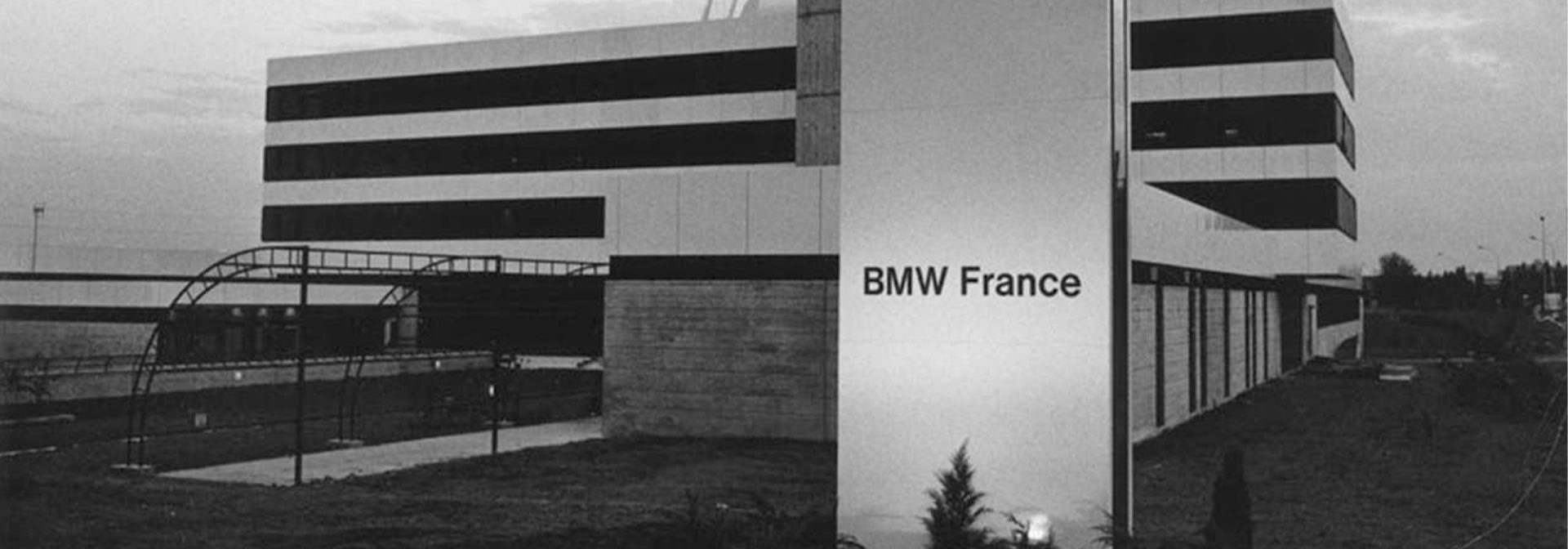
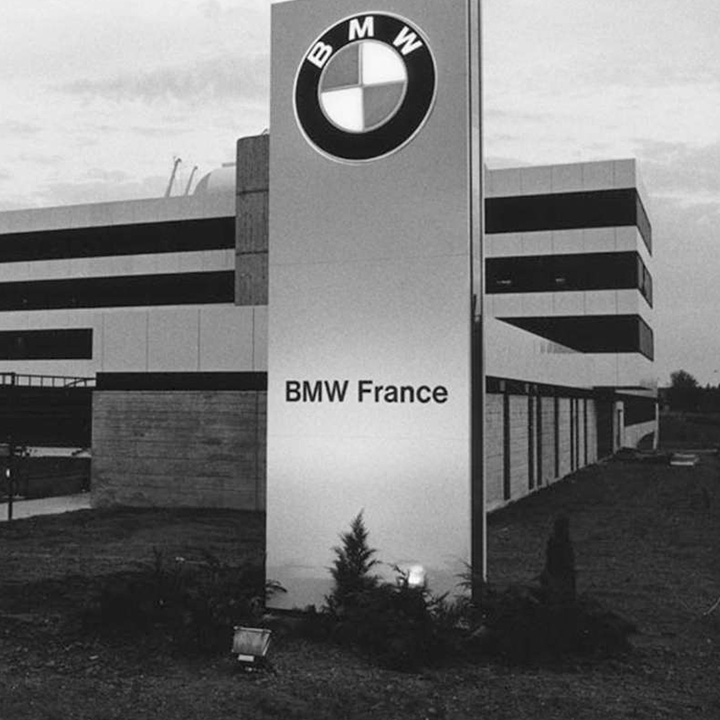
BMW Sales Director Bob Lutz implemented a policy of reclaiming sales responsibility for all major markets from importers from 1973 on. This responsibility was gradually transferred to separate subsidiary companies. France was the first country where BMW established its own sales company in 1973. Many other countries followed over the next few years and transformed the BMW Group into a company operating on the global stage.
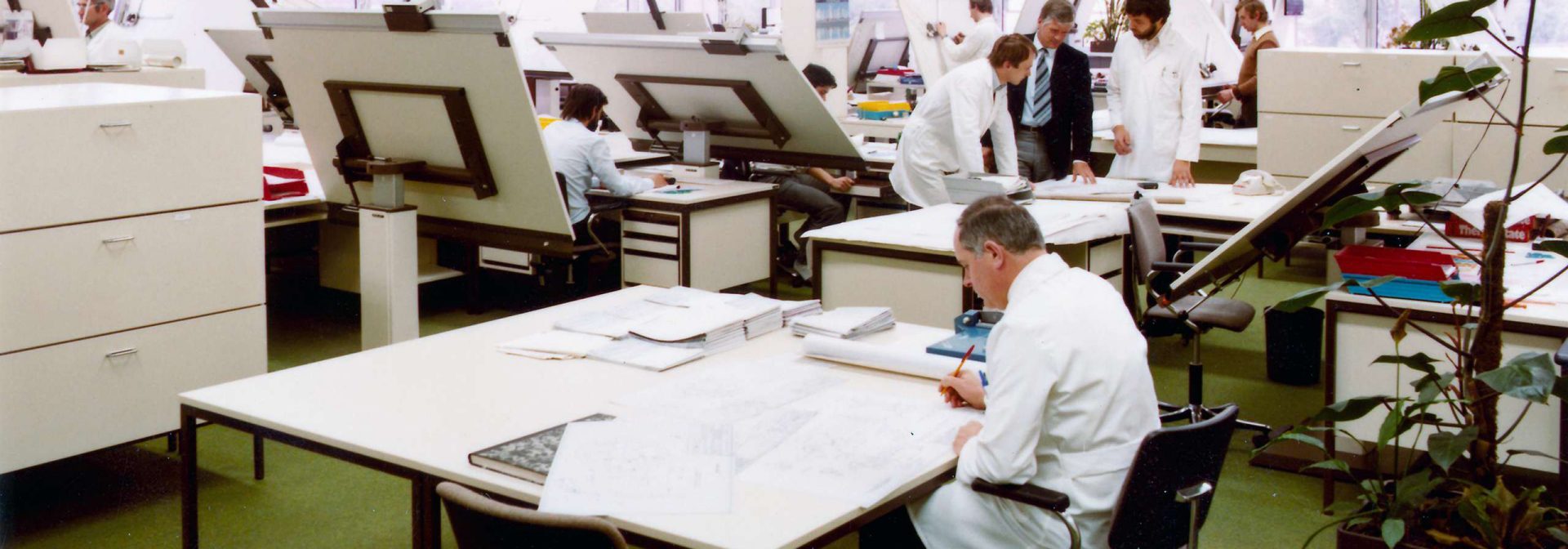
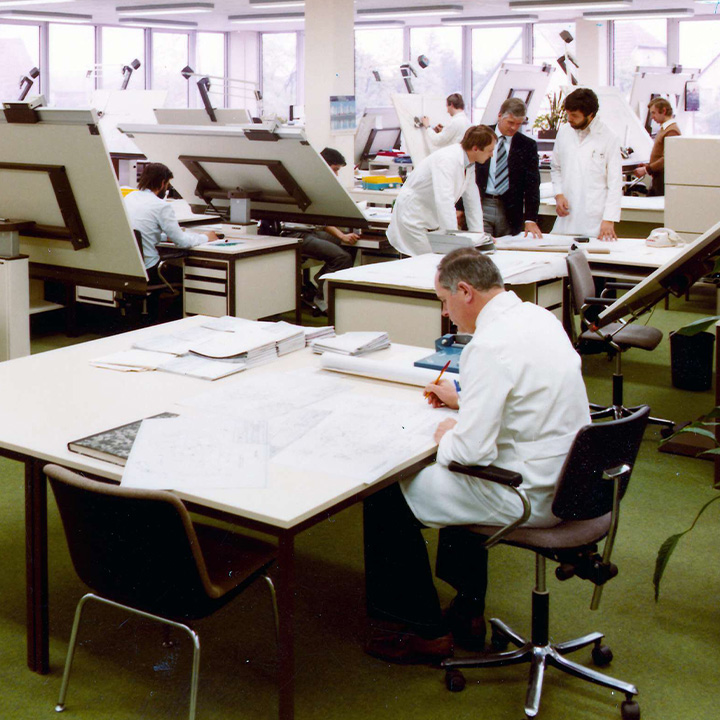
BMW Steyr Motoren Gesellschaft was founded as a joint venture between BMW AG and Steyr-Daimler-Puch AG. An engine plant is built in Steyr, Austria according to plans drawn up by BMW AG. In 1982, BMW assumed sole responsibility for the plant and rebranded it as BMW Motoren GmbH, Steyr. The first diesel power unit came off the assembly line the next year. Today, the plant is the Group’s diesel technology competence centre.
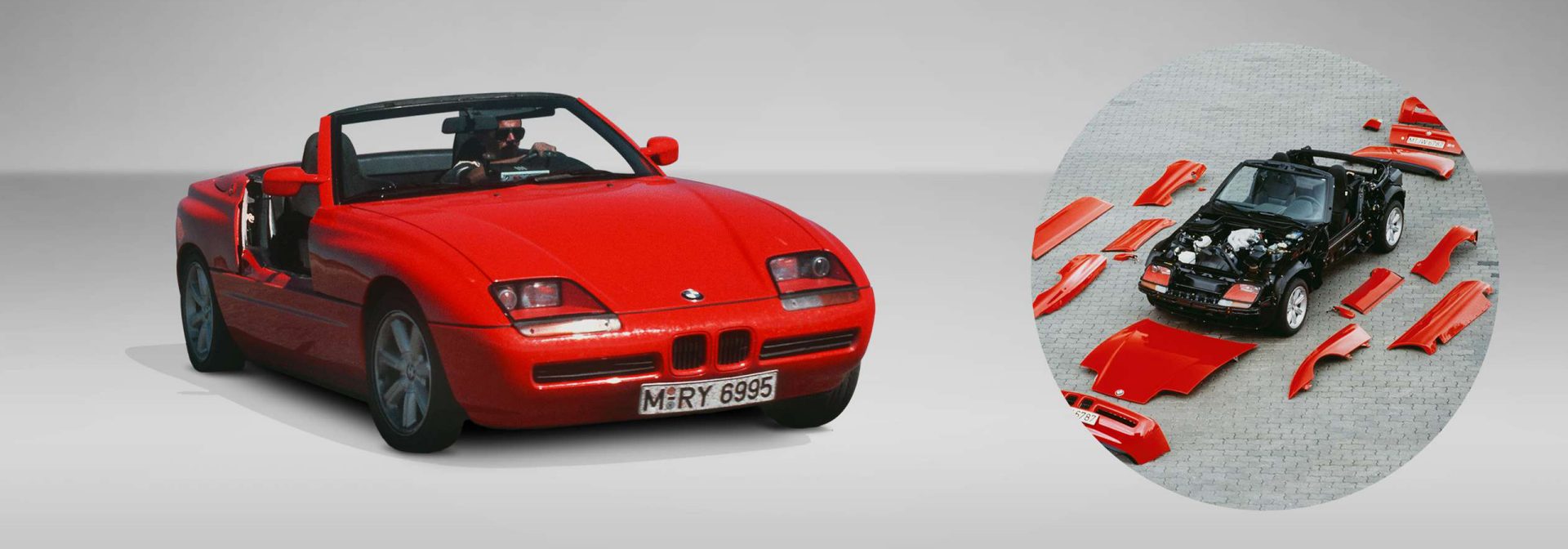
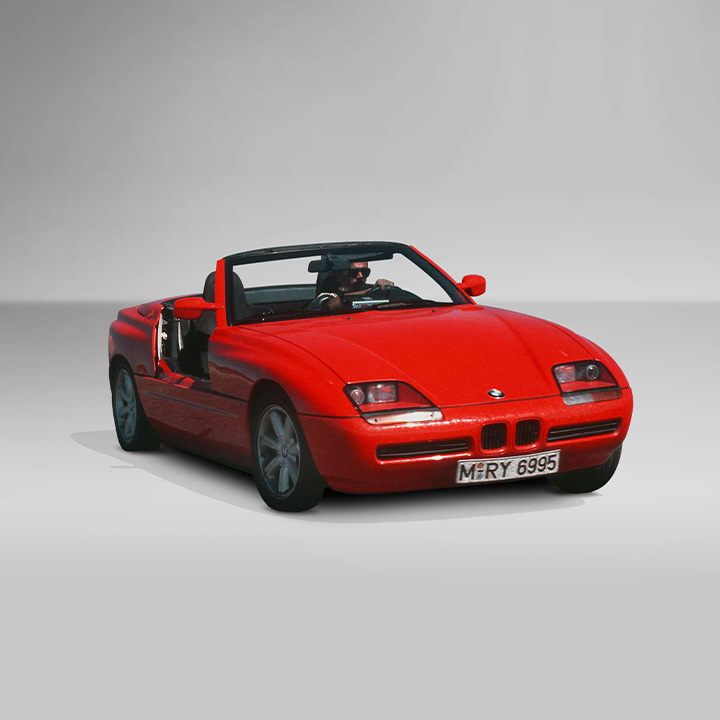
BMW Technik GmbH is established as a think-tank, free from the constraints of series development. Some of the best BMW designers, engineers and technicians work there, away from the routine of everyday operations, to develop ideas and concepts for the BMW vehicles of tomorrow. One of the first major projects for BMW Technik GmbH was the Z1 Roadster, which entered series production in 1988.
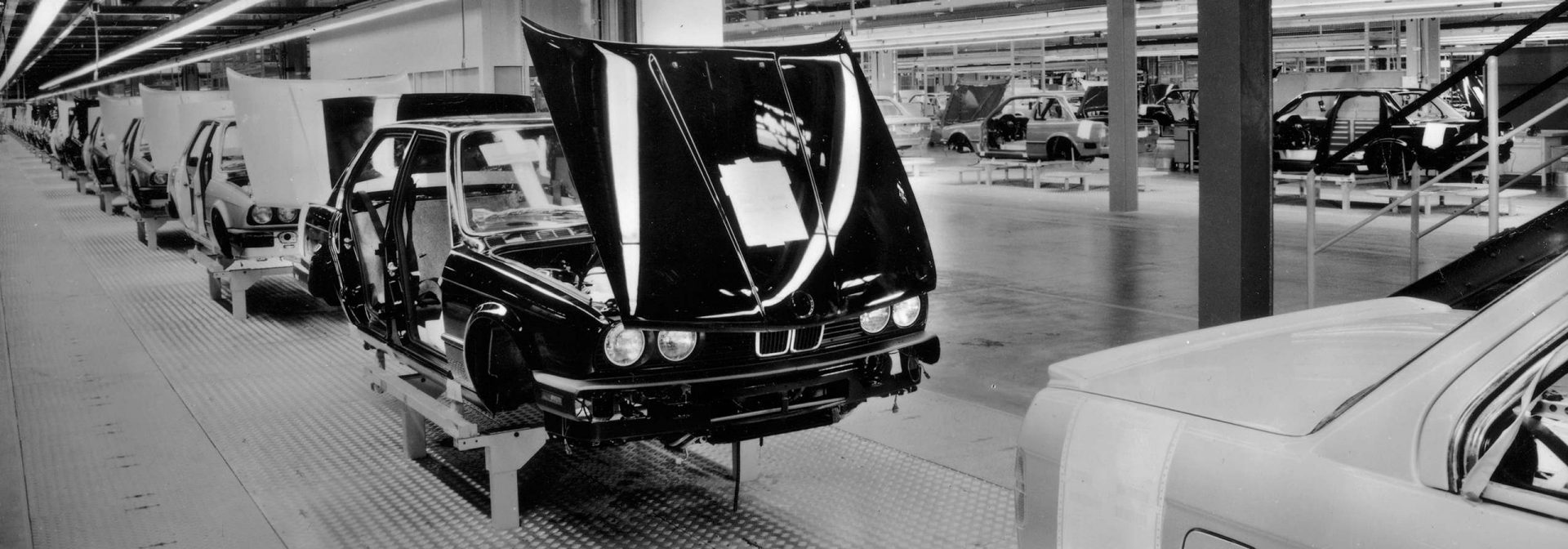
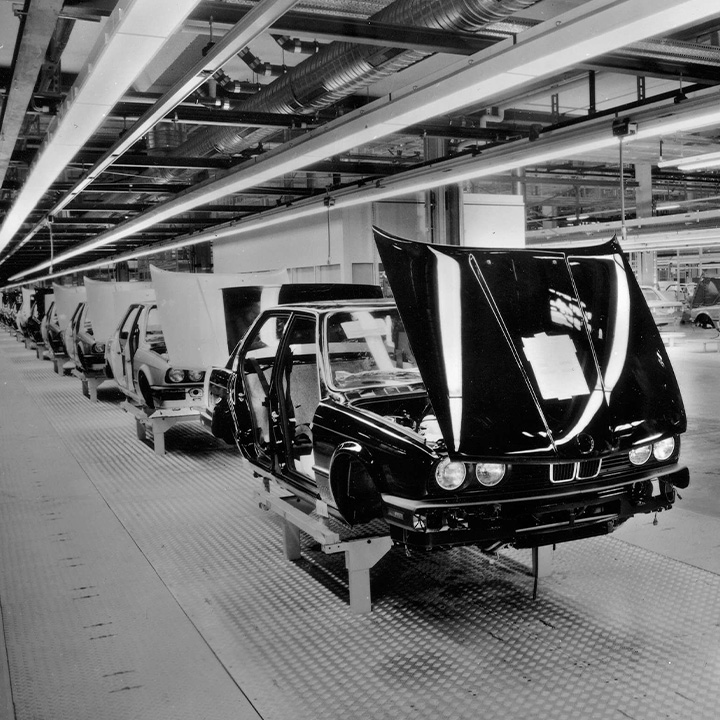
The decision to build a new plant in Regensburg was taken on 26 November 1982 to meet growing demand for the BMW 3 Series model and relieve the pressure on the BMW plant in Munich. The foundation stone was laid in the neighbouring community of Obertraubling in 1984 and the Regensburg plant was opened in 1987. Further expansion took place over the following years.
1990 – The BMW Research and Innovation Centre: a special kind of think-tank.
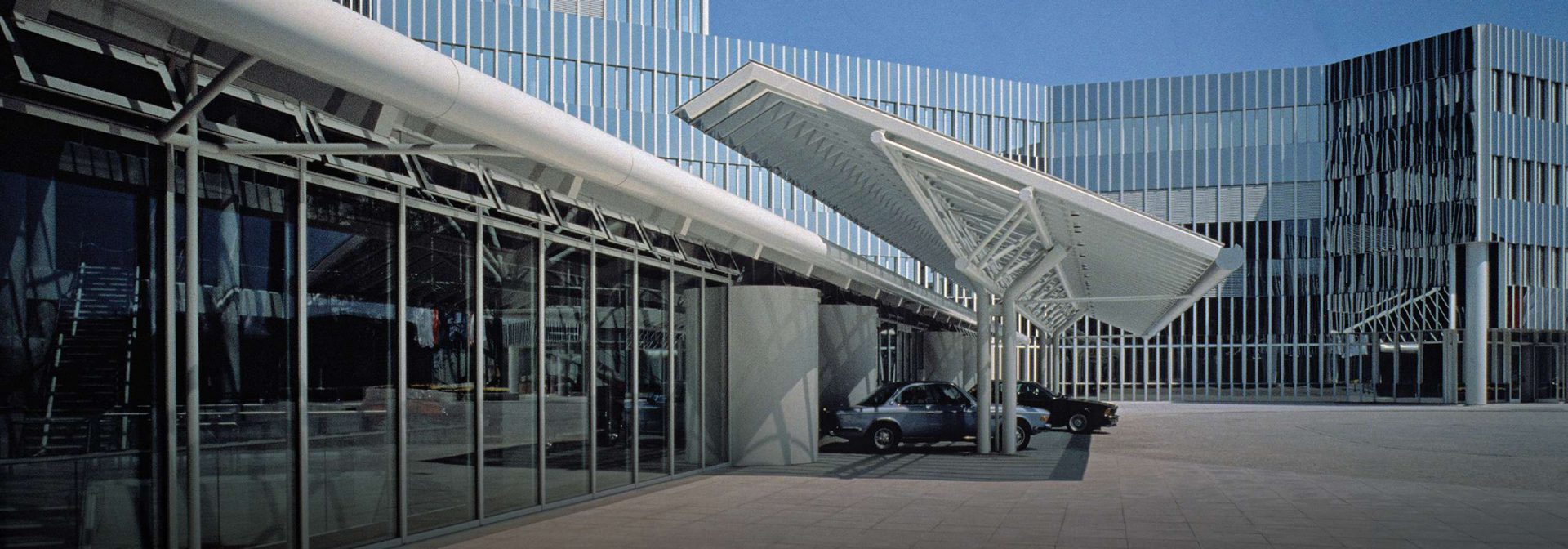
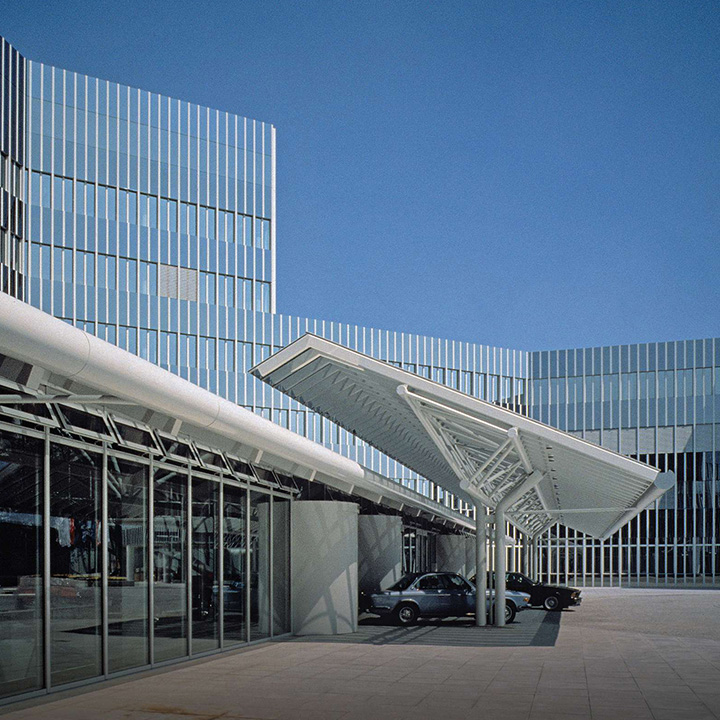
In 1986, BMW AG brought together all research and development work under one roof at the Forschungs- und Innovationszentrum (Research and Innovation Centre, or FIZ) in Munich. It became the first automotive manufacturer to establish such an institution, with around 7,000 scientists, engineers, designers, managers and technicians, working together as part of an integrated team. The facility was officially opened on 27 April 1990. In 2004, the FIZ was expanded with the addition of the Projekthaus building. Incorporating the principles of “construction communications”, the development was completed in two years and spans 12,000 m². The nine-storey building offers an open gallery and atrium, and with its offices, studios and meeting rooms, forms the new heart of the FIZ. Today almost 9,000 staff work at the FIZ.
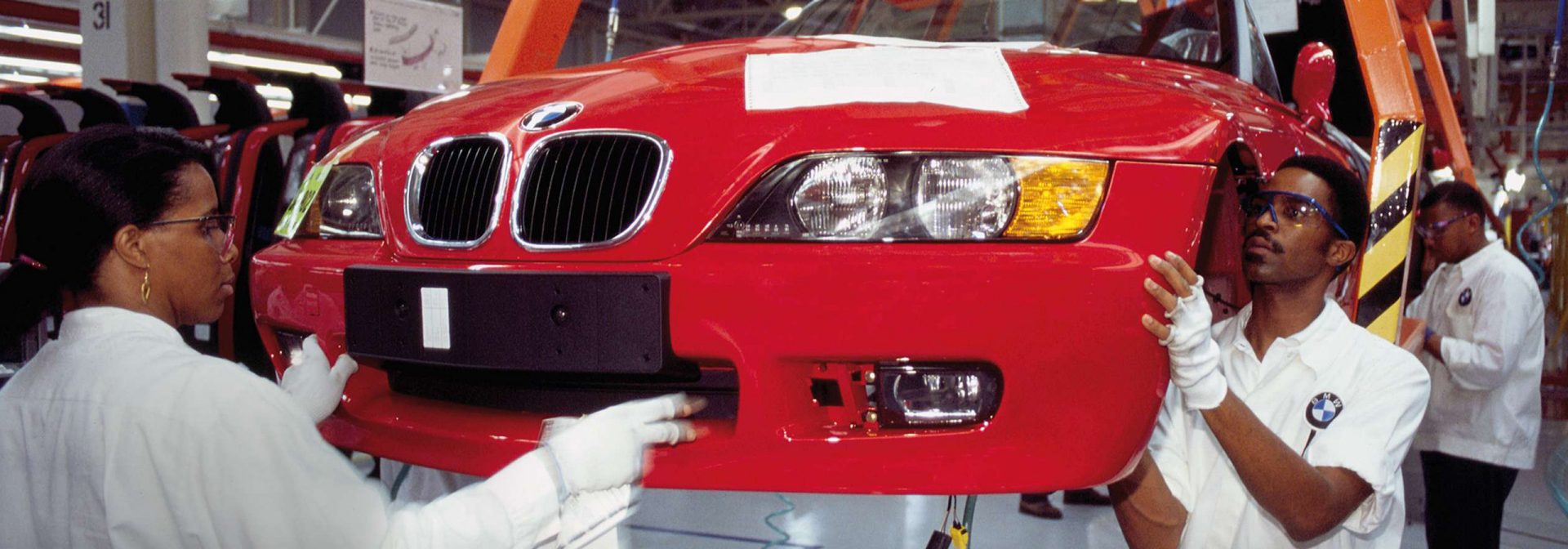
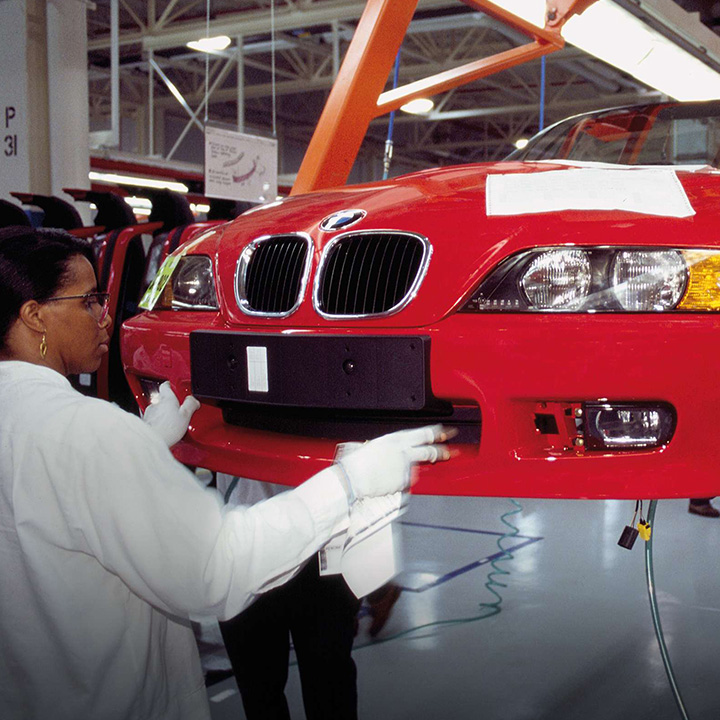
BMW decided to build an automobile production facility in the USA in 1989. This move underscored its position as a global player. The plant in Spartanburg, South Carolina, specially designed for production of the BMW Z3 Roadster, opened in 1994. The Z3 is exported from Spartanburg all over the world. The plant expanded its production facilities in the late 1990s, and today the BMW X3, X4, X5 and X6 models are all manufactured in Spartanburg.
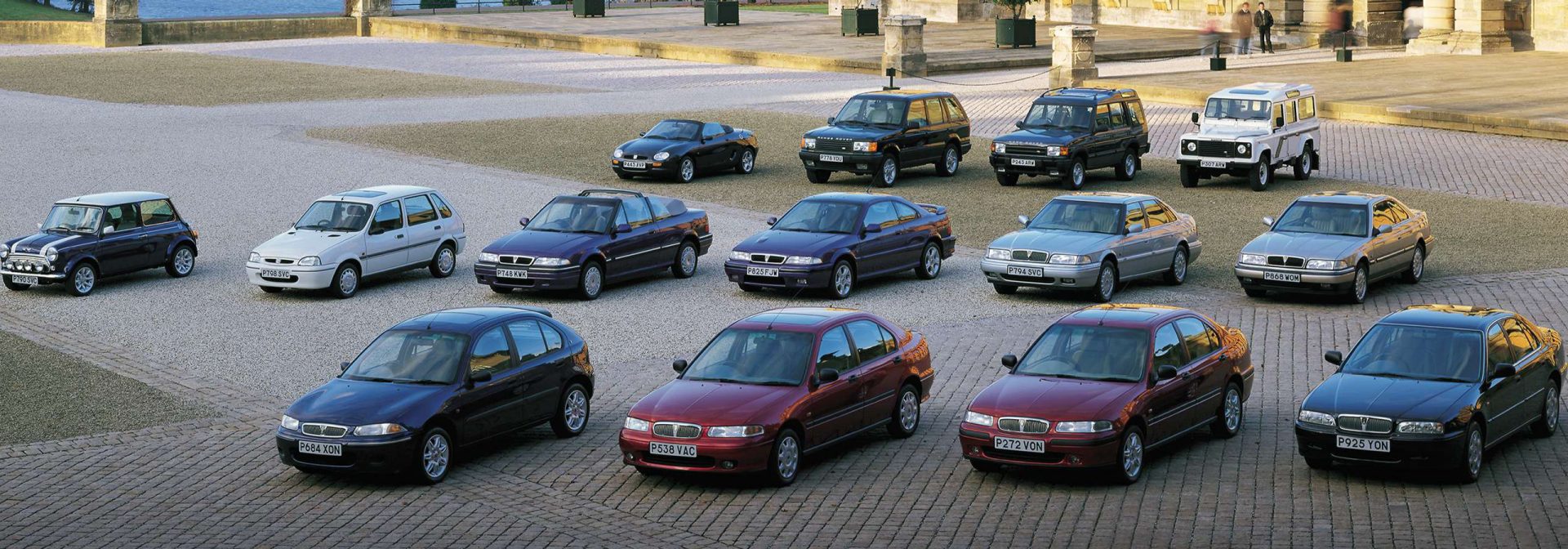
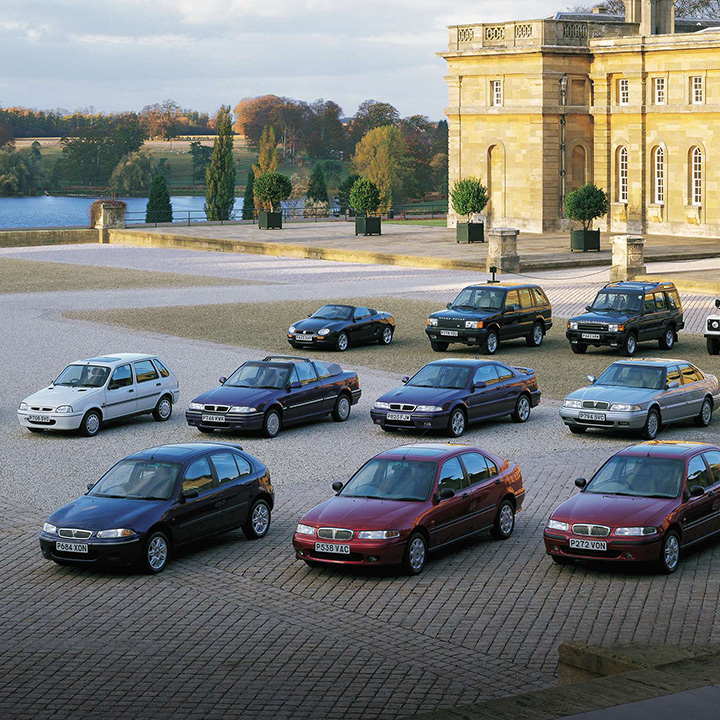
In early 1994, the Board of Management, supported by the Supervisory Board, decided to purchase the Rover Group in the United Kingdom to expand its range of models. The Group included distinguished brands with a long heritage such as Land Rover, Rover, MG, Triumph and Mini. BMW rapidly set about integrating the Rover Group into the BMW Group. Despite strenuous efforts, the ambitious expectations could not be fulfilled. As conditions deteriorated, BMW AG therefore decided to sell the Rover Group in 2000. Only the MINI brand remains with BMW today.
1998 – Rolls-Royce.
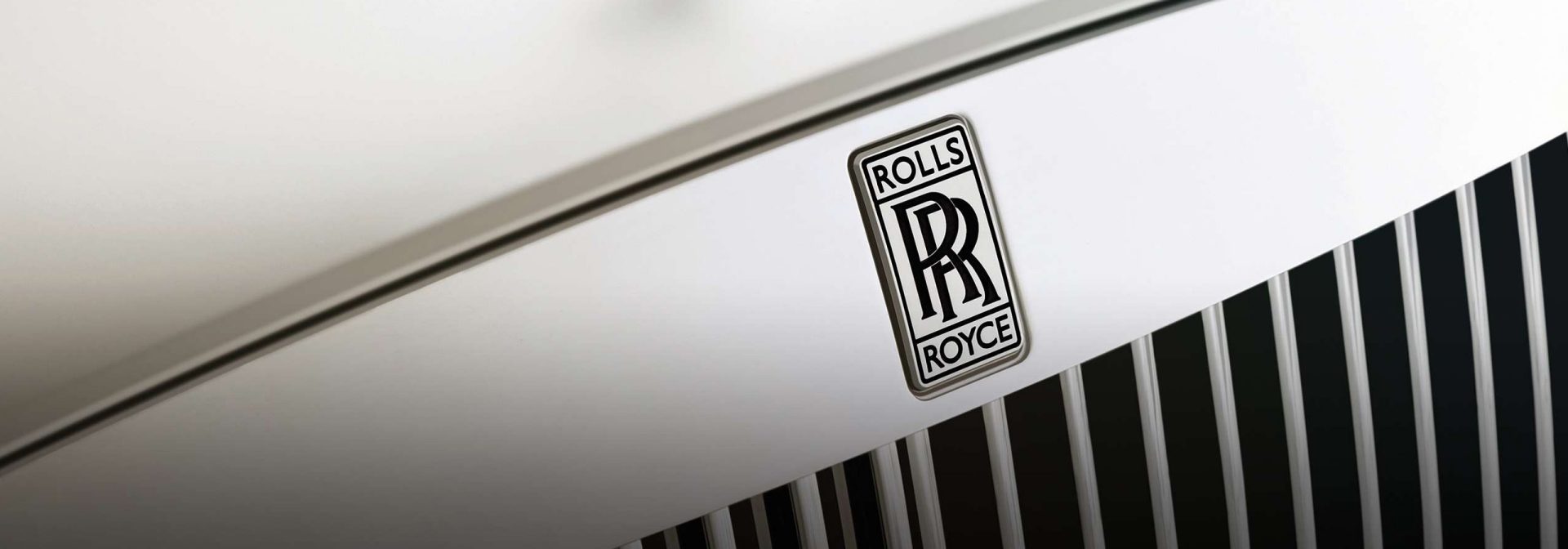
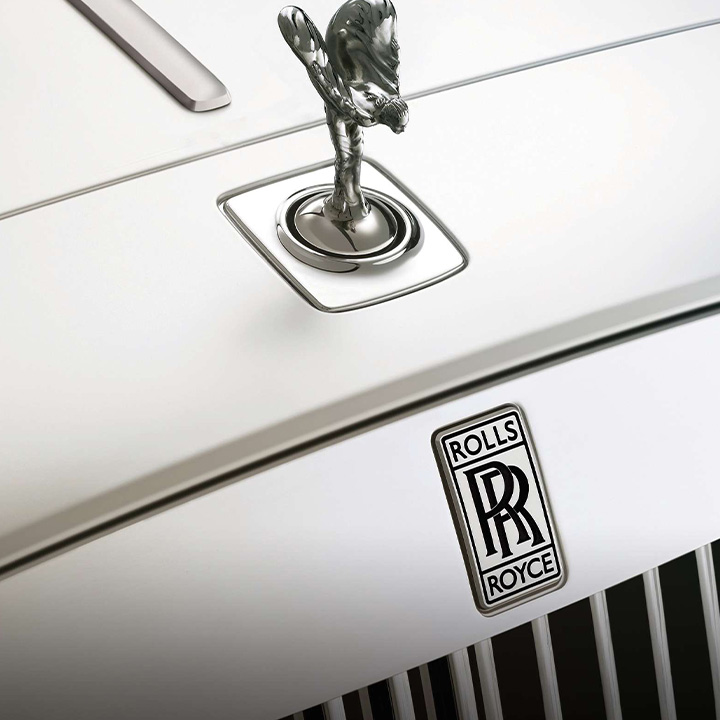
In July 1998, BMW acquired a piece of automotive history. Following long negotiations, the company obtains the brand and naming rights for Rolls-Royce motor cars from Rolls-Royce plc. Rolls-Royce is held entirely by Volkswagen until the end of 2002, when BMW takes on full responsibility for Rolls-Royce Motor Cars, along with all rights. The new Rolls-Royce plant and a new company headquarters are built in Goodwood, in southern England. This is the sixth facility constructed since 1904, scheduled to manufacture newly developed Rolls-Royce models from the start of 2003.
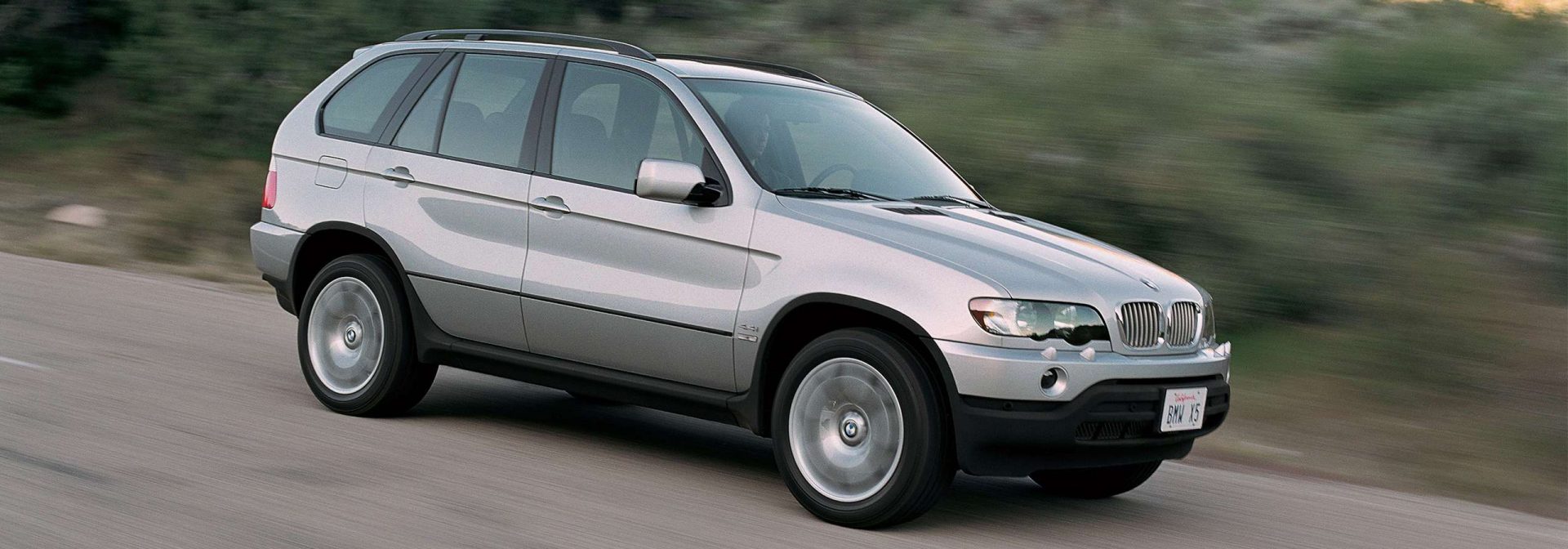
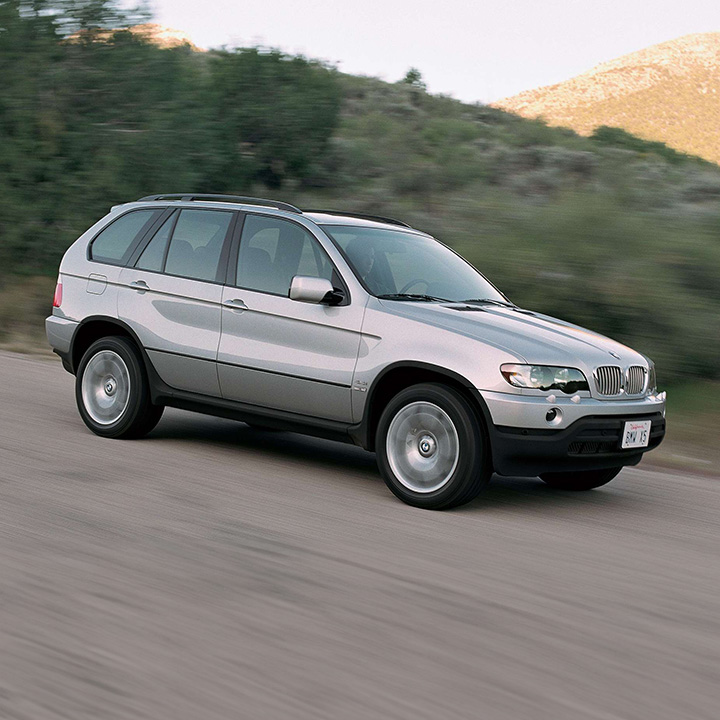
On 10 January 1999, a new vehicle concept was unveiled to the world for the first time at the Detroit Auto Show. The BMW X5 offered drivers an unprecedented combination of hallmark BMW dynamics and sporting ability, together with the talents of an all-wheel-drive off-roader, creating a whole new market segment in the process.
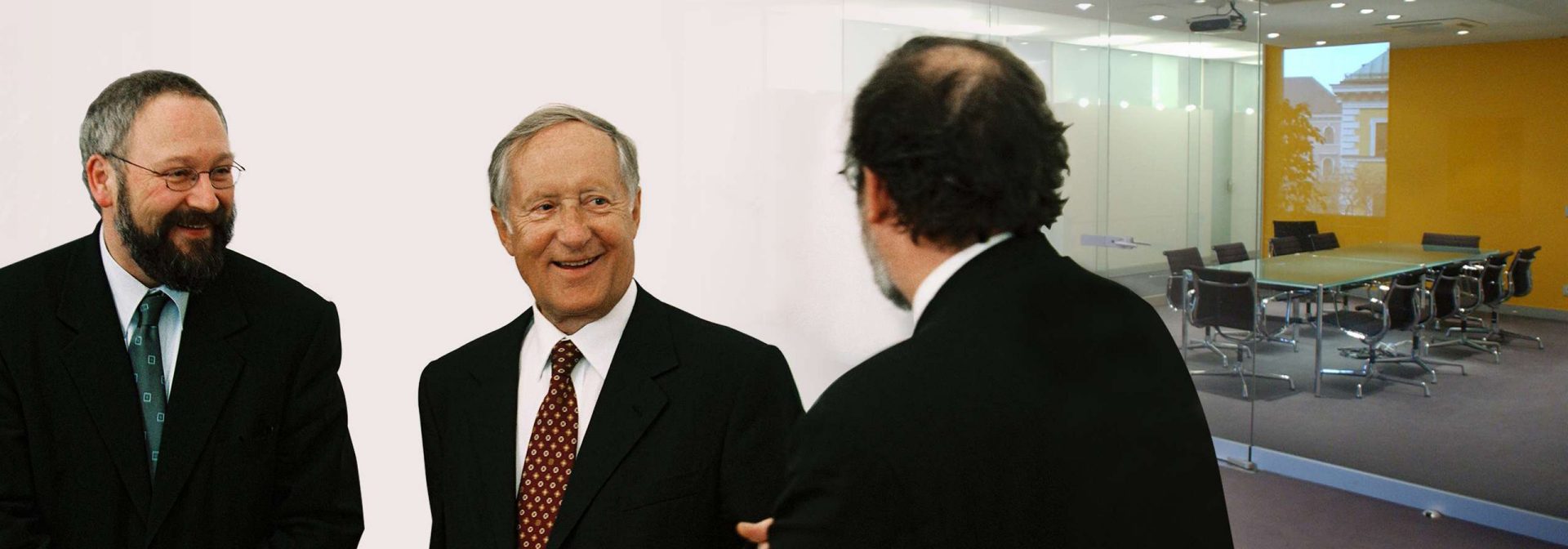
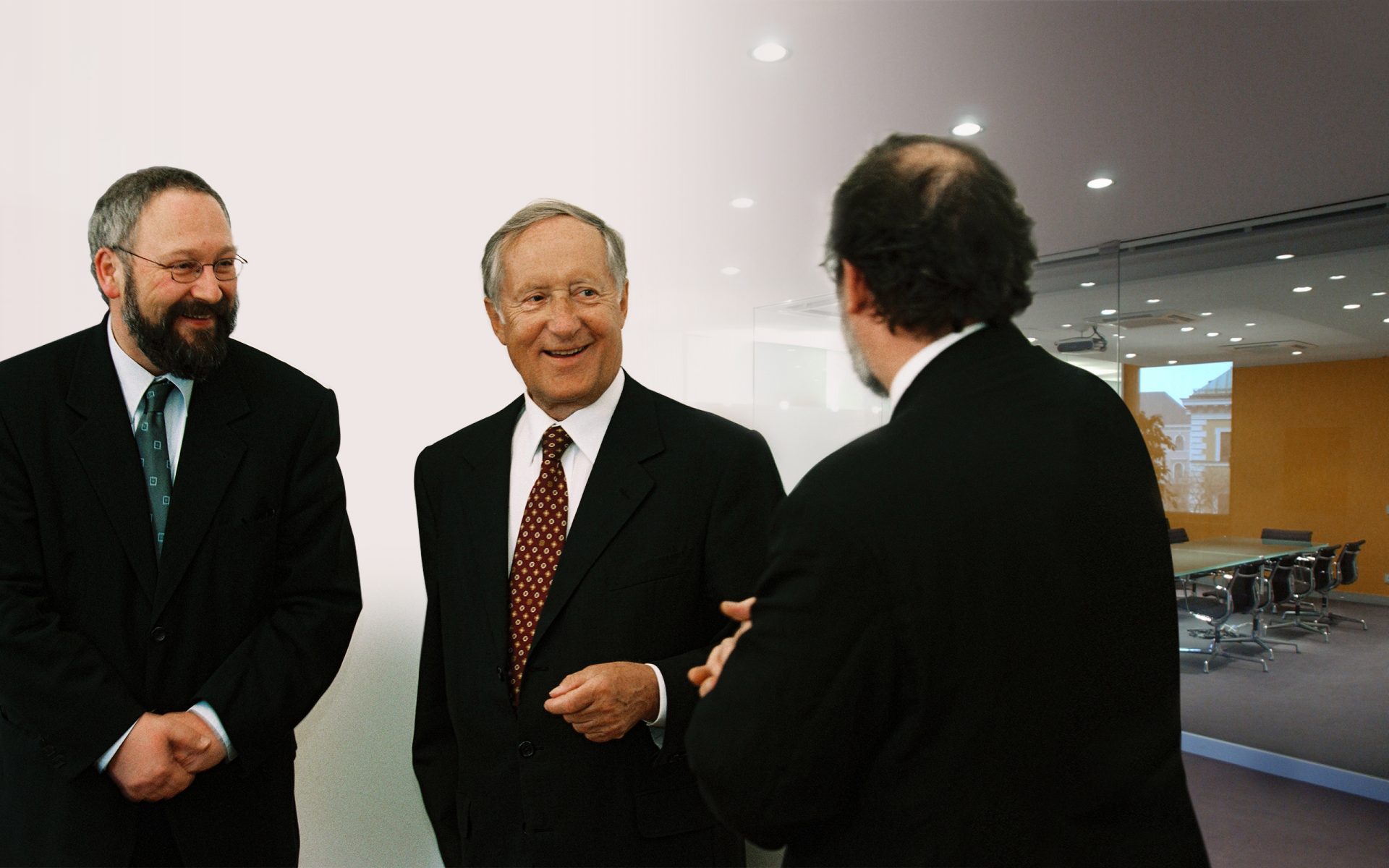
The Eberhard von Kuenheim Foundation was established in 2000 in honour of Eberhard v. Kuenheim. In his almost 30 years at BMW AG, Eberhard v. Kuenheim left his mark on the development of the company, first as Chairman of the Board of Management and later as Chairman of the Supervisory Board. Under his direction, BMW AG developed from a traditional automobile and motorcycle manufacturer to a prestige global brand. The mission of the foundation is to foster entrepreneurial thought and behaviour – beyond the context of business. Under the motto "freude am neu:wagen", the Eberhard von Kuenheim Foundation develops and tests new model solutions to contemporary social issues in the areas of education, work and sustainability.
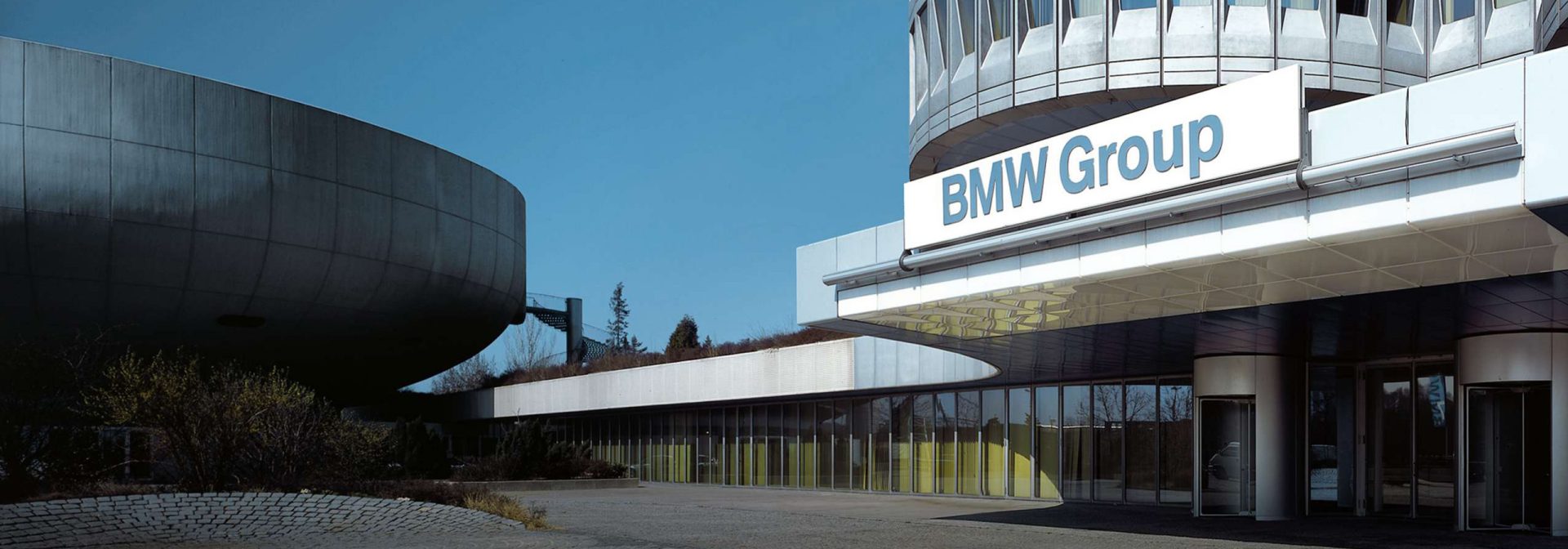
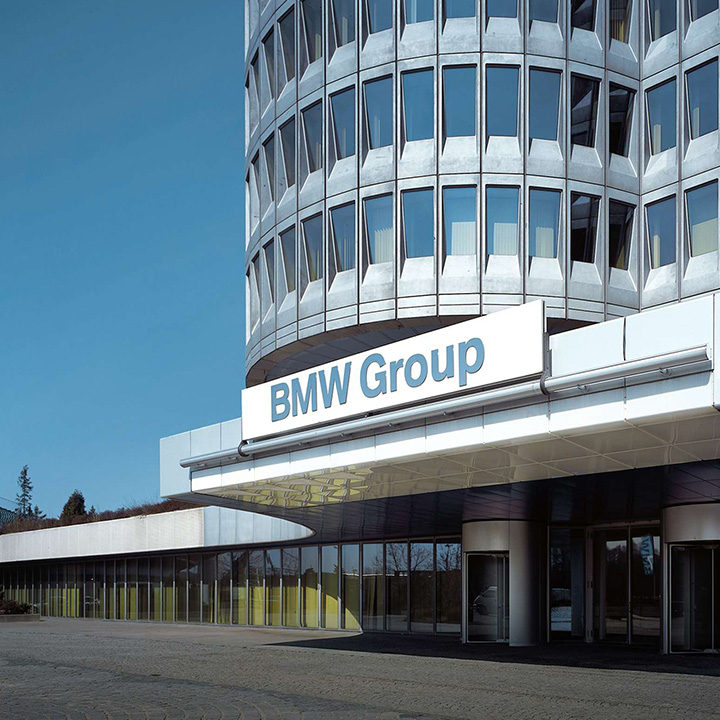
The realignment of Group strategy in 2000 strengthened the BMW Group and made it fit for the future. From the year 2000, the company resolved to focus solely on the premium segment in the international automobile market with the brands BMW, MINI and Rolls-Royce Motor Cars. The entire model range was expanded with new series and variants. Alongside the X Series Sports Activity Vehicles, the company also developed the BMW 1 Series from 2004. The MINI brand was launched in 2001 and BMW took over brand responsibility for Rolls-Royce Motor Cars in 2003.
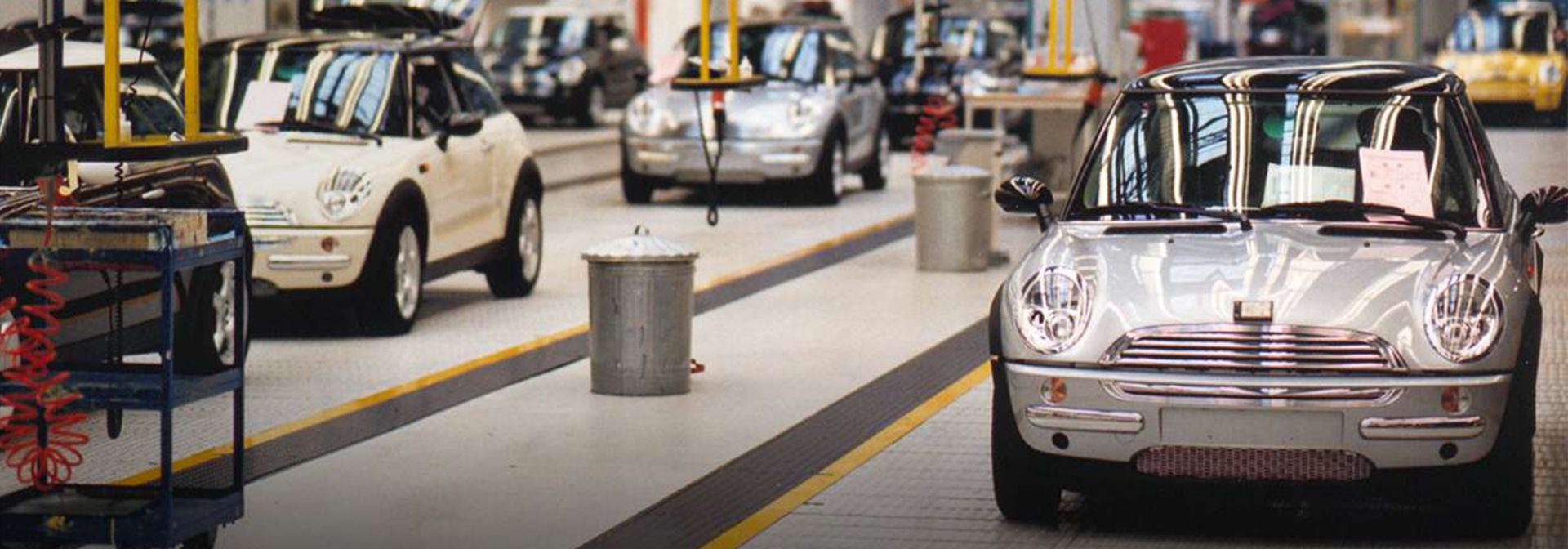
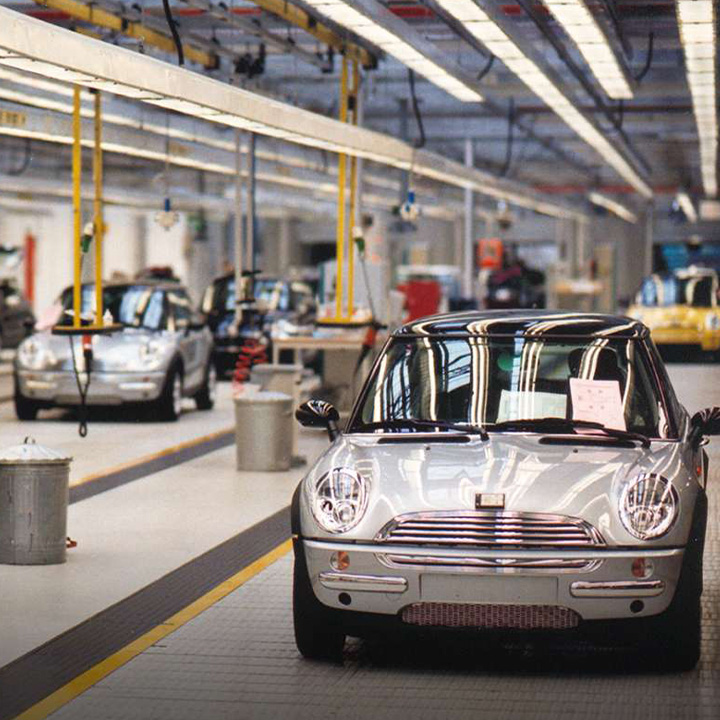
In 2000, after the sale of the Rover Group, the modernised Oxford car factory, used since 2001 to build the MINI, remained in BMW’s possession as did the new engine production plant in Hams Hall and the new press shop in Swindon. Initial production forecasts of 100,000 units per annum more than doubled to over 230,000 units in 2007 owing to high global demand.
2001 – The MINI – Premium in the small-car segment.
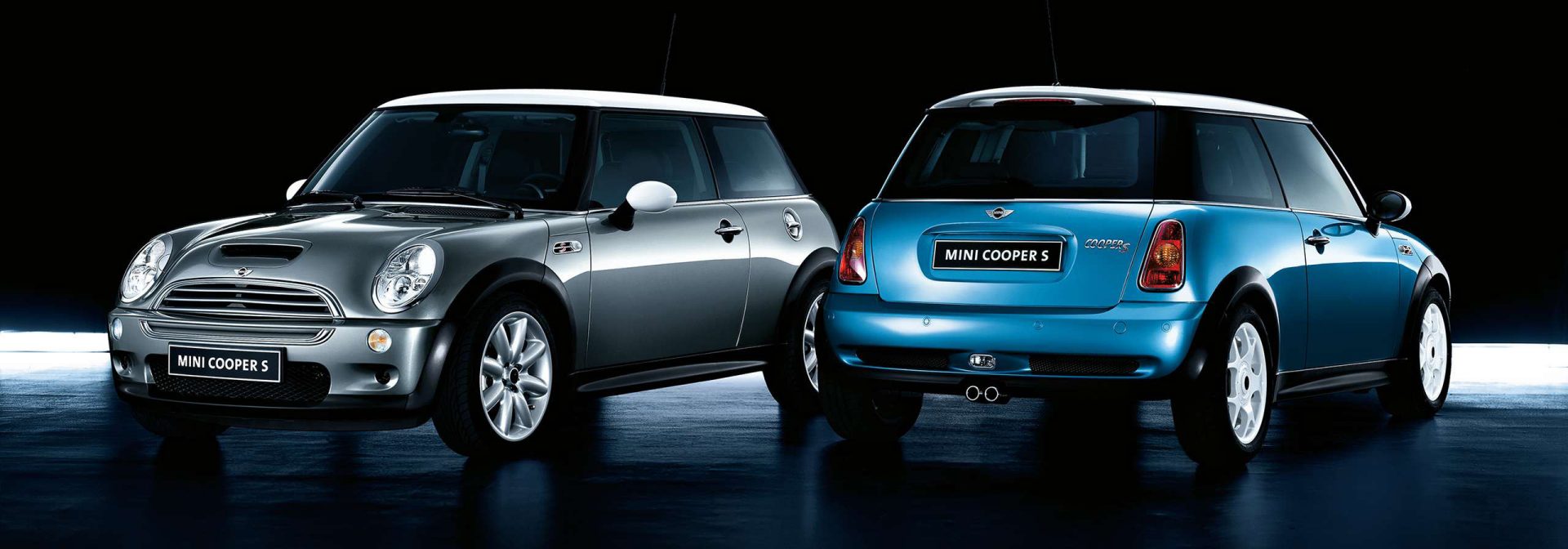
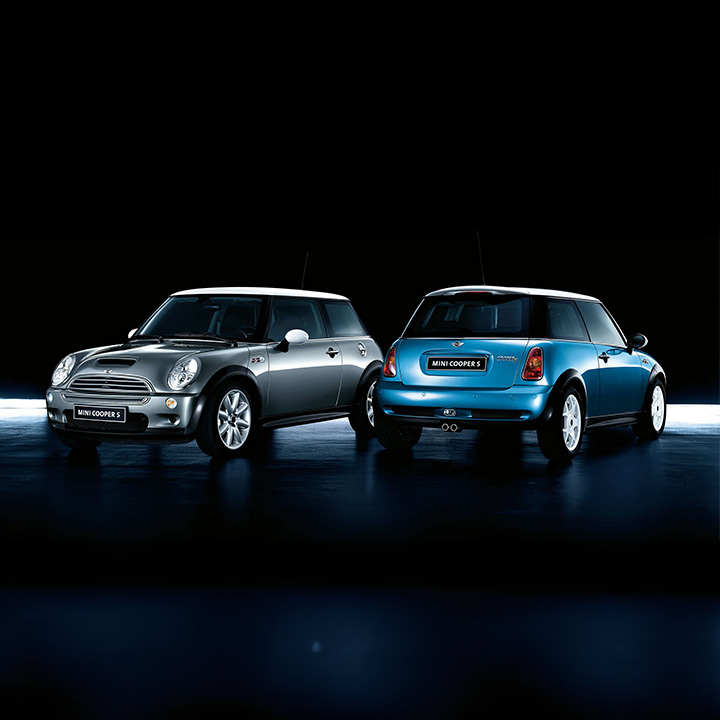
First unveiled as a concept car in 1997, the new MINI was launched by the BMW Group in 2001 – the first premium vehicle in the small-car segment. MINI’s advanced design combined with the athletic, cheeky character expressed the lifestyle of an entire generation. The MINI Hatch was the first in 2001 – with many more model variants to follow.
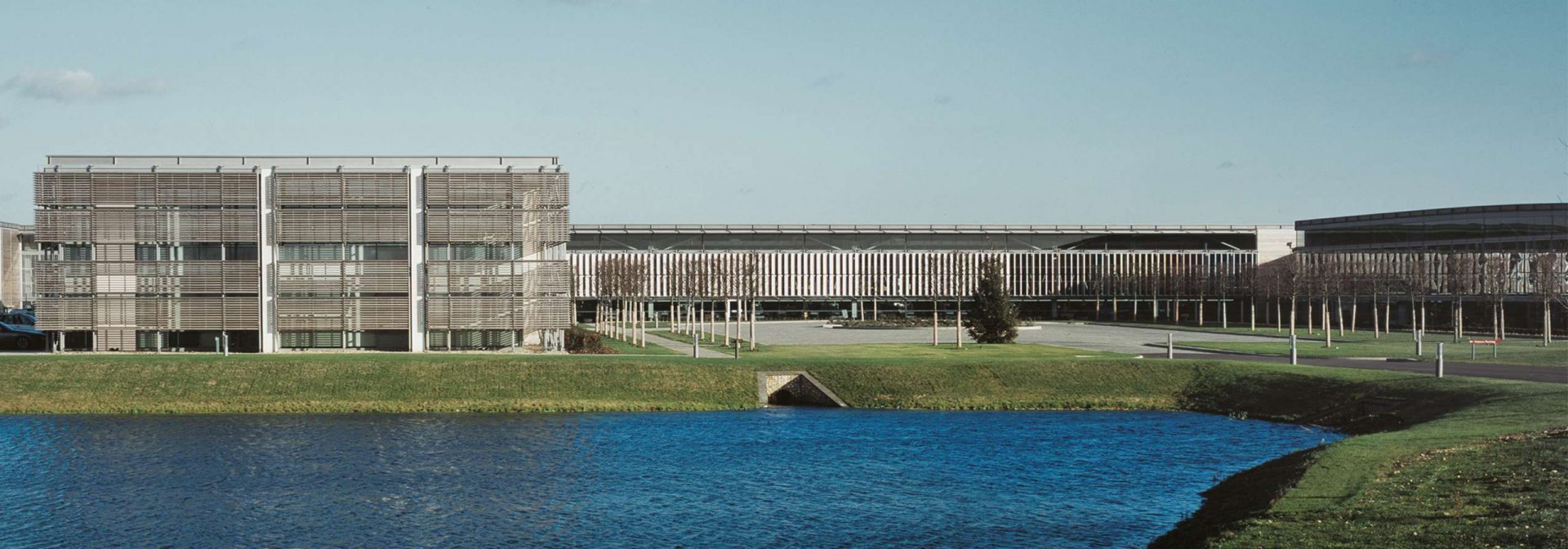
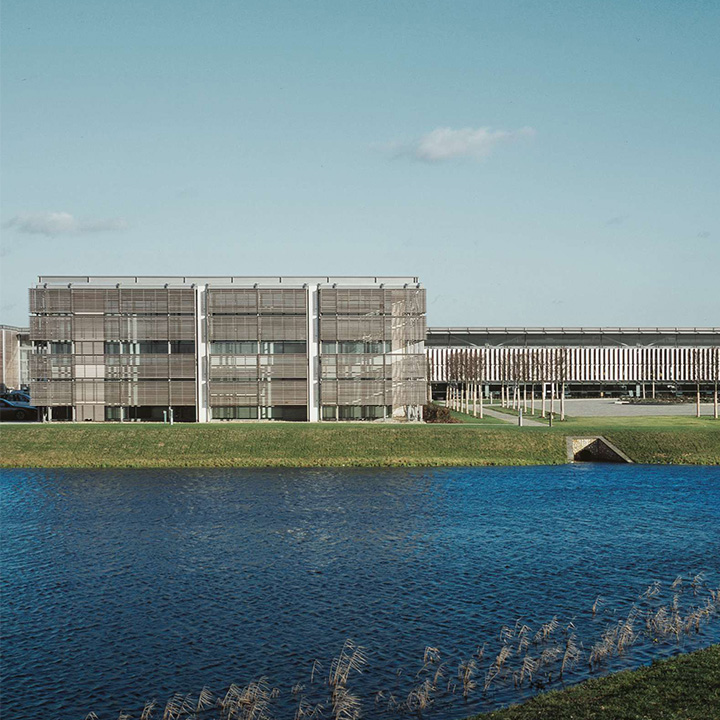
In the park of Goodwood House in West Sussex, located on the south coast of England, the BMW Group opened the new manufacturing site for the production of Rolls-Royce automobiles in 2003. The first model to leave the production halls is the new Rolls-Royce Phantom. Every car is individually made.
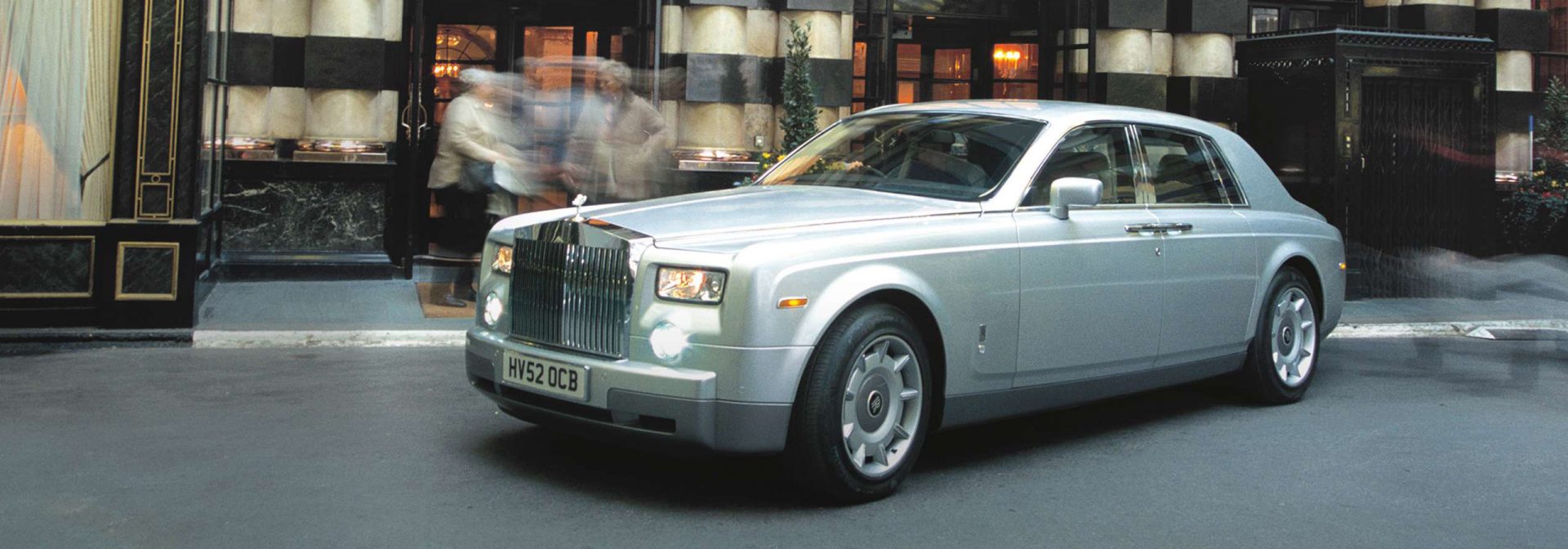
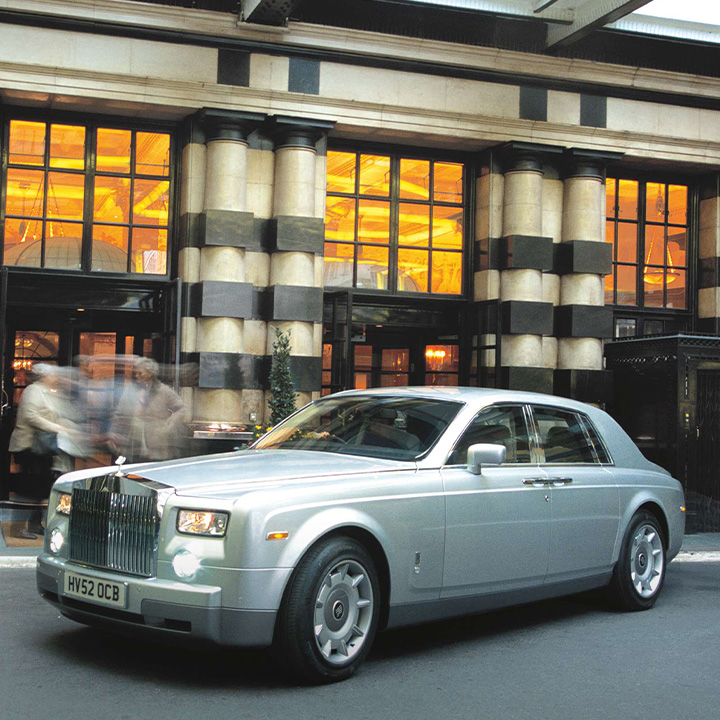
After an intense development phase, Rolls-Royce unveiled the new Phantom in 2003. It offers a contemporary twist on classic Rolls-Royce design features, such as the brand’s unique proportions, radiator grille, and rear-mounted doors (known as coach doors), and combines these with high-quality materials and state-of-the-art technology. The Phantom fully embodies the traditional values of Rolls-Royce and at the same time symbolises the successful re-launch of the brand. In September 2009, the new Rolls-Royce Ghost heralds the arrival of a second model family. The Ghost offers an authentic, though more informal, interpretation of traditional Rolls-Royce values. In 2013, the line-up was expanded to include the Wraith – the most powerful, most dynamic Rolls-Royce ever built.
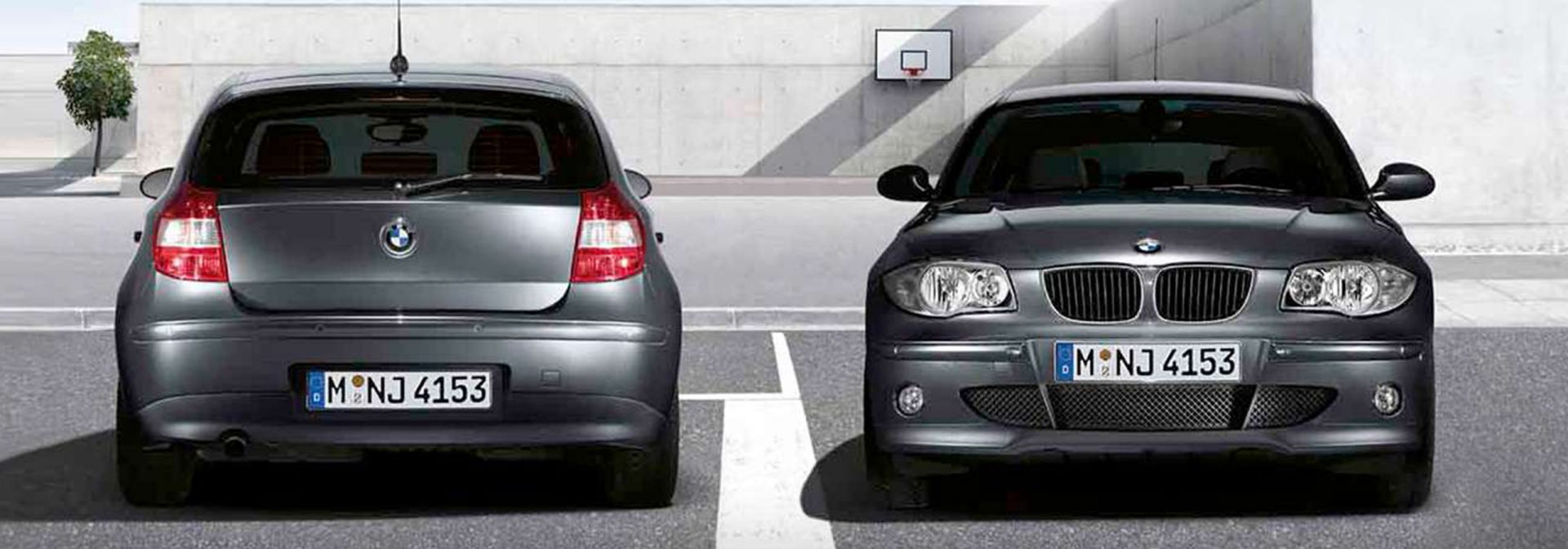
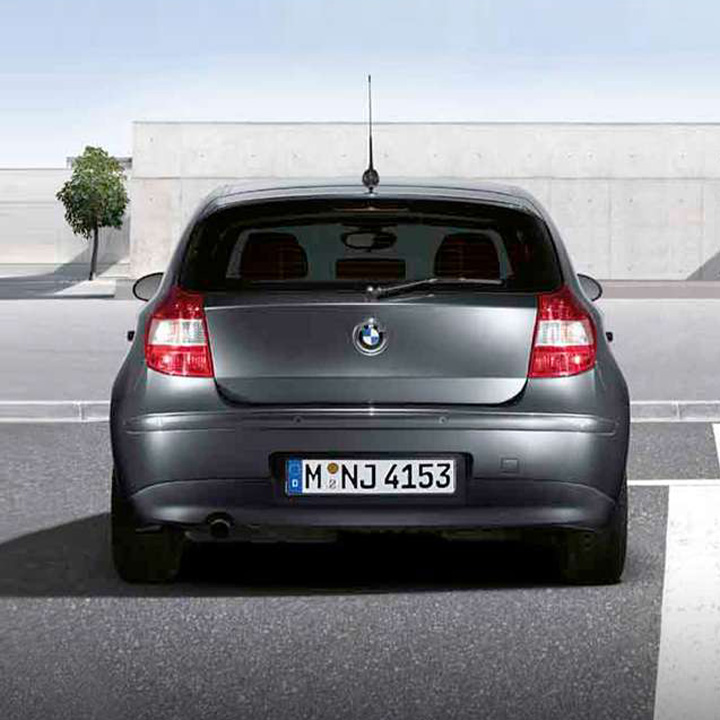
With the BMW 1 Series, BMW brought the hallmarks of the brand – exceptional driving dynamics and premium quality – to the compact segment for the first time.
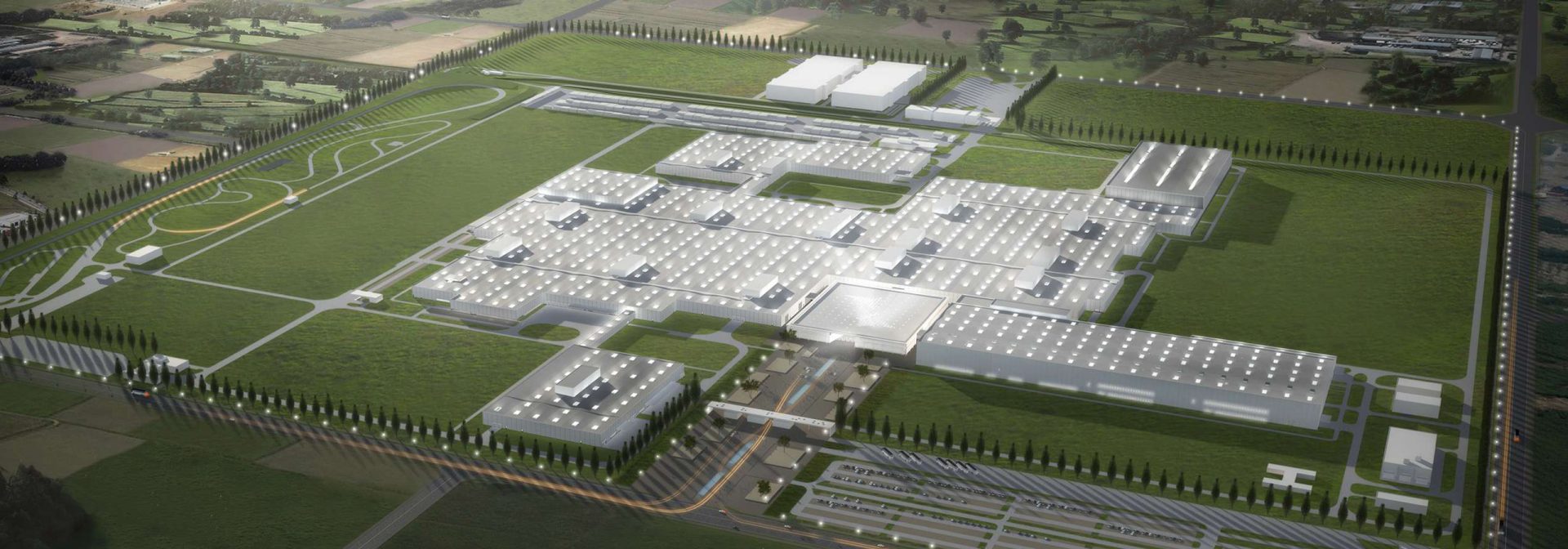
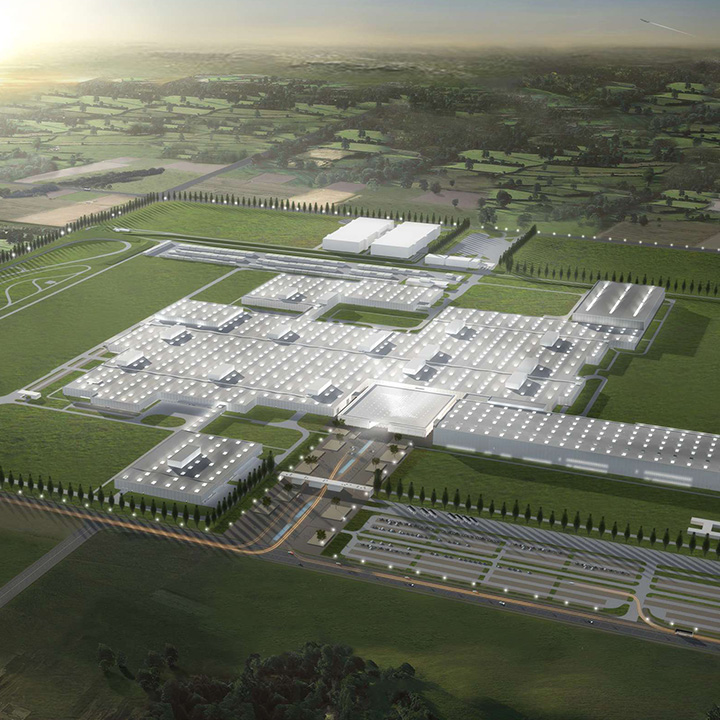
Back in 2003, BMW joined forces with a Chinese partner to form BMW Brilliance Automotive Ltd to handle production, sales and customer support for BMW vehicles in the People’s Republic of China. The Dadong plant in Shenyang opened in May the following year, producing cars exclusively for the local market. In 2012, a second plant, Plant Tiexi also opened in Shenyang.
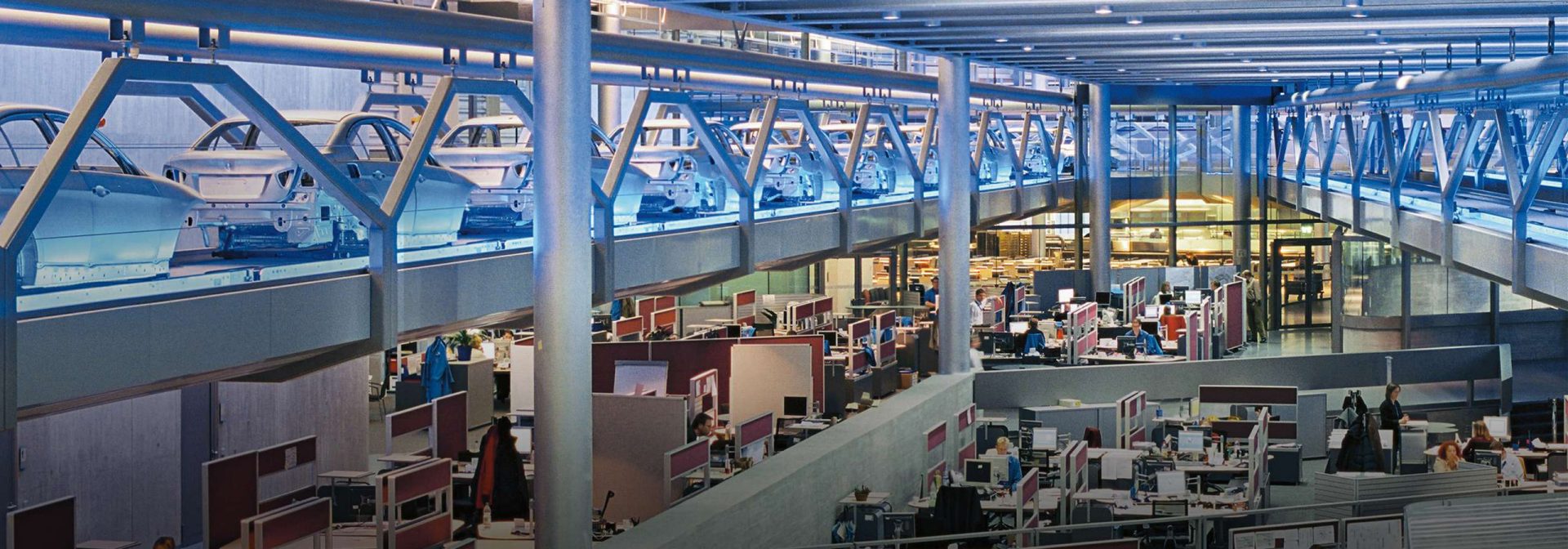
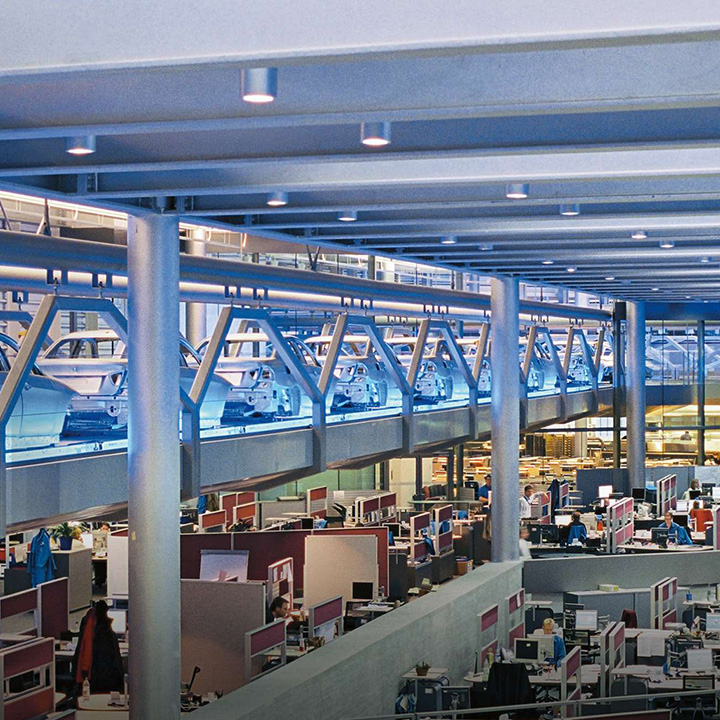
In May 2005, BMW Plant Leipzig celebrated its official opening. The plant was designed for daily production of 750 vehicles over the medium term, with 5,500 jobs when the plant is operating at full capacity. The architectural profile in Leipzig is defined by the central building designed by Zaha Hadid, which was awarded the German Architecture Prize in 2005. The BMW 1 Series, the BMW 2 Series Convertible and Coupé and the BMW 2 Series Active Tourer are all manufactured at BMW Plant Leipzig. Since 2013, it has also built the BMW i3, the BMW Group’s first series-produced electric car, and was joined by the BMW i8 in 2014.
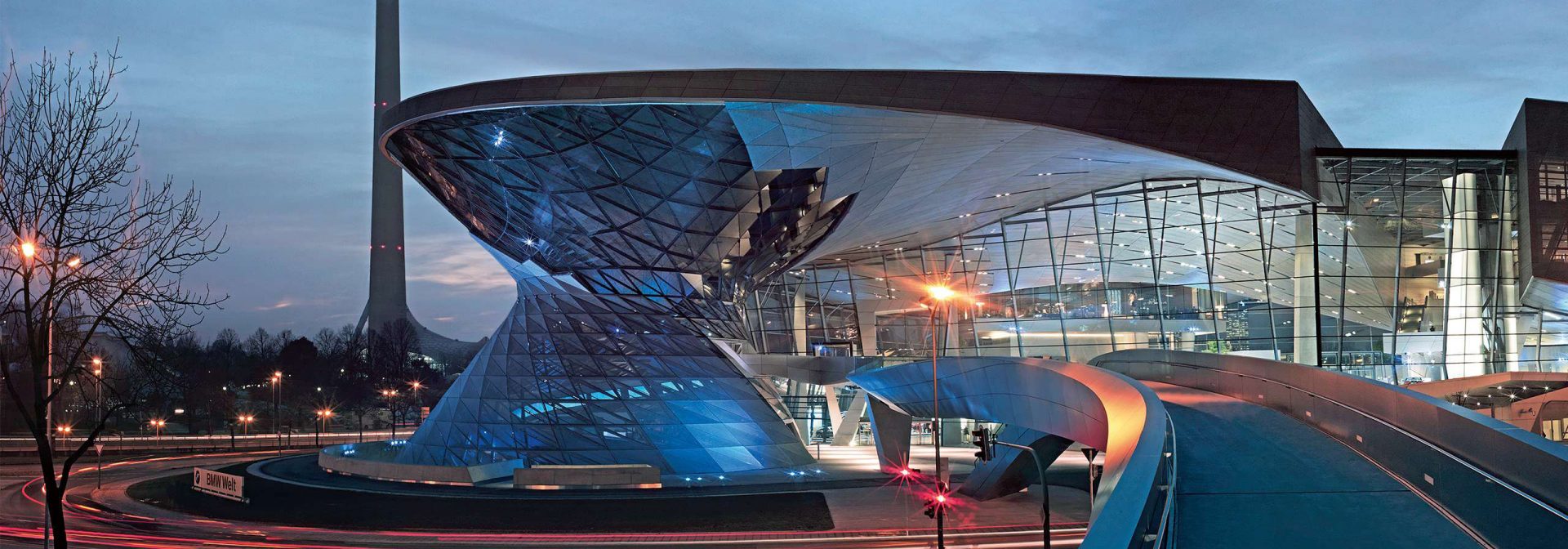
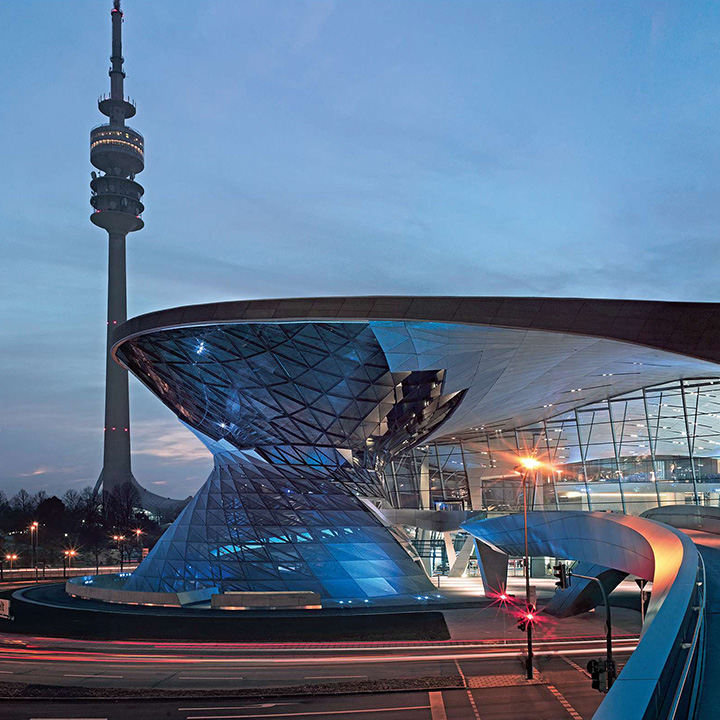
The BMW Welt opened on the site to the west of the BMW Tower in October 2007. This progressive building designed by Viennese architects Coop Himmelb(l)au forms the portal for the brand and serves as the delivery centre for BMW automobiles. Together, BMW Welt, the plant tour and the BMW Museum offer a complete experience, presenting the history, reality and vision of the BMW brand.
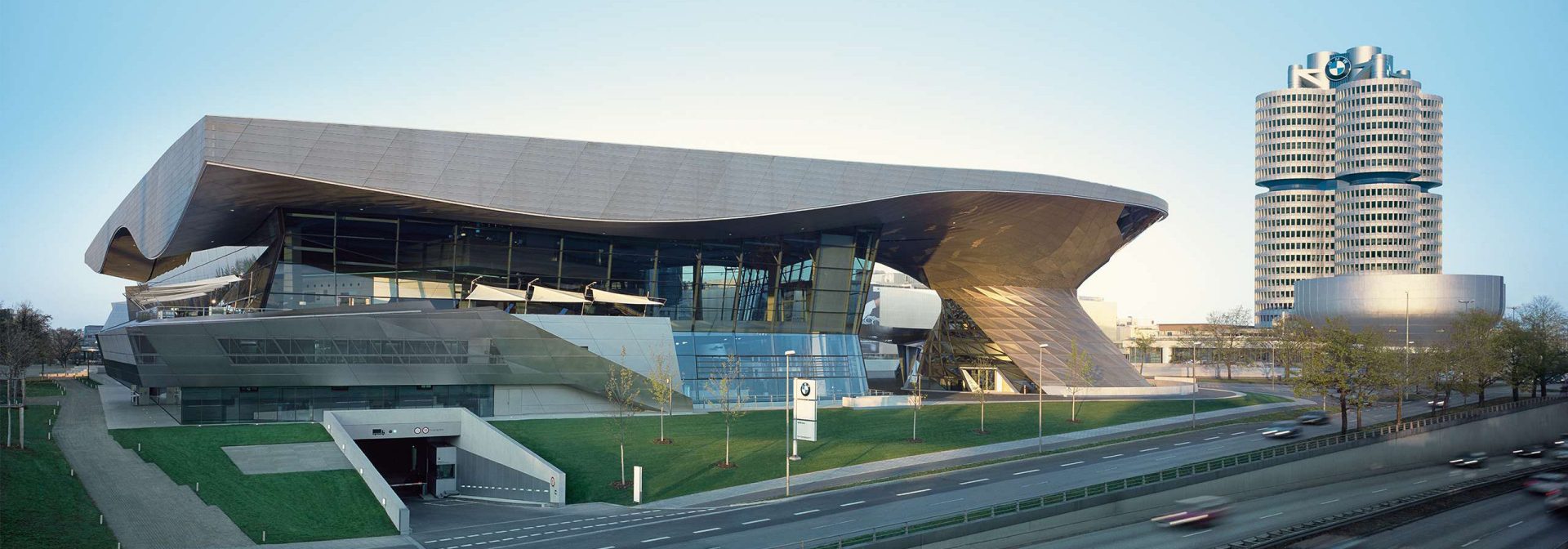
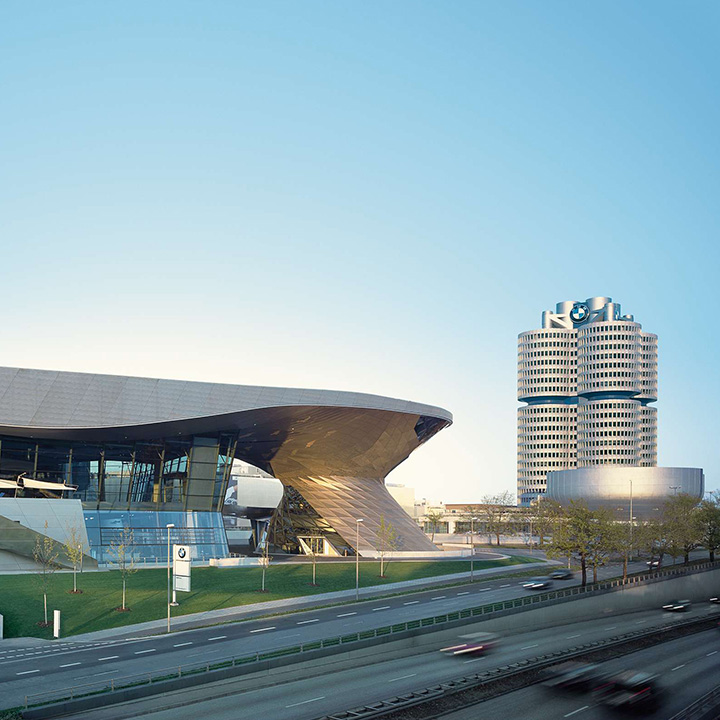
In autumn 2007, BMW Group adopted the Strategy Number ONE with its four pillars: “Growth”, “Shaping the future”, “Profitability” and “Access to technology and customers”. It aligns the BMW Group with two targets: to be profitable and to enhance long-term value in times of change. The mission statement up to the year 2020 is clearly defined: to become the world’s leading provider of premium products and premium services for individual mobility.
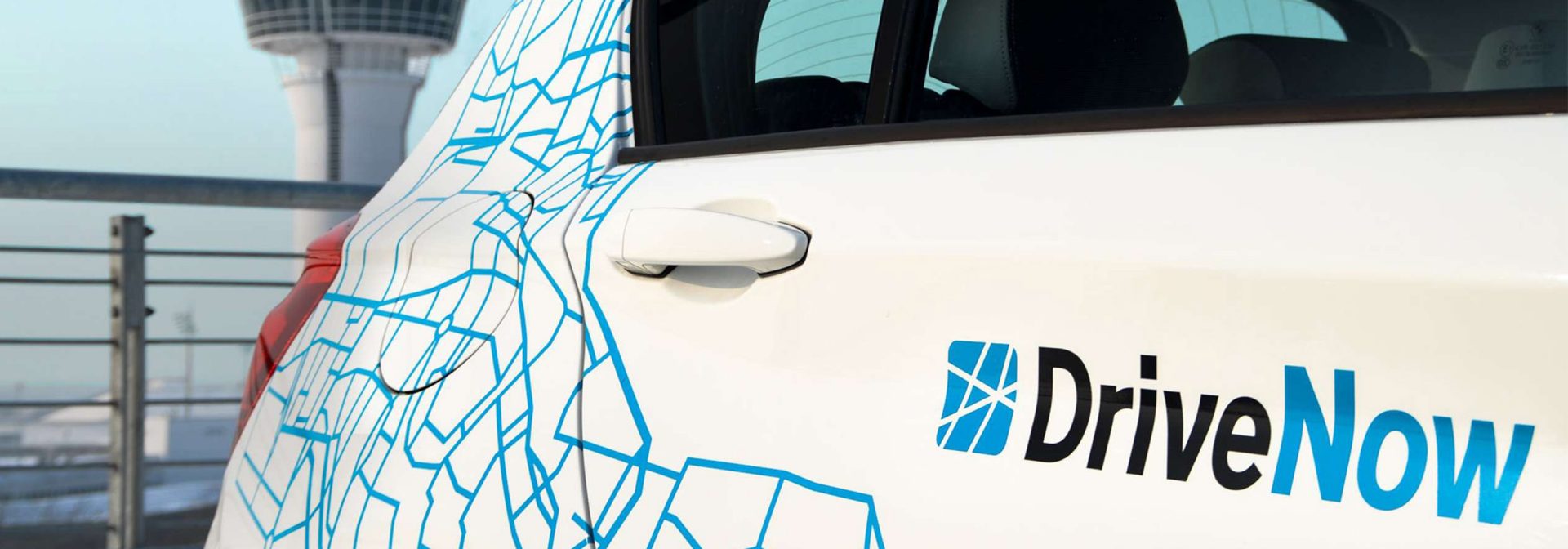
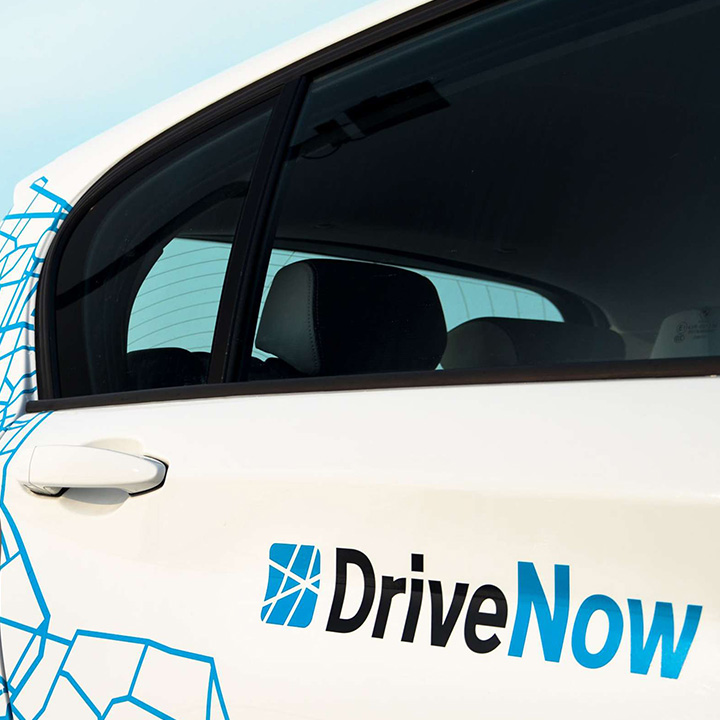
BMW teamed up with Sixt AG to launch DriveNow as a modern mobility concept. Introduced initially in Munich, this innovative car-sharing scheme was soon extended to other cities, including Berlin, Hamburg and San Francisco. DriveNow is offered under the new sub-brand BMW i.
2013 – Launch of the BMW i3.
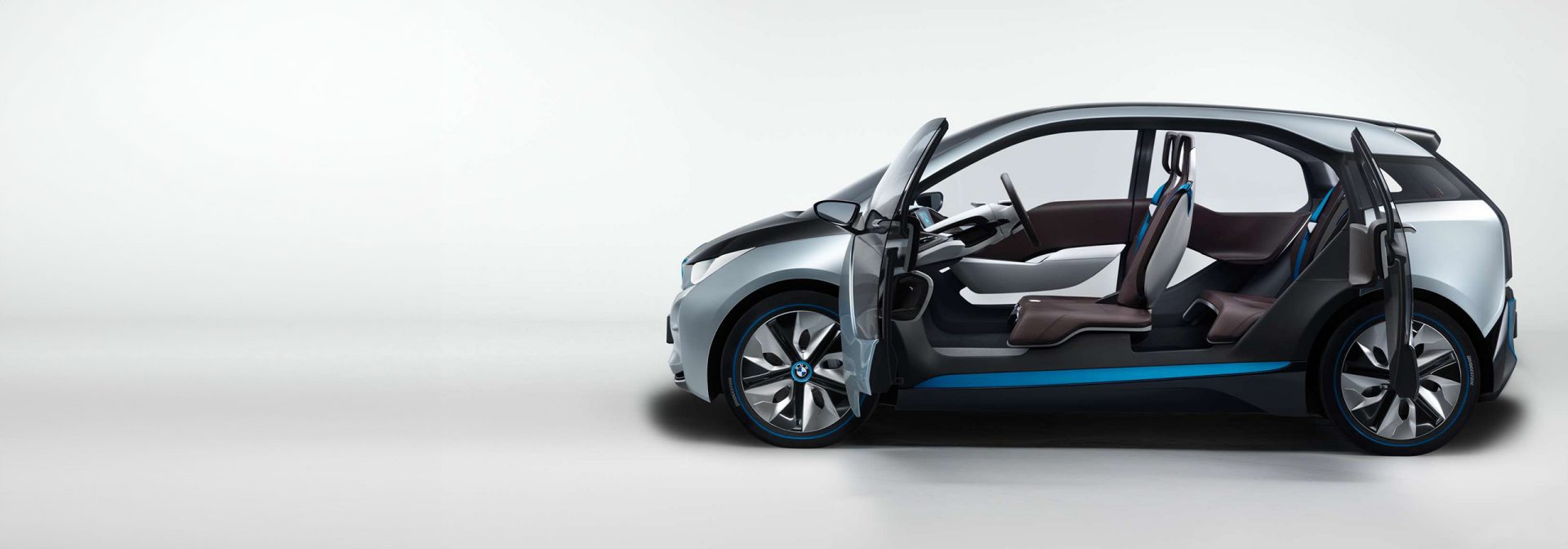
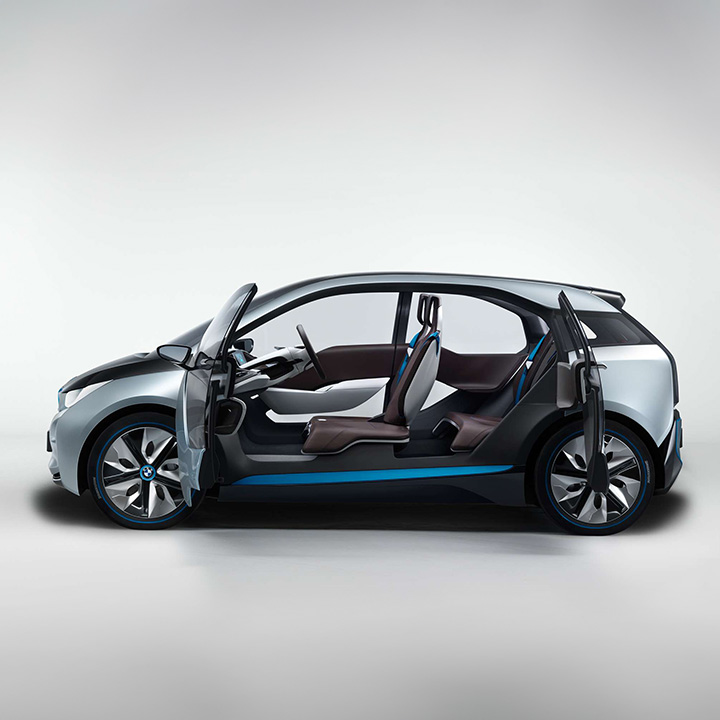
The BMW Group embarked on a new era of electric mobility. With the BMW i3, the new BMW i brand presented the first all-electric series-production model from the BMW Group. Propelled by an electric motor – and thus entirely emission-free – this vehicle delivers a completely new driving experience that is compelling for its agility and sheer fun. Sustainability has never been so electrifying.
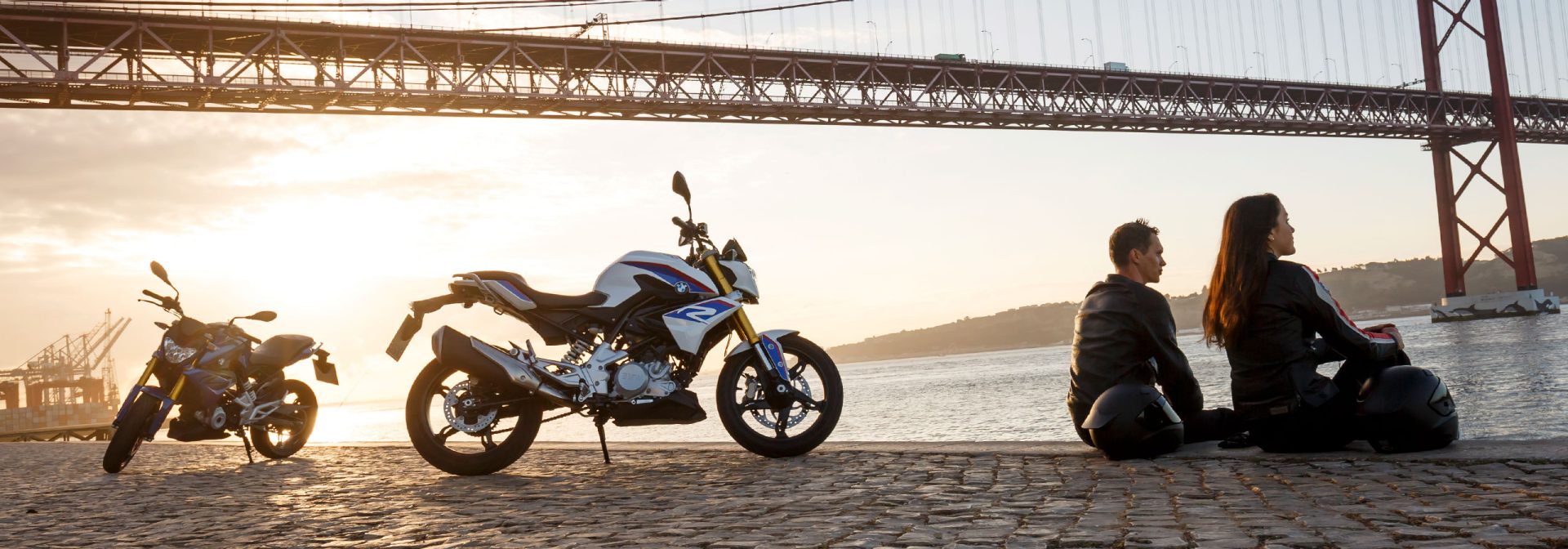
BMW Motorrad teamed up with the TVS Motor Company based in Chennai, India for its entry into the price-sensitive and highly competitive sub-500 cc segment. The BMW G 310 R encapsulates all the virtues traditionally embodied by the brand, such as dynamism and comfort, excellent ergonomics and handling ease. The single-cylinder engine with 313 cc capacity produces 34 hp and was newly developed at the time of launch. The bike’s design unmistakably references that of its larger sister model, the BMW S 1000 R, and it meets all the internationally applicable technical standards. It was aimed at markets around the world from the outset, particularly those in Asia and South America.
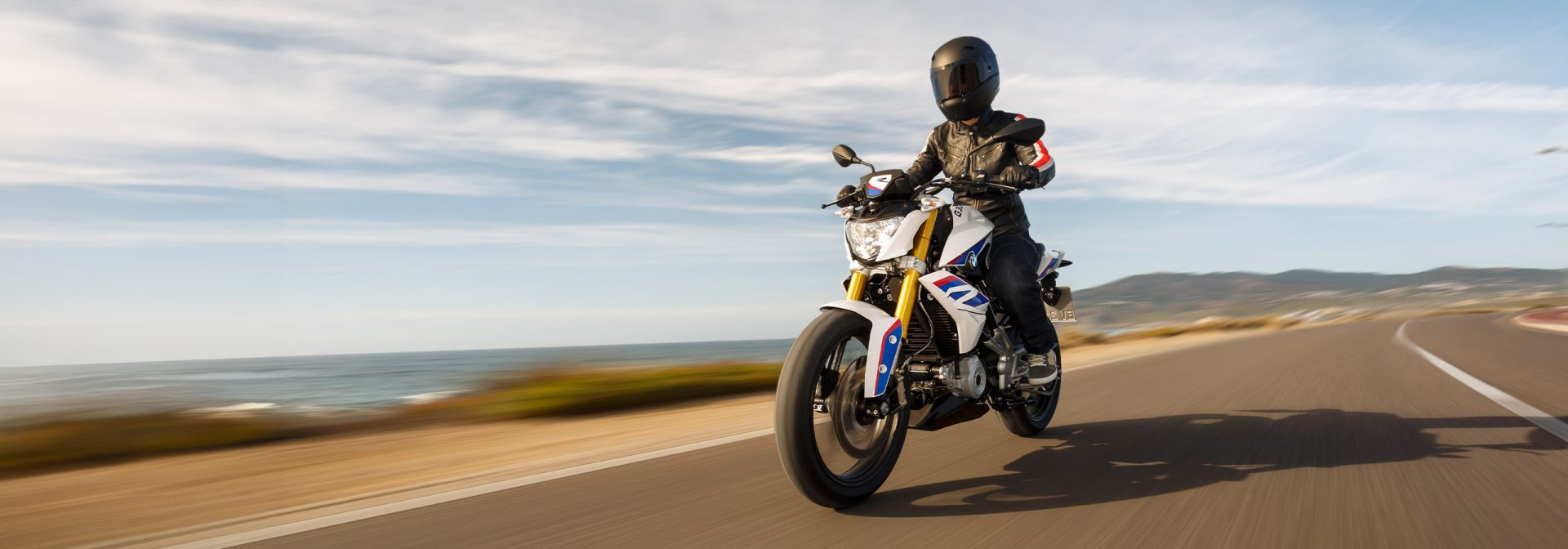
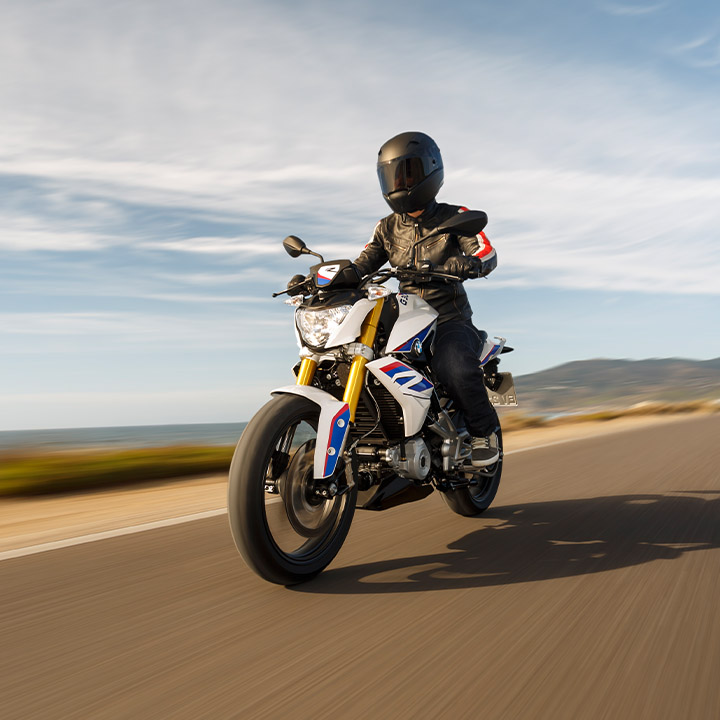
The release of the BMW G 310 R brings with it a new cubic capacity segment for BMW Motorrad: The BMW Roadster under 500 ccm is characterised by its single-cylinder four-stroke engine, its light weight, and its powerful dynamic – it thus represents the essence of a BMW Roadster. At its core, the BMW G 310 R is newly designed and explicitly geared towards the world market: It tolerates different fuel qualities and fulfils all emission standards. Thanks to its extraordinarily low fuel consumption and its comfortably relaxed seat position drivers can enjoy longer rides throughout their trips.
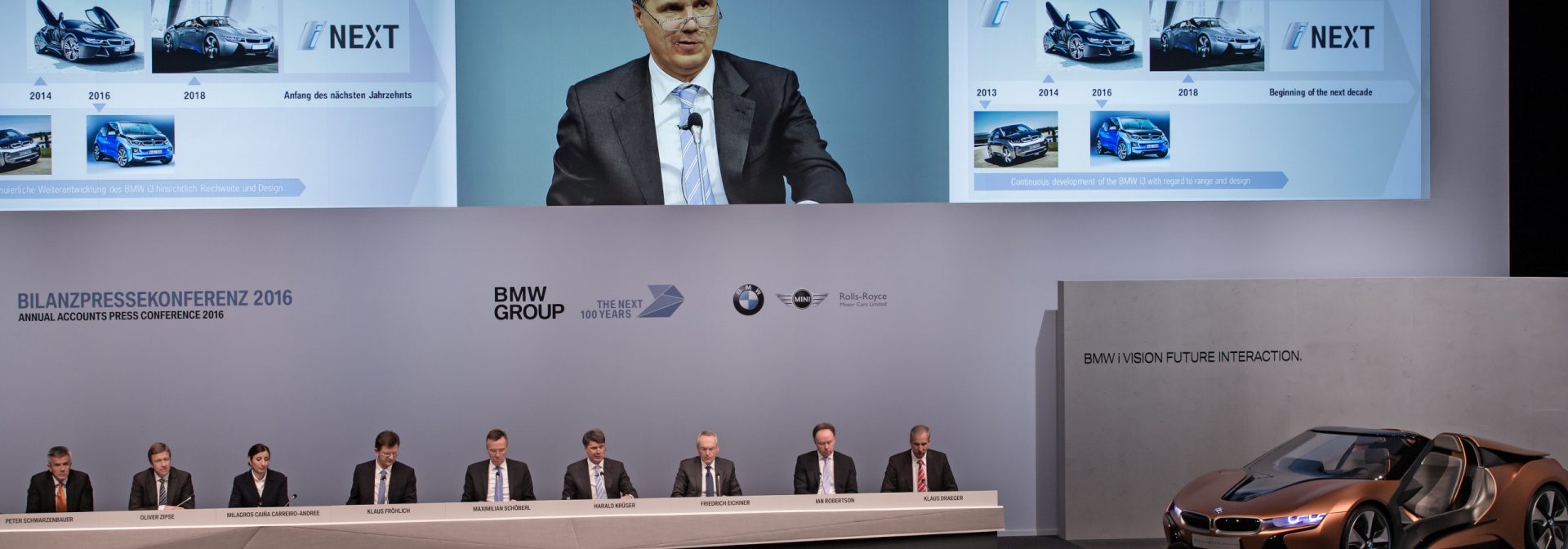
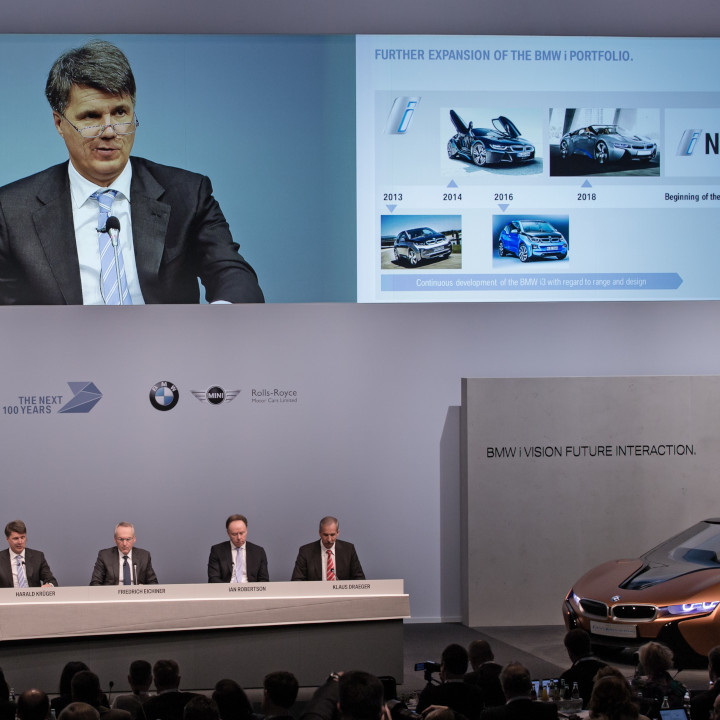
The BMW Group is a driving force of change in the automotive industry with its individual premium mobility. Strategy NUMBER ONE > NEXT sets clear guidelines for the company: It focuses on people and their environment. With this goal in sight, in the following years, the BMW Group is set to concentrate on the expansion of its technological competence, the digital connection of people, vehicles and services, as well as on the strengthening of sustainable mobility.
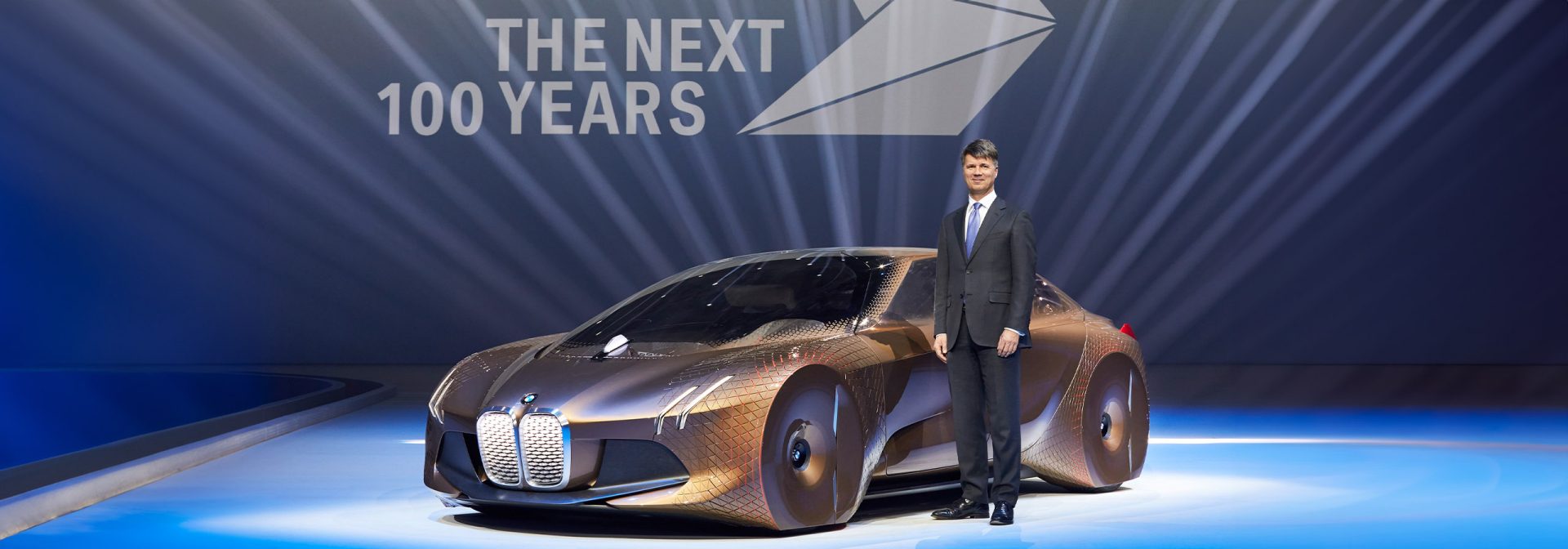
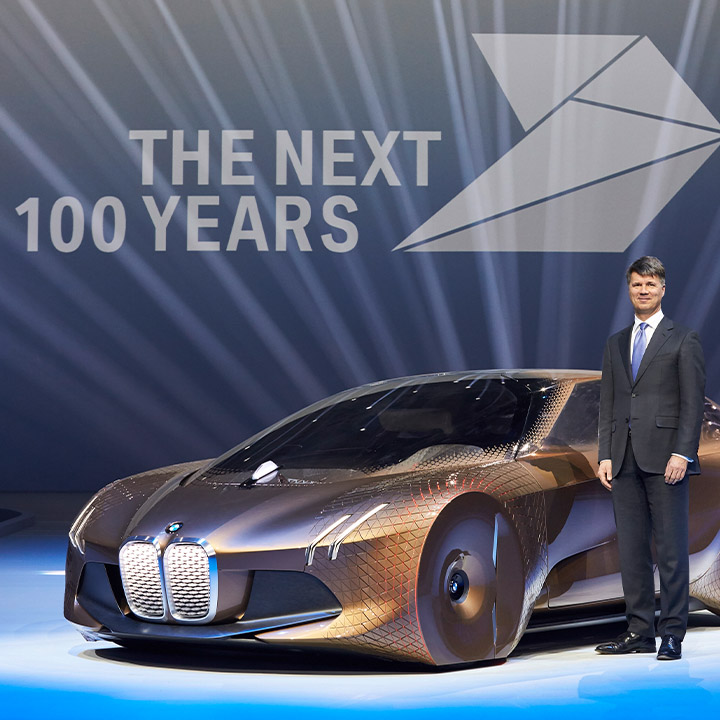
Following the motto THE NEXT 100 YEARS, the BMW Group celebrates its 100th birthday. In doing so, it not only looks back on its successful history, but above all, it looks ahead: The BMW Group takes on the task of shaping the future. Its interpretation of the next 100 years is represented by the concept cars BMW VISION NEXT 100, MINI VISION NEXT 100, Rolls-Royce VISION NEXT 100, and the motorcycle BMW Motorrad VISION NEXT 100.
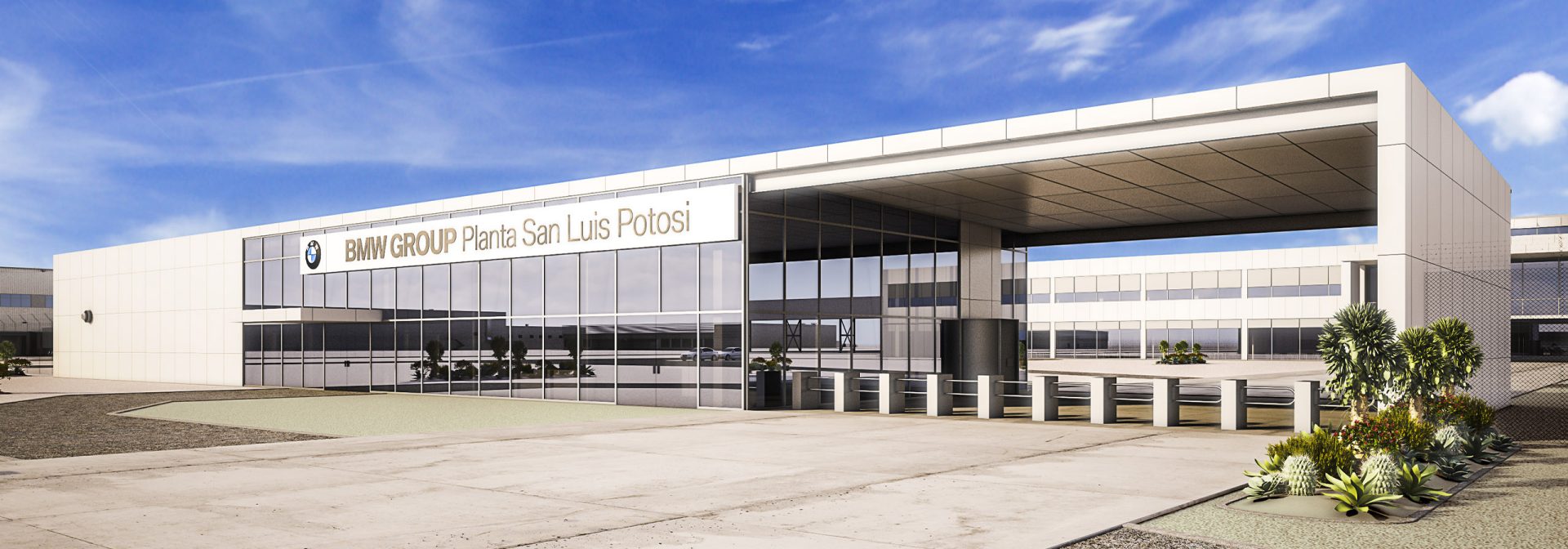
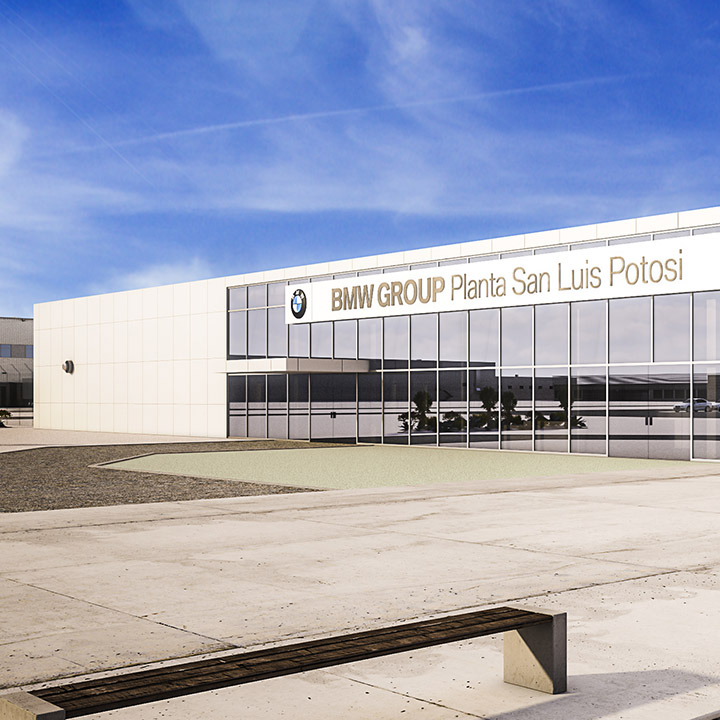
The new BMW 3 Series Sedan marks the beginning of the production of BMW’s most successful model series in San Luis Potosí. The BMW 2 Series Coupé and the BMW M2 roll off the production line at the same plant. The BMW Group is investing around one billion US Dollars into the production site and is thus creating 2,500 new jobs.
In 2020, BMW introduces the new BMW iX3 – the first all-electric model of the X series and an electric vehicle that surpasses all other electric vehicles in its sustainability across the value chain. By means of the newly developed BMW eDrive electric engine, the BMW iX3 is 30 % more powerful than other BMW electric vehicles thus far. The locally emission-free driving experience is completed by the comfortable premium interior and new digital services.
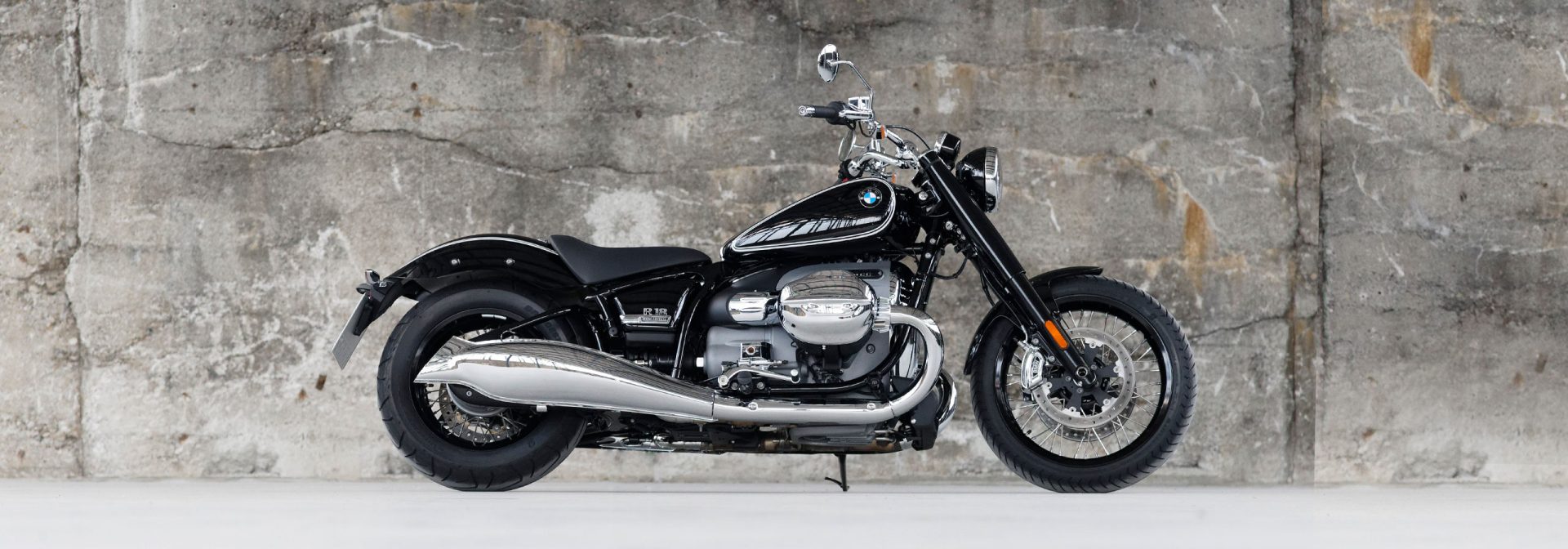
Unlike any other motorcycle, the R 18 is continuing the tradition of historical BMW motorcycles when it comes to technical features and design elements. Inspired by its famous predecessors, like the BMW R 5, it moves purist technology and the boxer engine into the centre of attention. The result: pure riding pleasure and a fascinating overall concept.
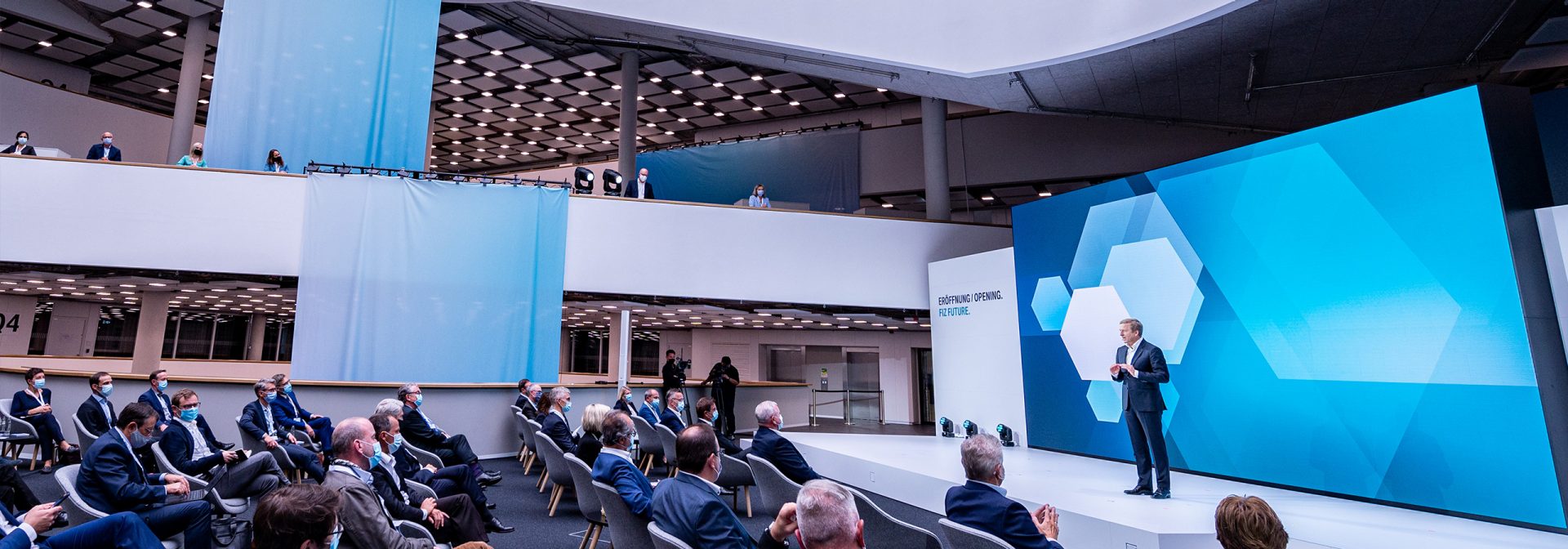
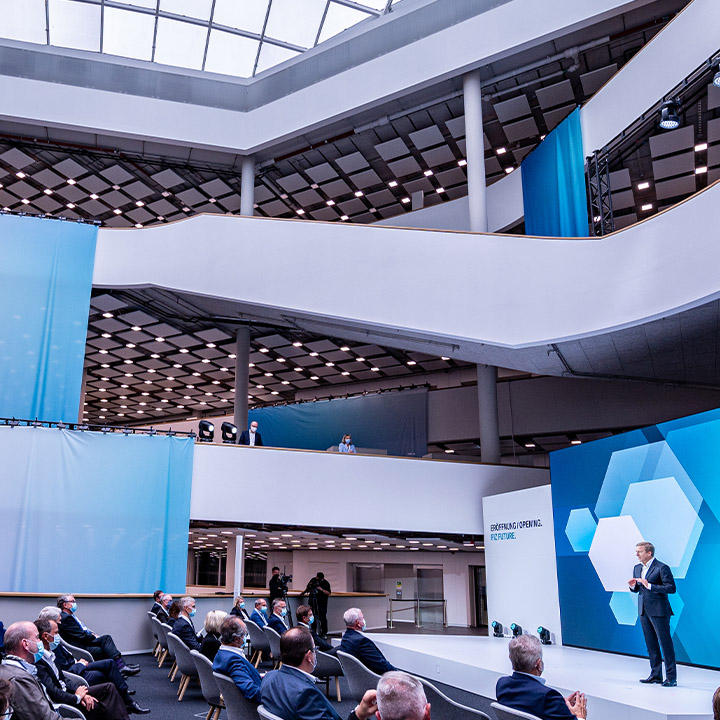
For the BMW Group, Germany is a highly relevant development site. FIZ, The Forschungs- und Innovationszentrum (Research and Development Centre) in Munich, which has been expanded continuously, is one of the biggest locations for R&D in Europe. Across 150,000 square meters, specialists develop hard- and software for the BMW Group’s future vehicle generations.
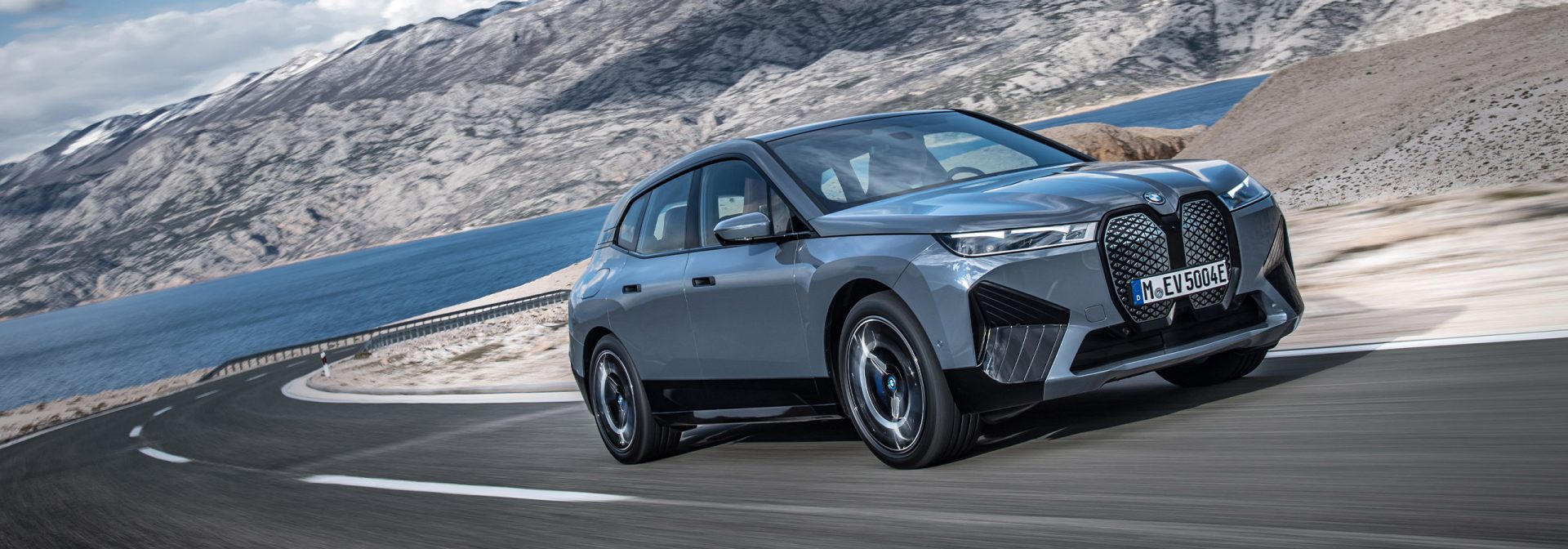
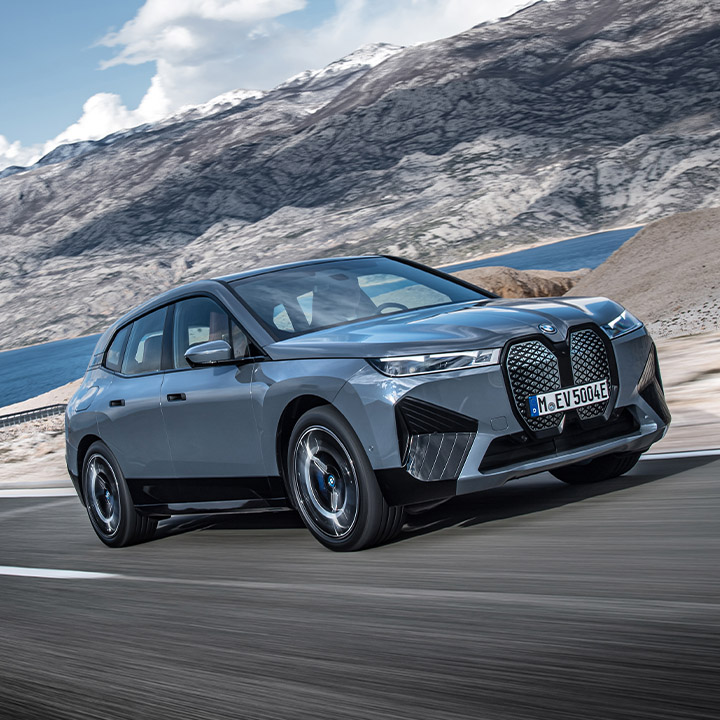
The BMW Group sets ambitious goals – by 2030, all-electric vehicles are planned to make up 50 % of all sales. The BMW iX marks the next step towards this transformation: The new technology flagship of the BMW Group combines locally emission-free driving pleasure with convincing range. It thus offers great potential for innovation in the field of autonomous driving, operation, connectivity, and digital services.
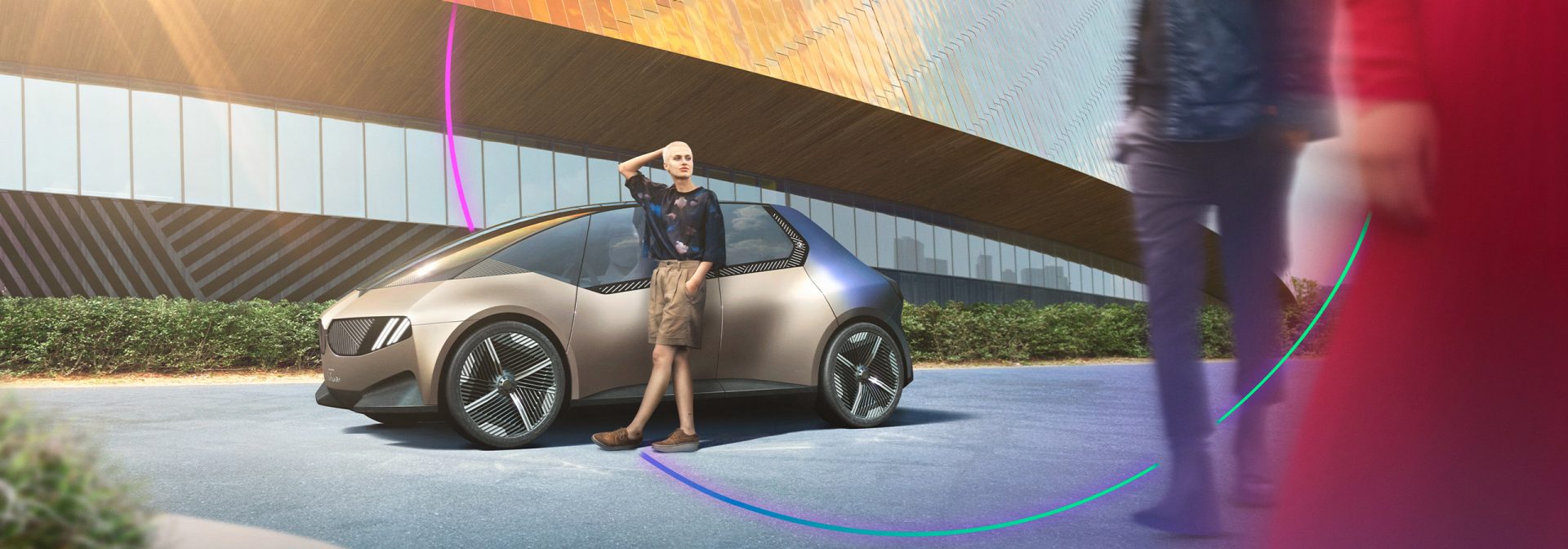
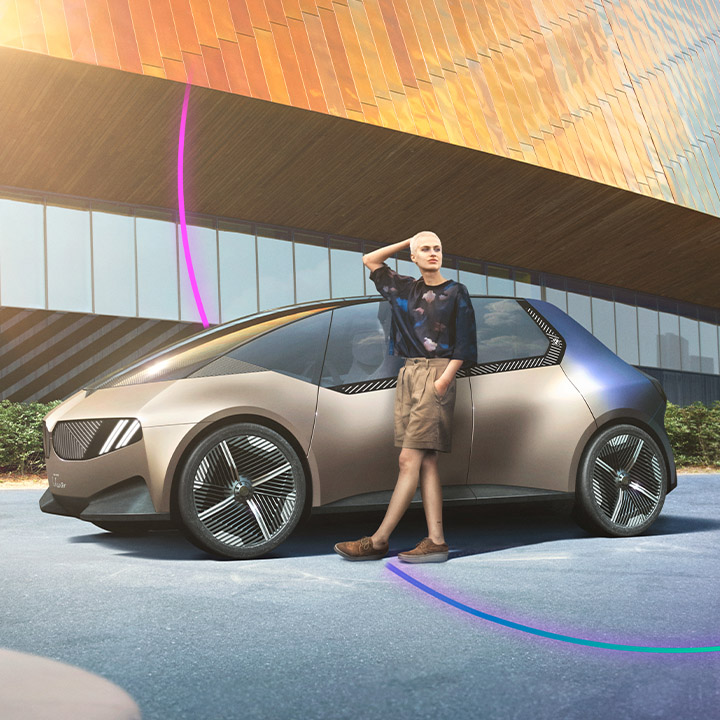
Circularity is an important pillar within the BMW Group. In line with this, the compact BMW i Vision Circular is optimised for closed material cycles – it reaches a quota of 100 % recycled material and 100 % recyclability respectively. Thus, the all-electric four-seater stands for the BMW Group’s ambitious project of becoming the most sustainable manufacturer of individual premium mobility.
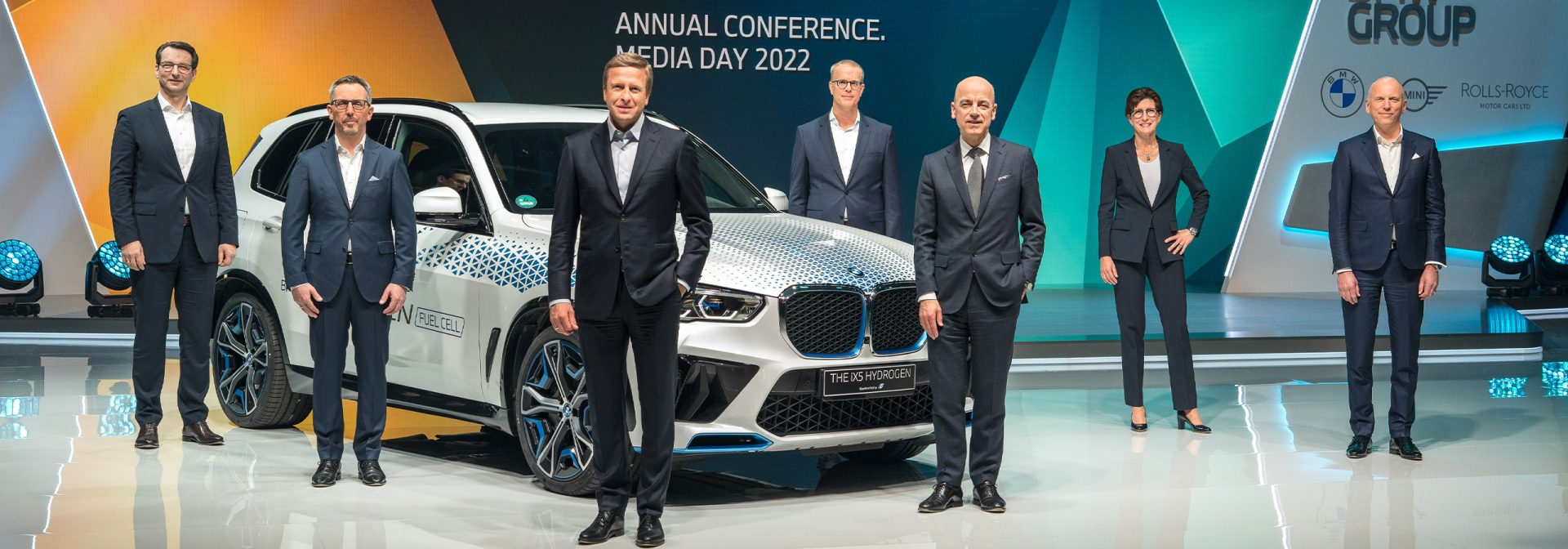
In 2022, the BMW Group announced the start of production of the Neue Klasse in 2025. The Neue Klasse is not only a model series, but also innovative, visionary, and forward-looking. Thus, the company is preparing for an all-encompassing leap in technology. Amongst other innovations, the Neue Klasse will adopt a completely new all-electric drive with lower mileage and higher range. The self-developed new generation of battery cells and further innovations are additionally speeding up the ramp-up of electromobility.
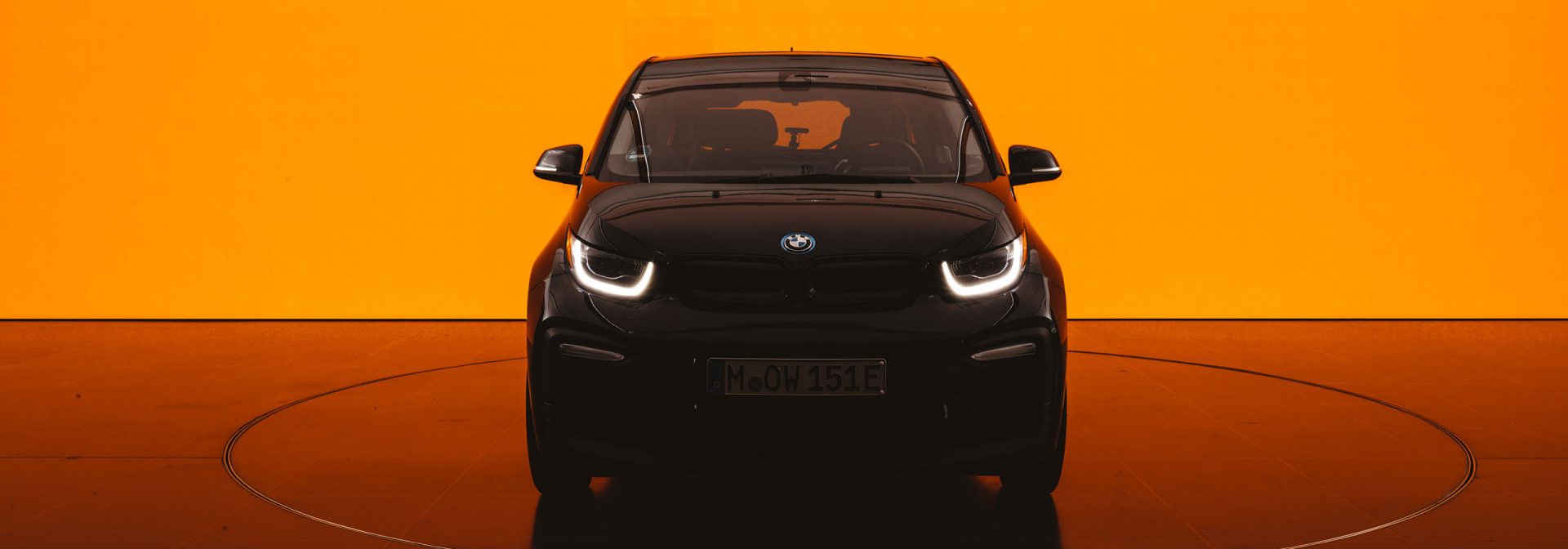
Ever since the BMW i3 was launched in 2013, the array of electrified vehicles offered by the BMW Group has been steadily expanding. In 2022, customers could choose from a selection of eleven fully electric variants across eight model ranges, creating the broadest such product portfolio in the premium segment. What makes electrification at the BMW Group special is that the electric drive systems are developed and produced in-house. Indeed, the electric motors and high-voltage batteries offer myriad ways for the brand to put its unique stamp on a vehicle – as BMW combustion engines have done traditionally. BMW electric drive systems stand out from the crowd through the absence of rare-earth metals used in their manufacture, their high level of efficiency and the trailblazing advances made in reducing CO2 and increasing sustainability in the supply chain.

